Europa with Balls: The Abduction of Elisabeth Catharina Schut
With Koen Fillet and Leen Kelchtermans, Researcher of The Phoebus Foundation.
Discover the story of The Abduction of Europa by Cornelis Schut, where the artist’s brushstrokes unknowingly predicted a surprising twist!
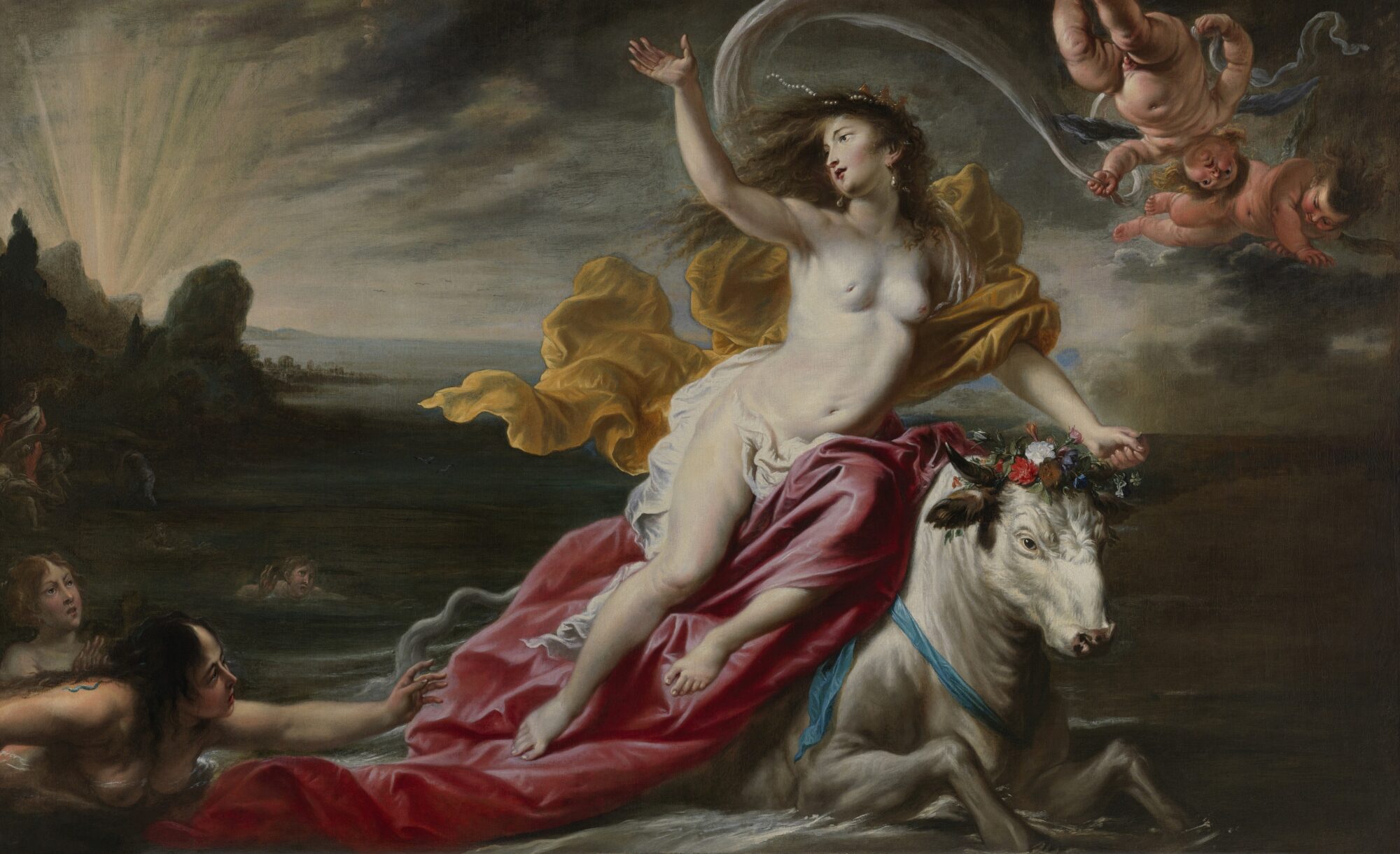
Want to know more? Read the accompanying Phoebus Finding!
Jan Davidsz. De Heem – Vase of Flowers with Vanitas Symbols
With Koen Fillet and Sven Van Dorst, head of restoration at The Phoebus Foundation studio.
Hoe trager je kijkt, hoe meer je ziet. De fragiele weerspiegeling van een vensterraam in het glas van de vaas. De kristallijnen waterdruppels op de tafel. De zachte gloed van de smeulende lont. De kruisspin tussen de blaadjes van de mandarijn. Jan Davidsz. De Heem schildert geen gewoon boeket. Hij brengt ons het universum in een bloemenvaas.
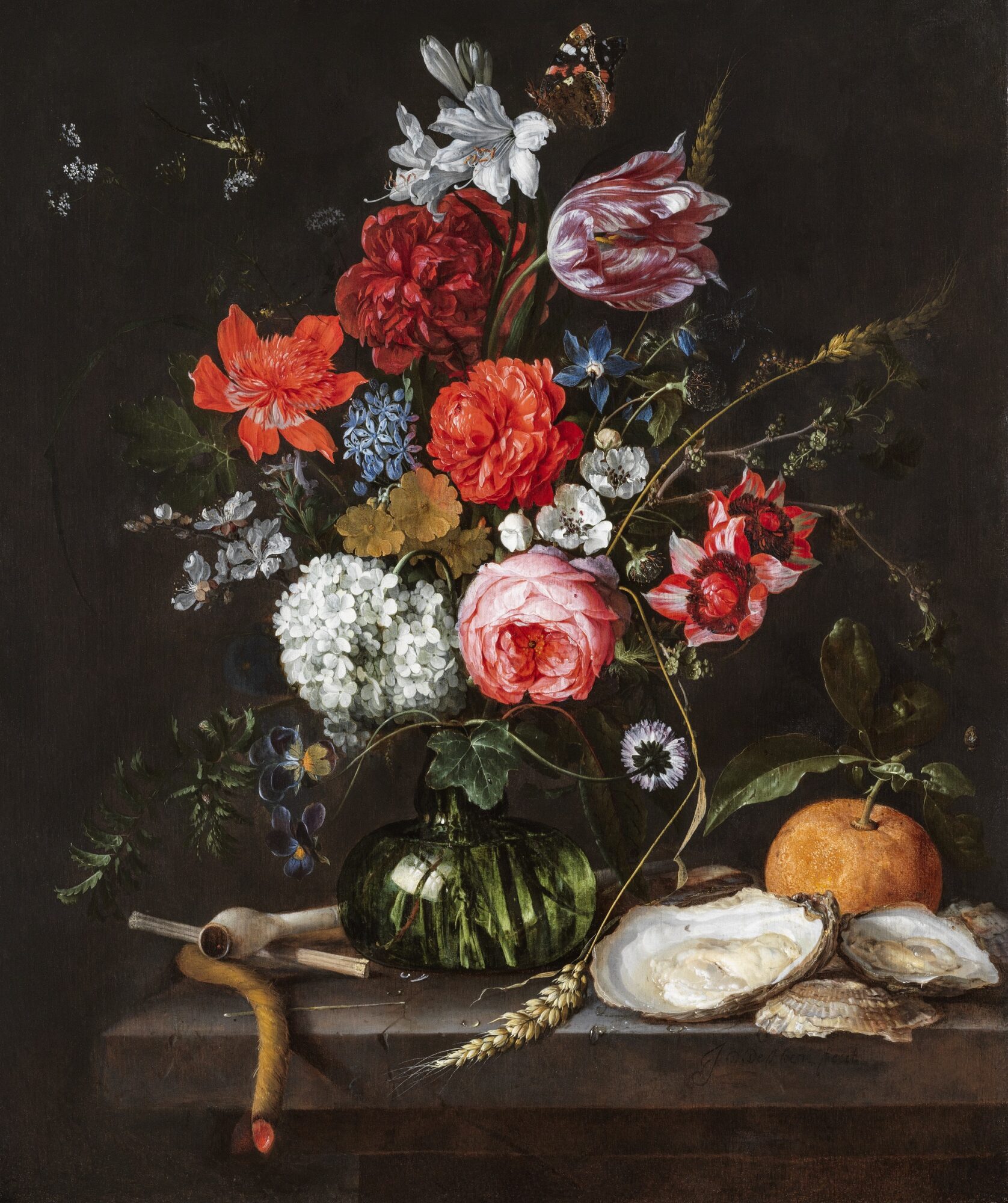
Want to know more? Discover the accompanying publication!
Roberto Matta – Amorphous Figures
With Koen Fillet and Naomi Meulemans, project assistant and restorer of modern and contemporary art at The Phoebus Foundation.
Who is the Chilean artist Roberto Matta, and how has he evolved in the art world? Naomi Meulemans, restorer and project assistant at The Phoebus Foundation reveals the fascinating evolution of this influential figure of surrealism by taking you behind the layers of paint of his enchanting artworks!
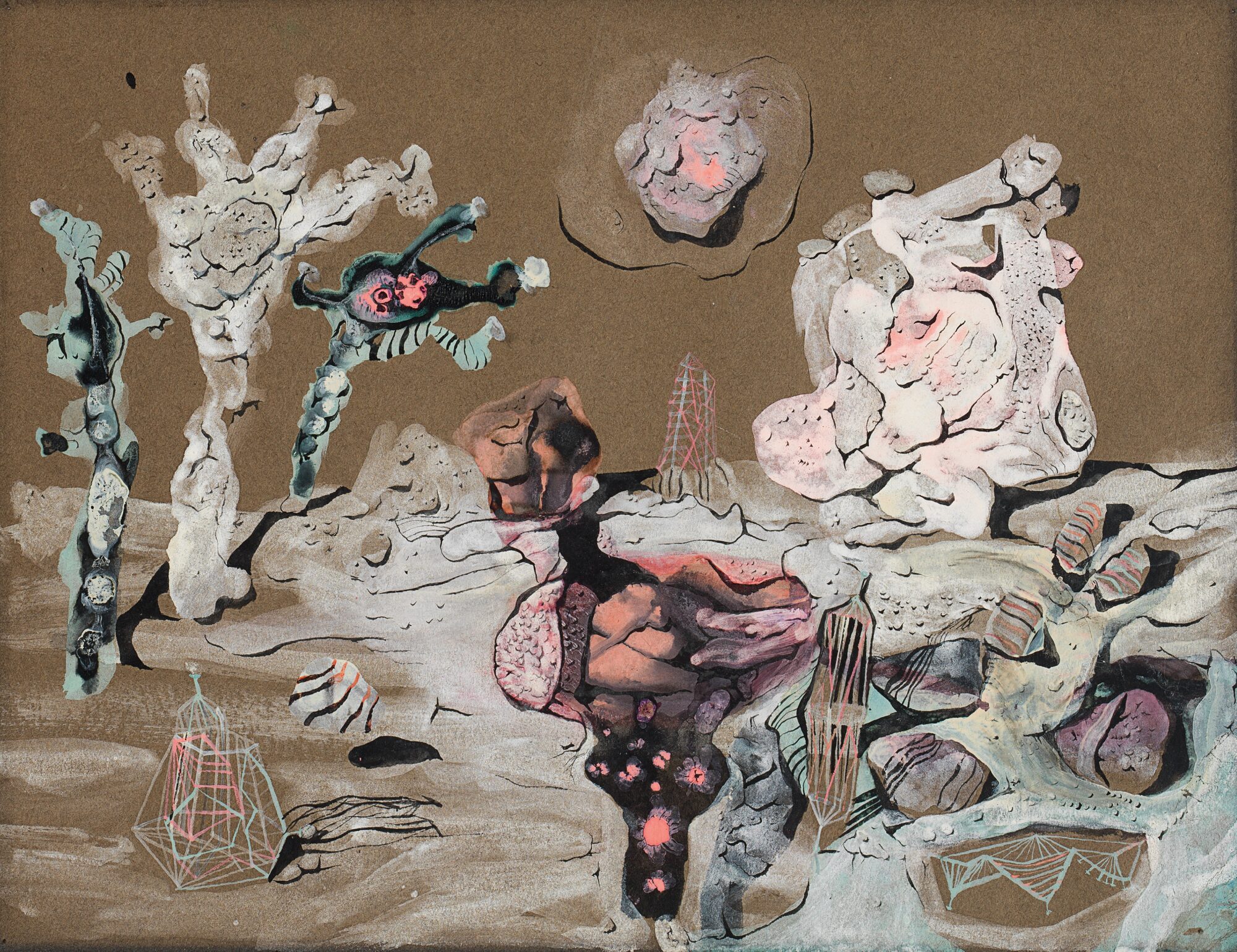
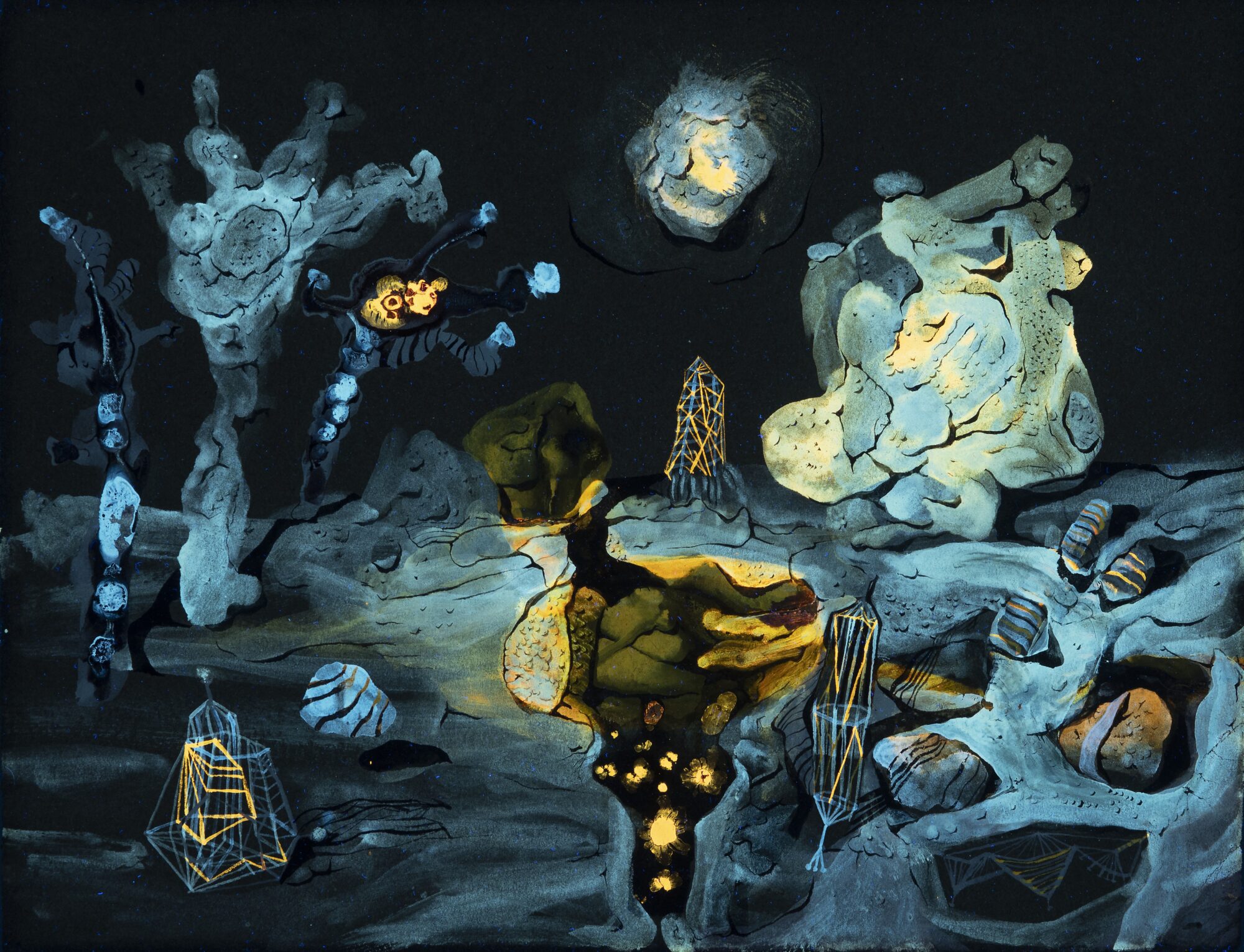
Want to know more? Order the Phoebus Focus publication!
Head-Baker
With Koen Fillet and art historian Dr Wendy Wauters.
The Phoebus Foundation’s collection includes an unusual painting which has an equally unusual title: Head-Baker. A baker’s servant, frozen in motion, with his cleaver raised high in the air, is poised to decapitate the man sitting in front of him with a well-aimed swing. The mysterious title combined with the strange scene raises many questions. Was there really a baker running around decapitating his customers? Is the man administering a humiliating punishment, carrying out an early form of plastic surgery, or is something else going on?
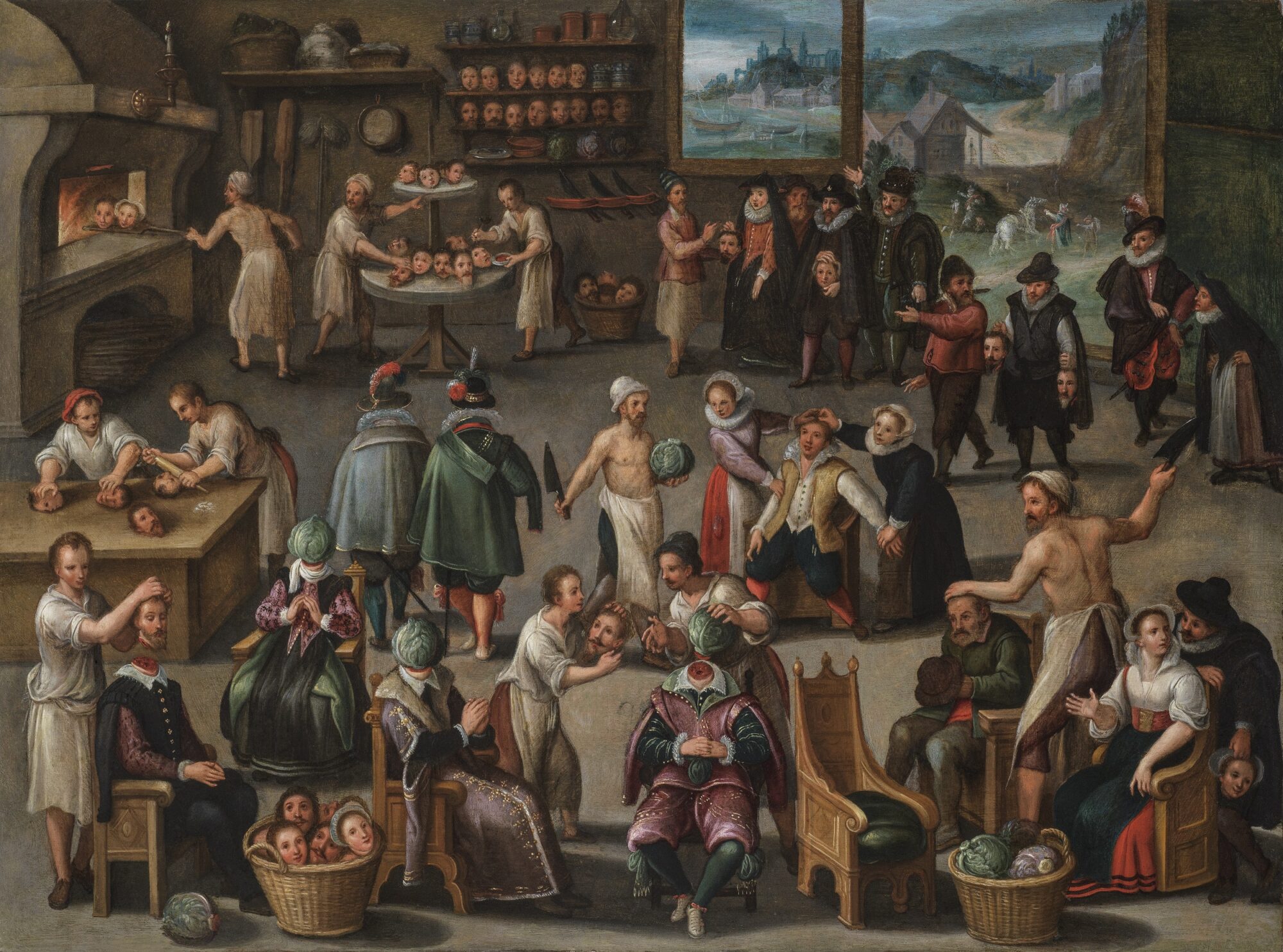
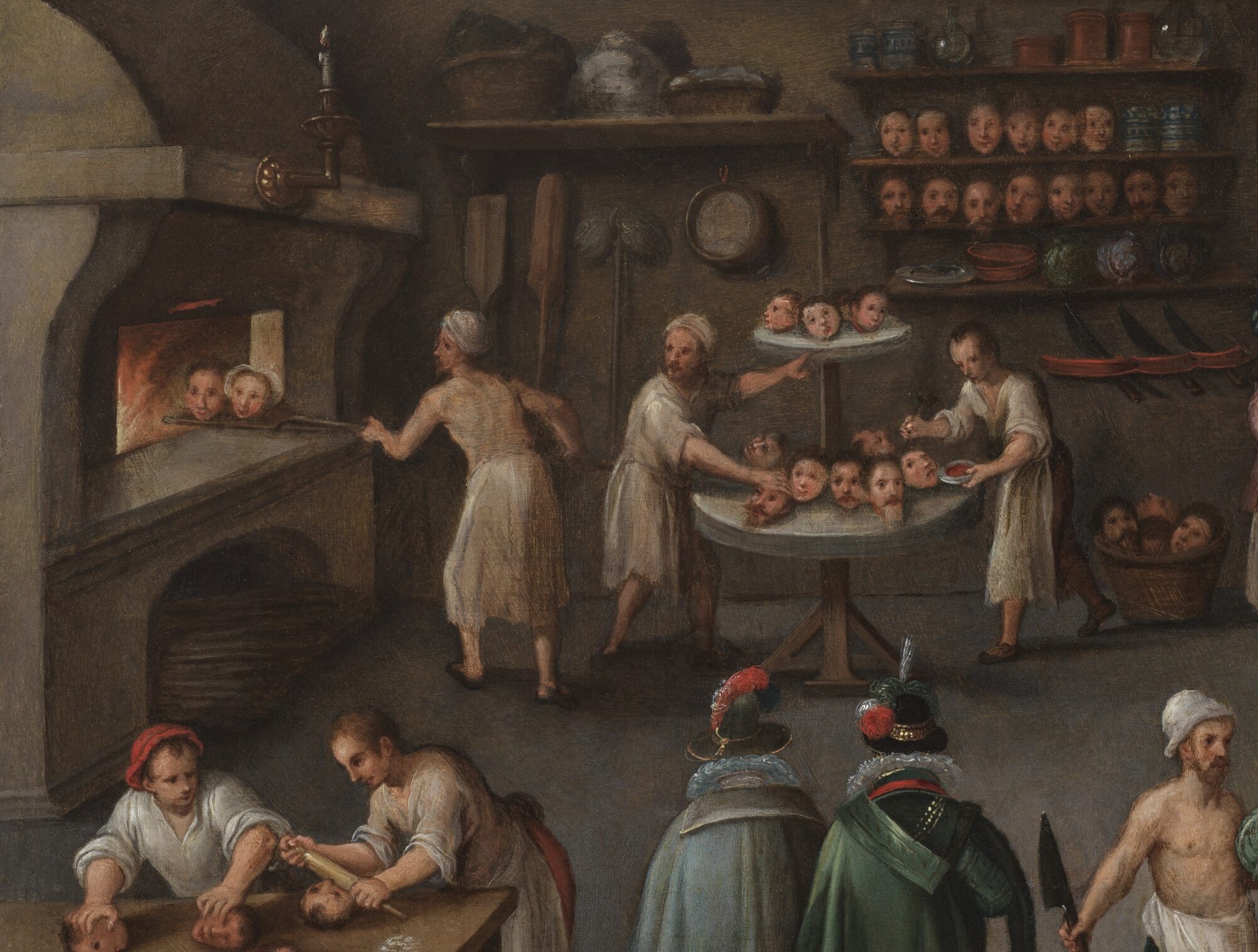
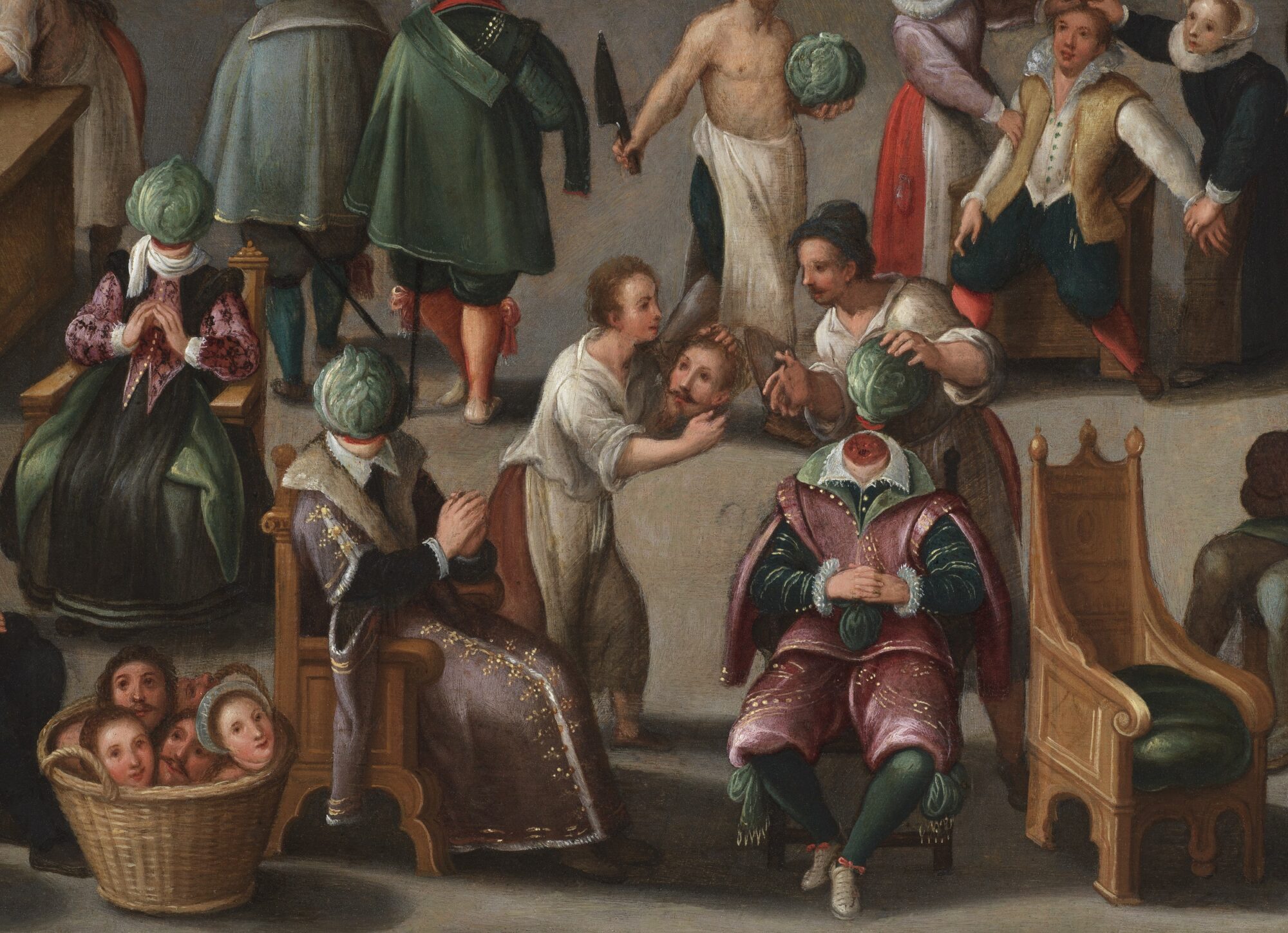
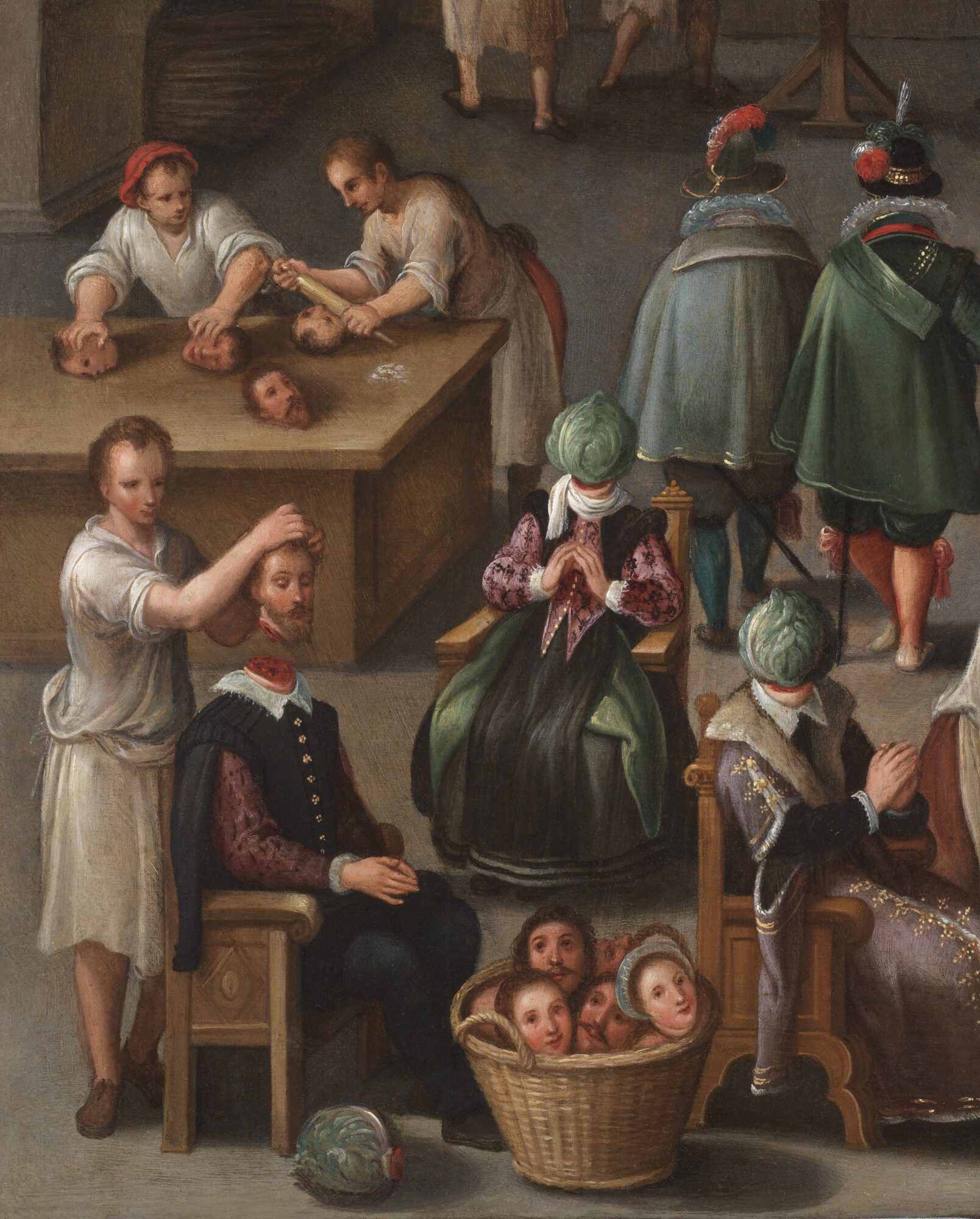
Want to know more? Order the Phoebus Focus publication!
The Portrait in the Low Countries in the Sixteenth Century
With Koen Fillet and Dr Paul Huvenne, art historian and former director of KMSKA.
In this episode of Phoebus Focus, host Paul Huvenne explores the world of sixteenth-century portraits, shedding light on the developments and creative innovations within this genre.
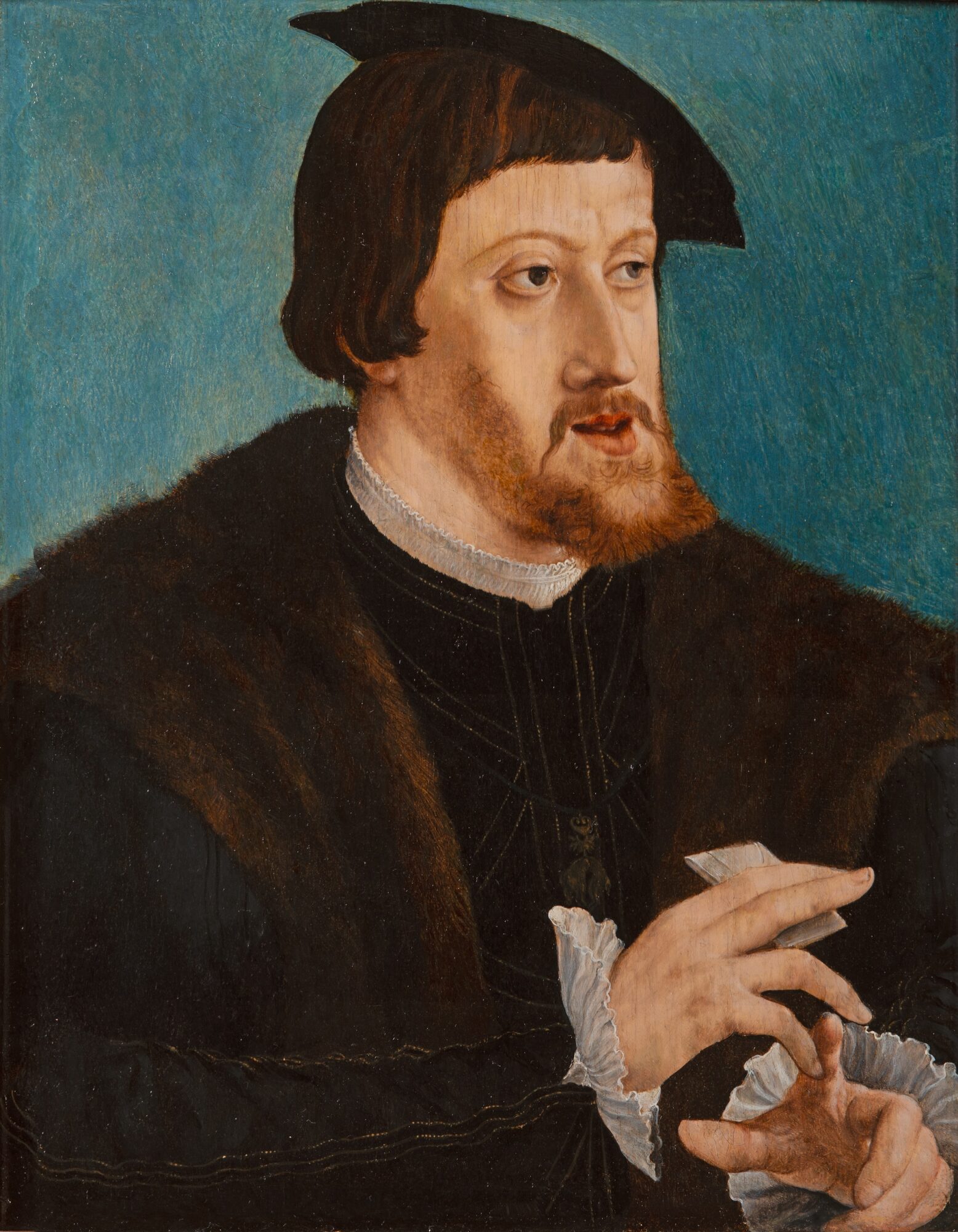
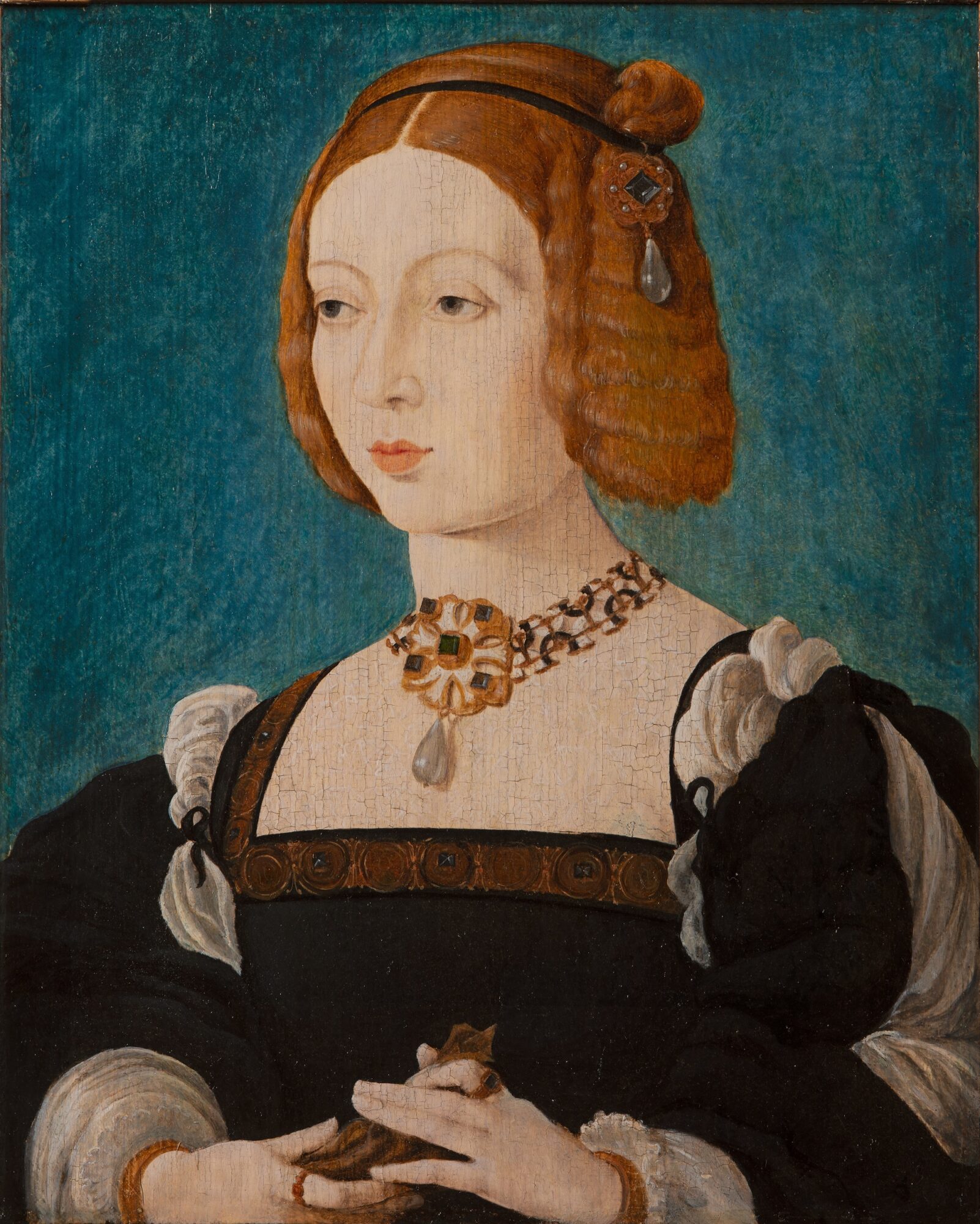

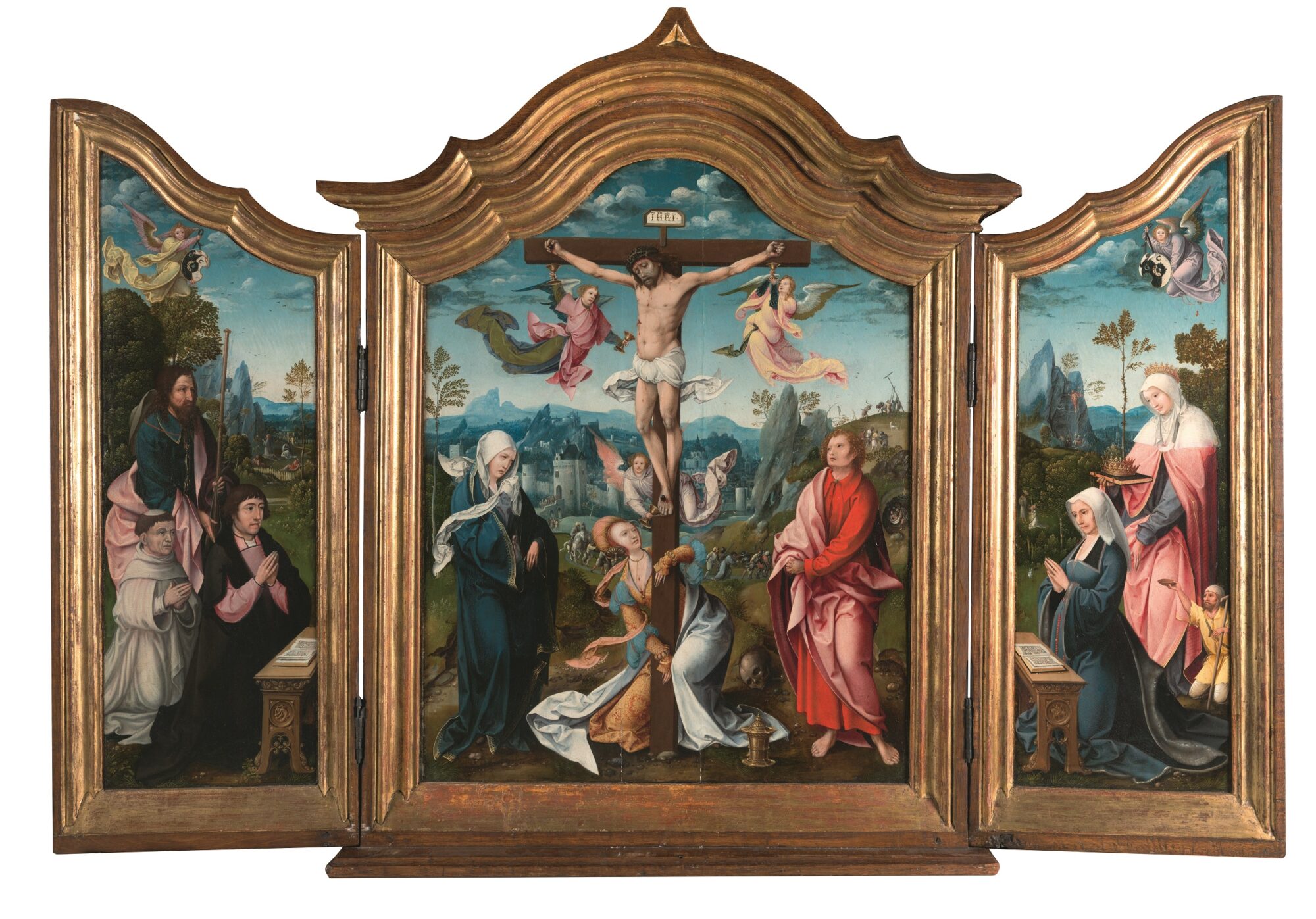

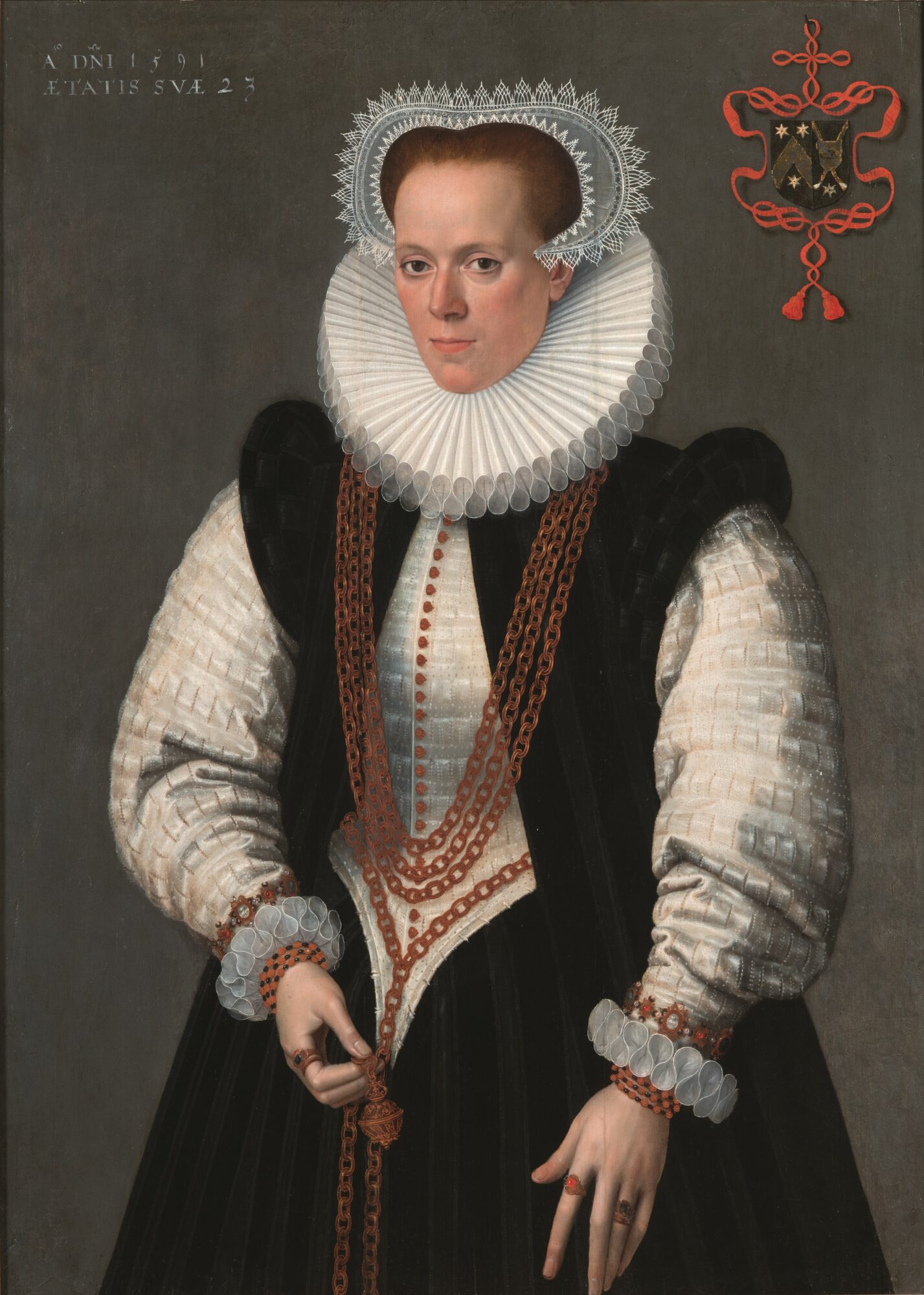
Want to know more? Discover the accompanying publication!
Diego Quispe Tito – The Holy Family in Nazareth
With Koen Fillet and Dr Katharina Van Cauteren, chief of staff of The Phoebus Foundation Chancellery.
In this episode of the Phoebus Focus podcast, Quispe Tito’s Holy Family in Nazareth takes center stage. Katharina Van Cauteren and Koen Fillet explore the fascinating connections between a painting from a brand-new world and a print from a much older one. Holy Family bridges two cultures: the thinking of the Jesuits and the heritage of the Incas. What follows is a story about artistic and cultural legacies.
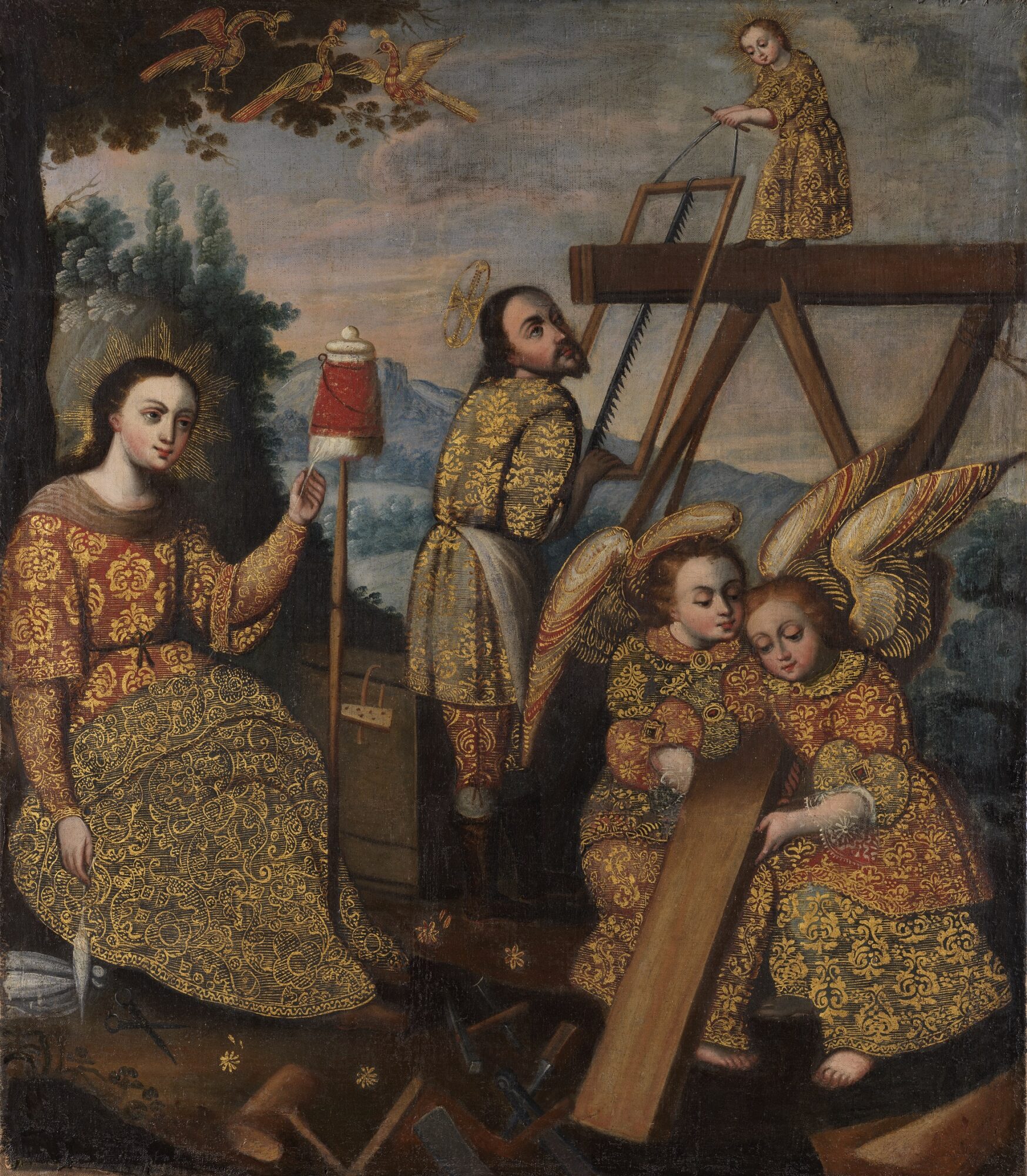
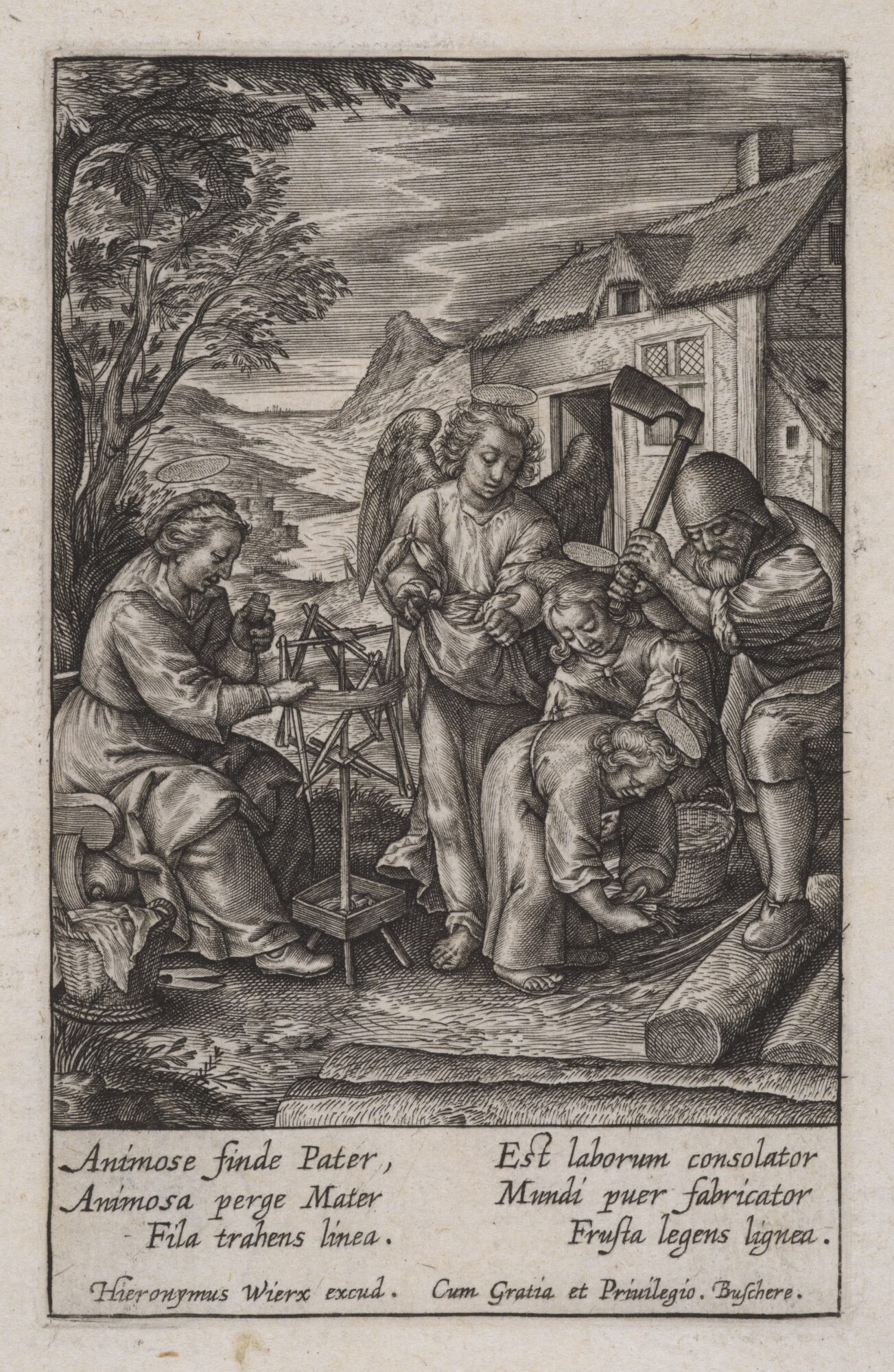
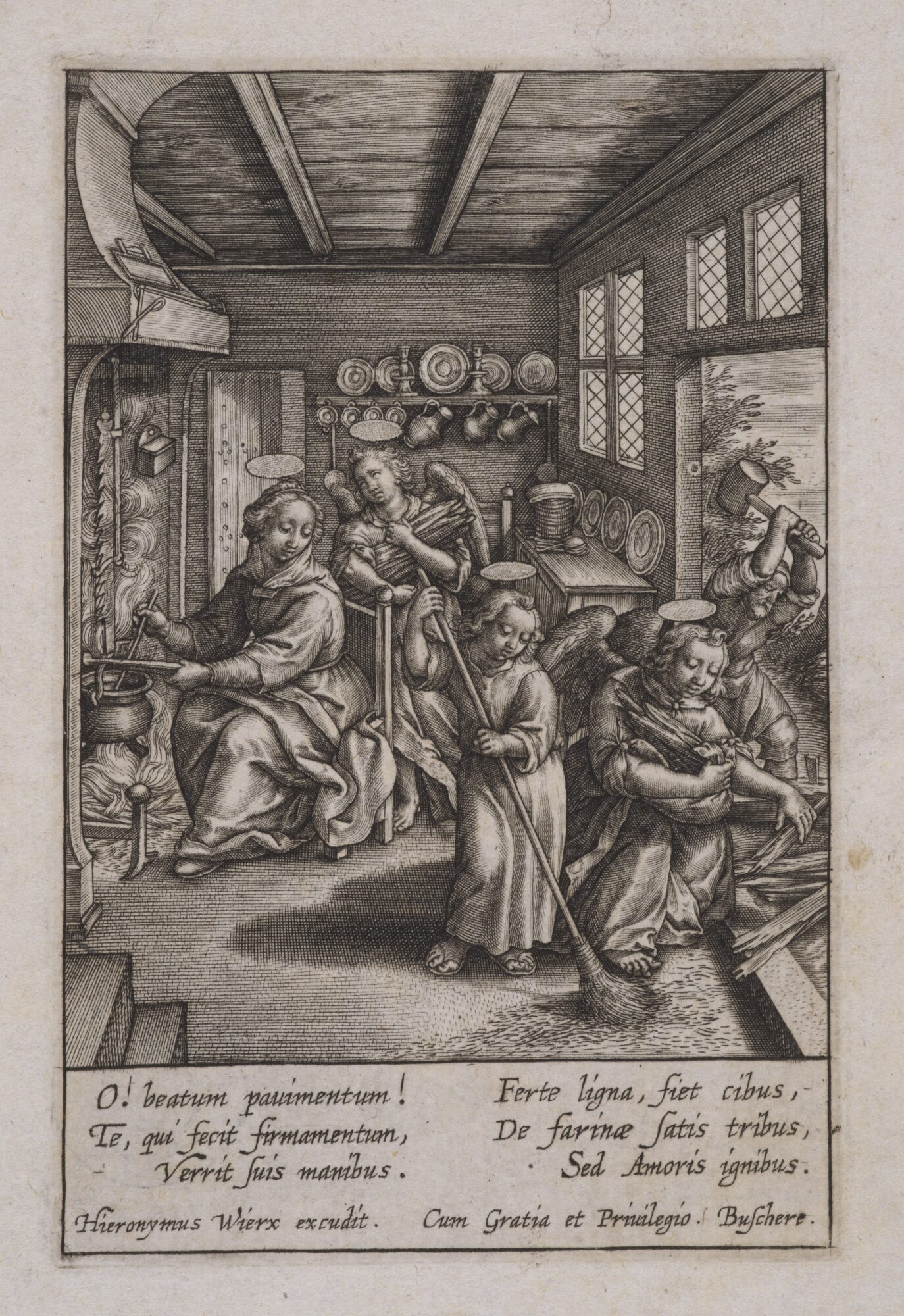
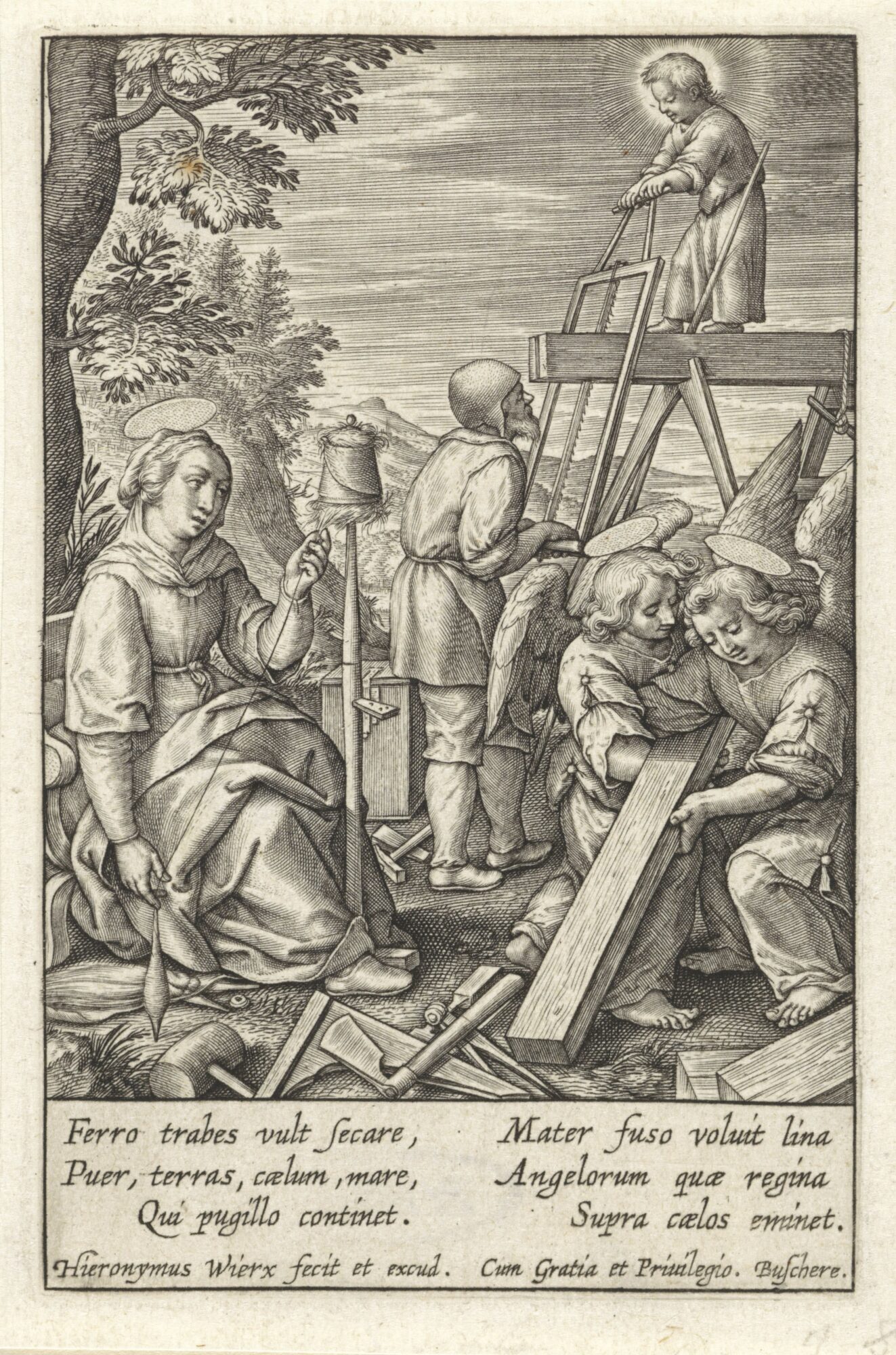
Want to know more? Order the accompanying Phoebus Focus publication!
New Information About the Baroque Composer Henricus Liberti
With Koen Fillet and Leen Kelchtermans, Researcher of The Phoebus Foundation
This podcast episode reveals new insights into the life and work of Baroque composer Henricus Liberti, thanks to research by Dr. Leen Kelchtermans’ into surviving archival documents.
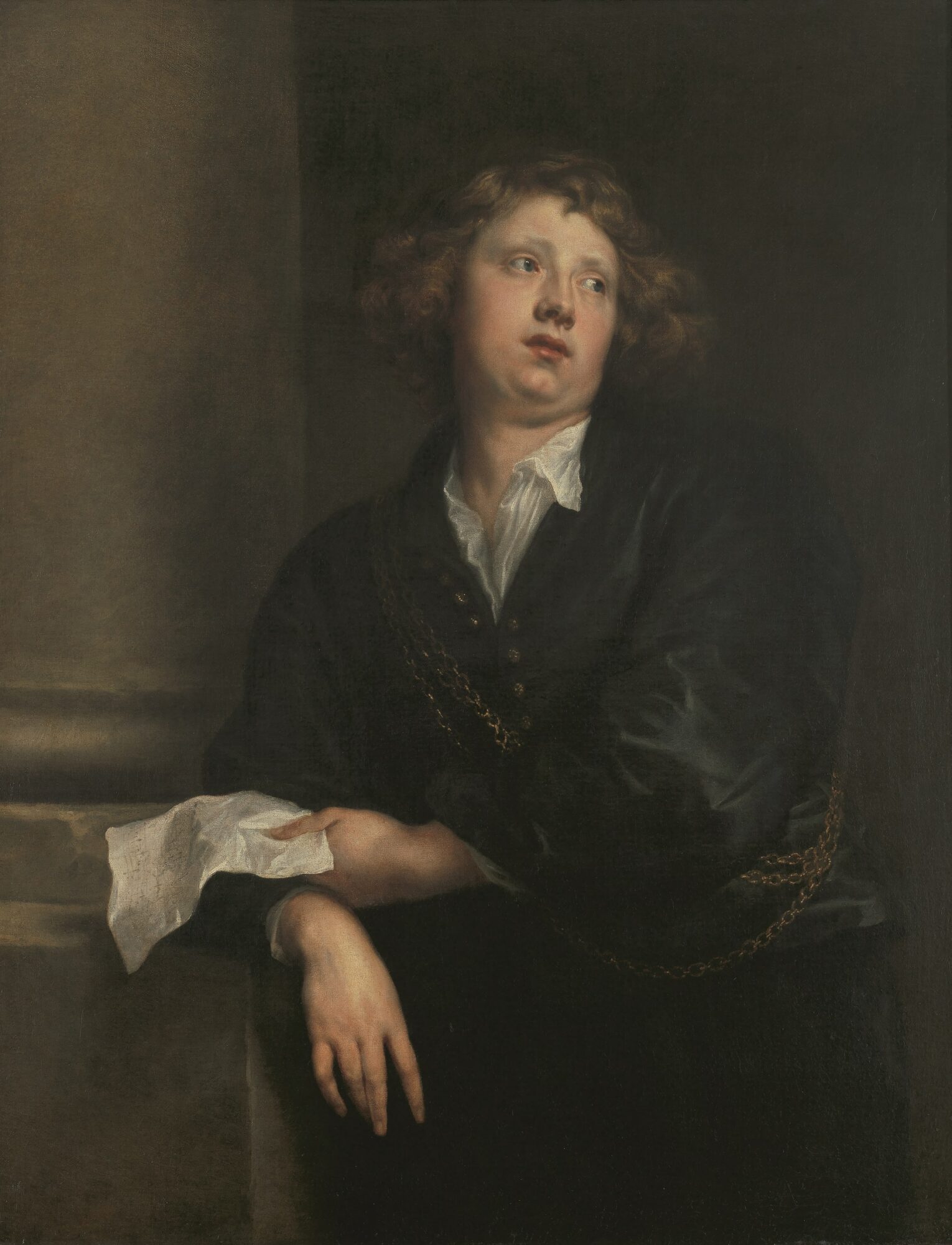
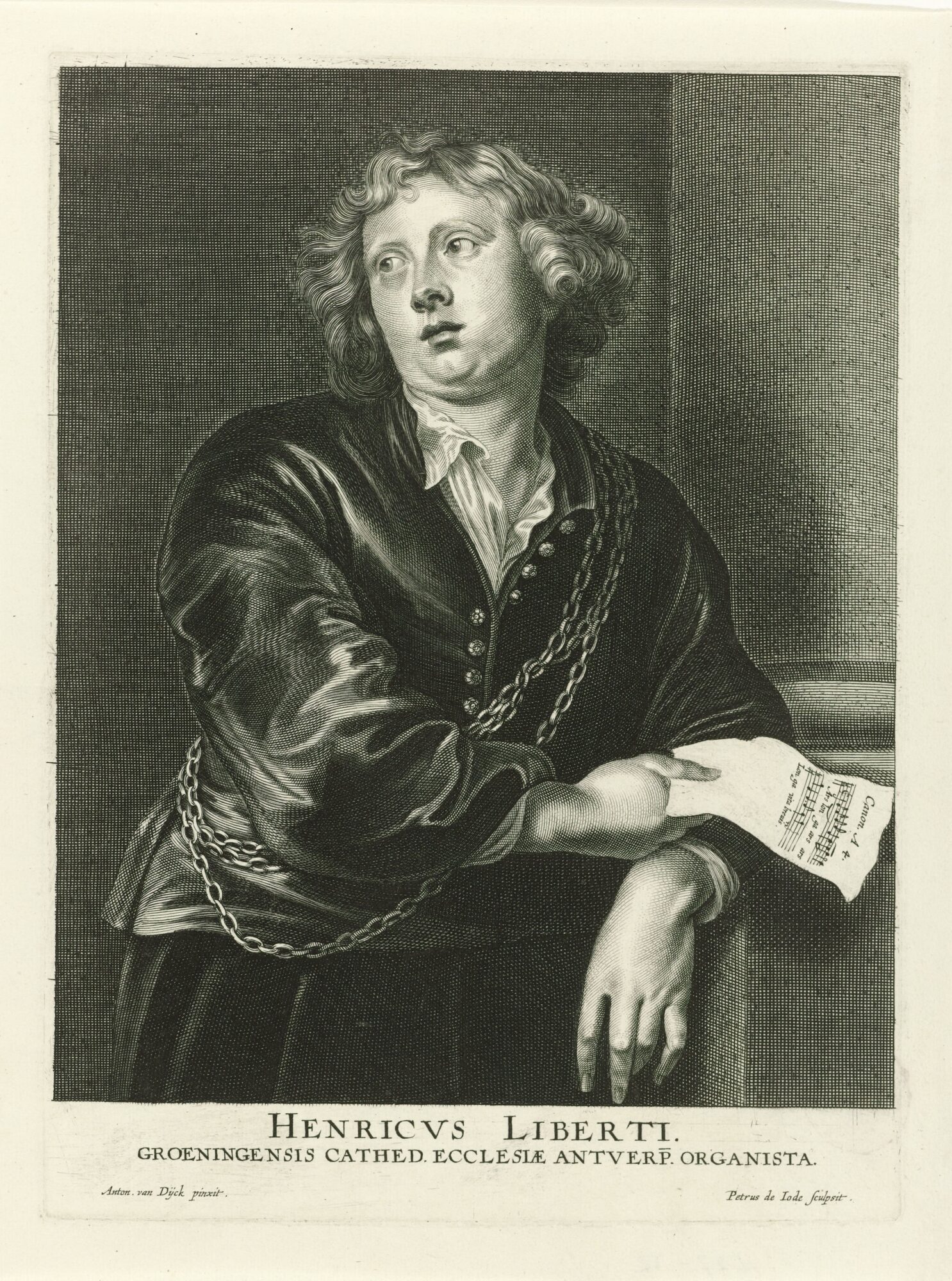
Want to know more? Read the Phoebus Finding
Constant Permeke
With Koen Fillet and Dr Paul Huvenne, art historian and former director of KMSKA.
Discover the profound meaning behind Constant Permeke’s powerful brushstrokes and draw inspiration from the fascinating story of his life and work.
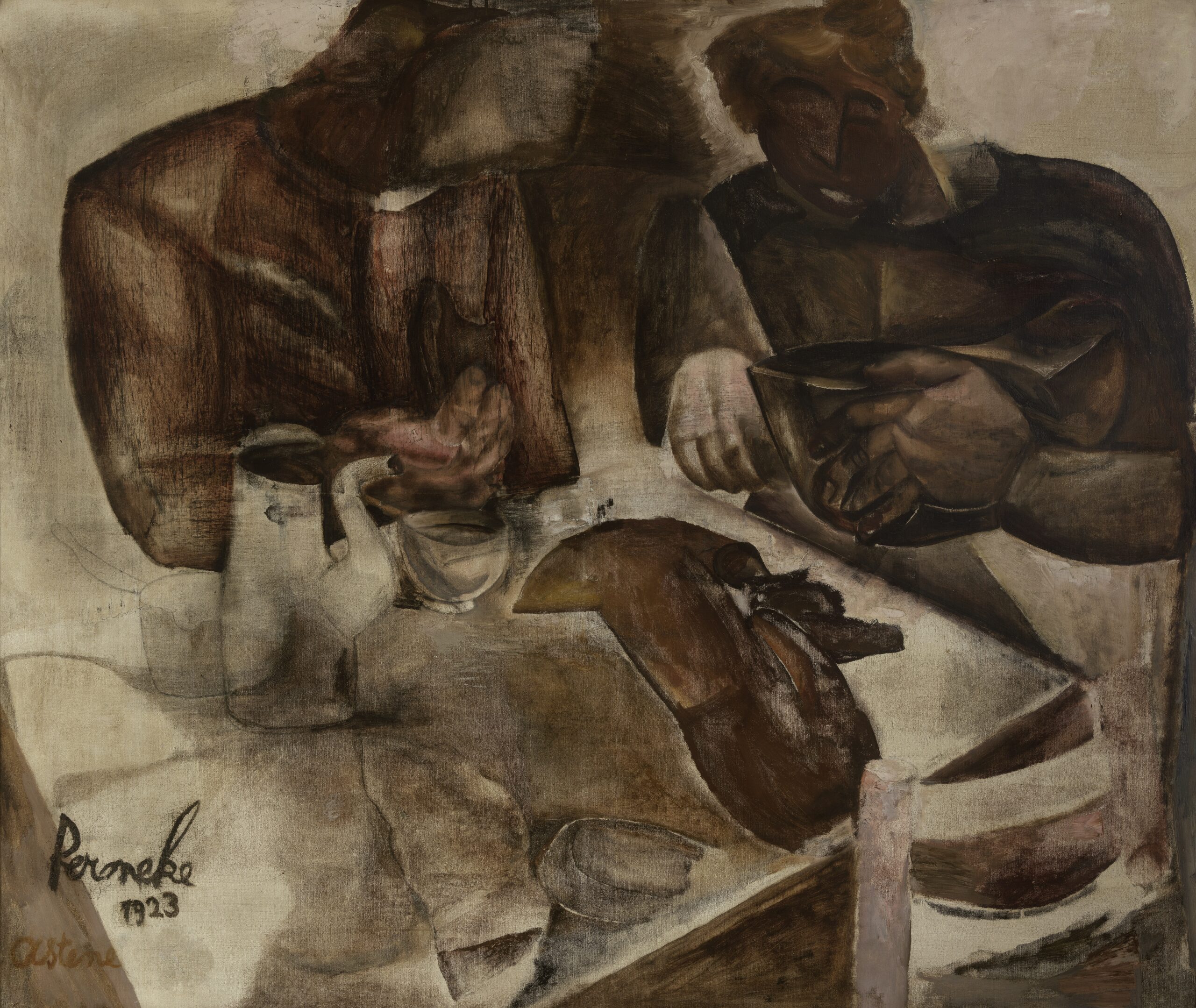
Want to know more? Order the accompanying publication!
Anonymous – Mere-Monster of Tagua Tagua
With Koen Fillet and Dr Katharina Van Cauteren, chief of staff of The Phoebus Foundation Chancellery.
The anonymous Mere-Monster of Lake Tagua Tagua is the synthesis of more than 300 years of visual tradition. At its core, it harks back to medieval encyclopaedias, but its gallant snout betrays an 18th-century identity. Indeed, the Mere-Monster appears to be pure political propaganda.
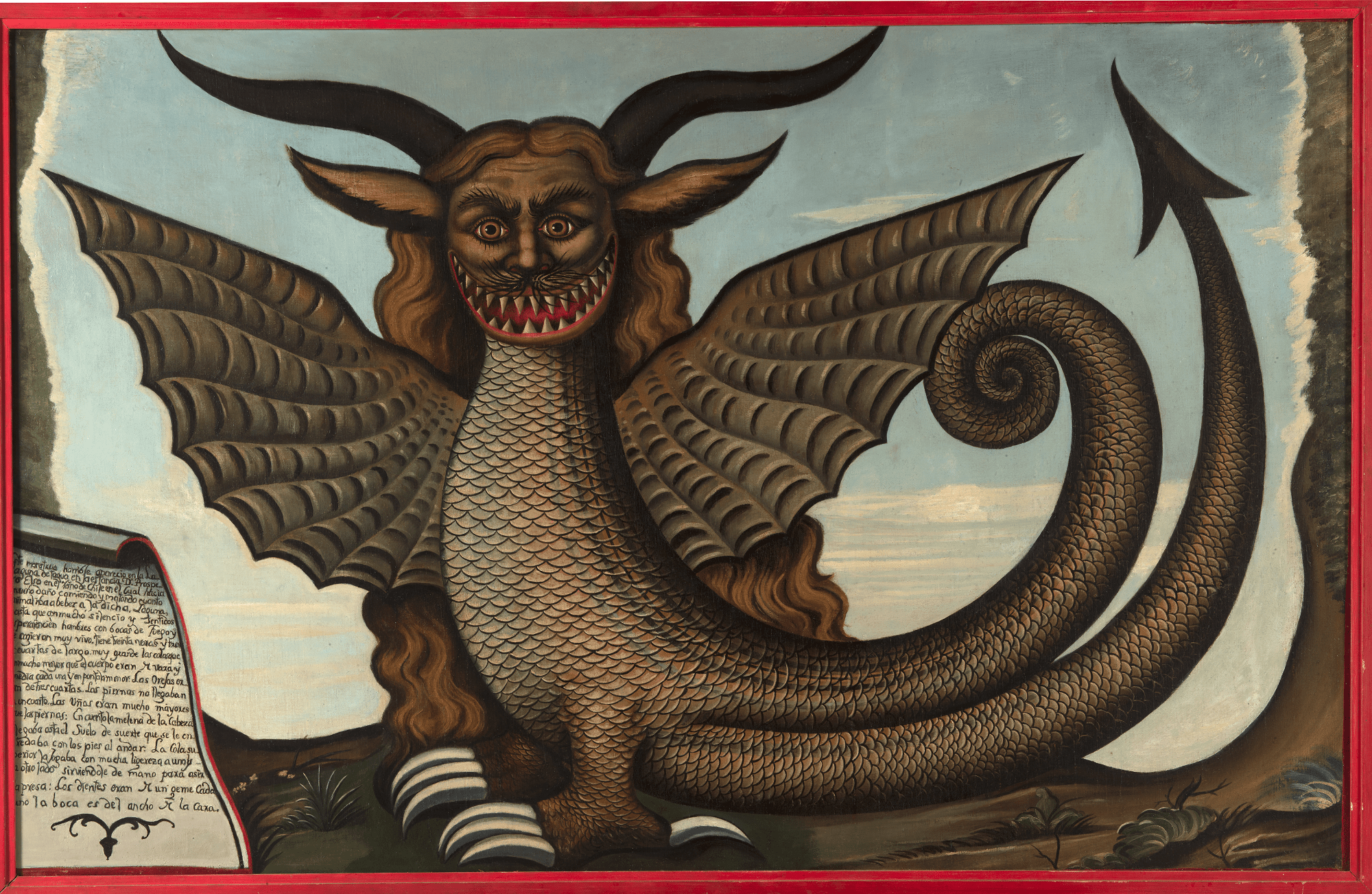
Want to know more? Order the accompanying Phoebus Focus publication!
Baroque Artists’ Portraits
With Koen Fillet and Leen Kelchtermans, researcher at The Phoebus Foundation
In this episode, we dive into the fascinating world of Baroque self-portraits. Together with Dr Leen Kelchtermans, we discover more about the fascinating dynamic created when artists are both the model and creator of a work of art. Furthermore, we highlight why they immortalise themselves, and where they look for inspiration. A unique look into the artistic masterminds of the past!

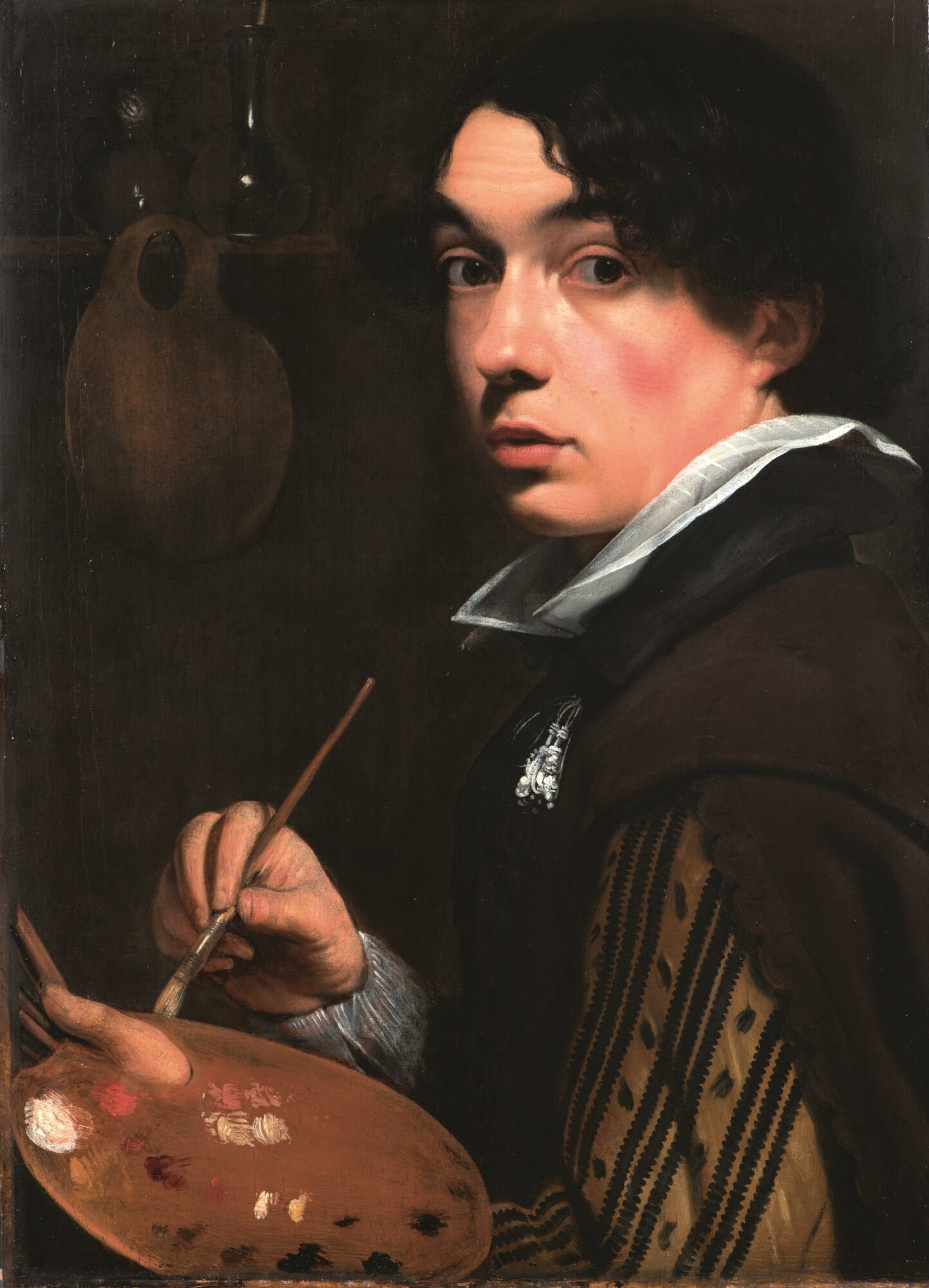
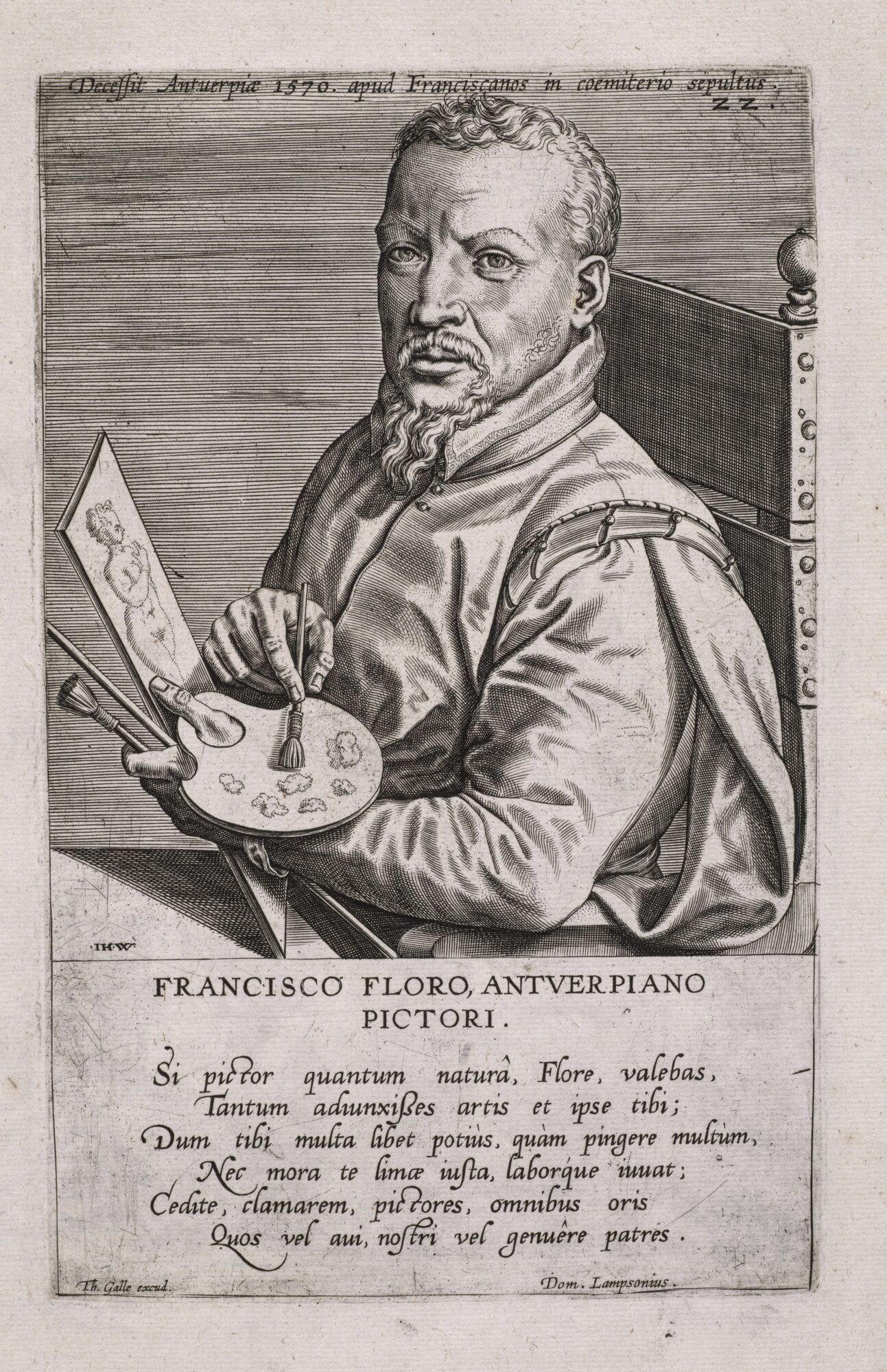
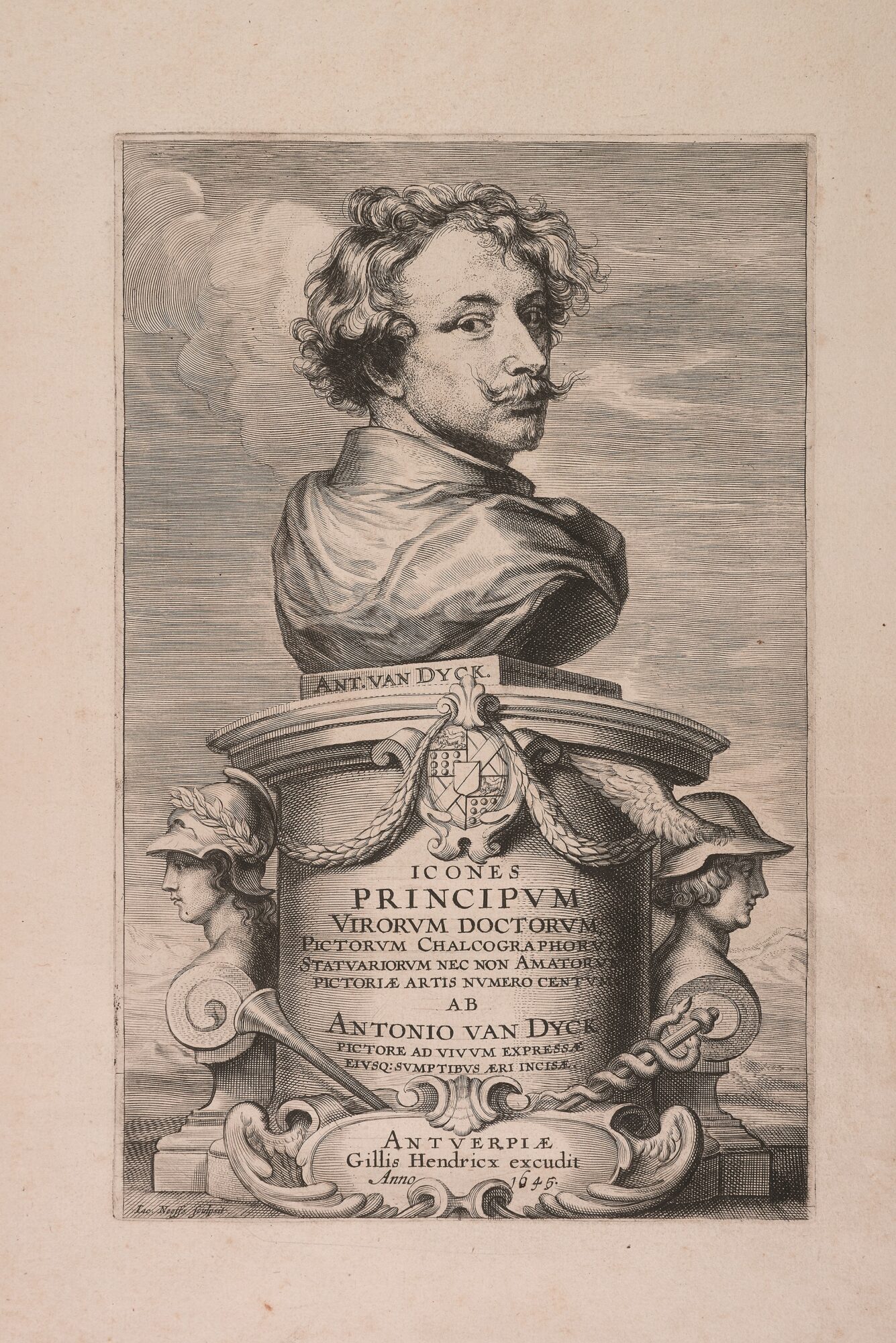
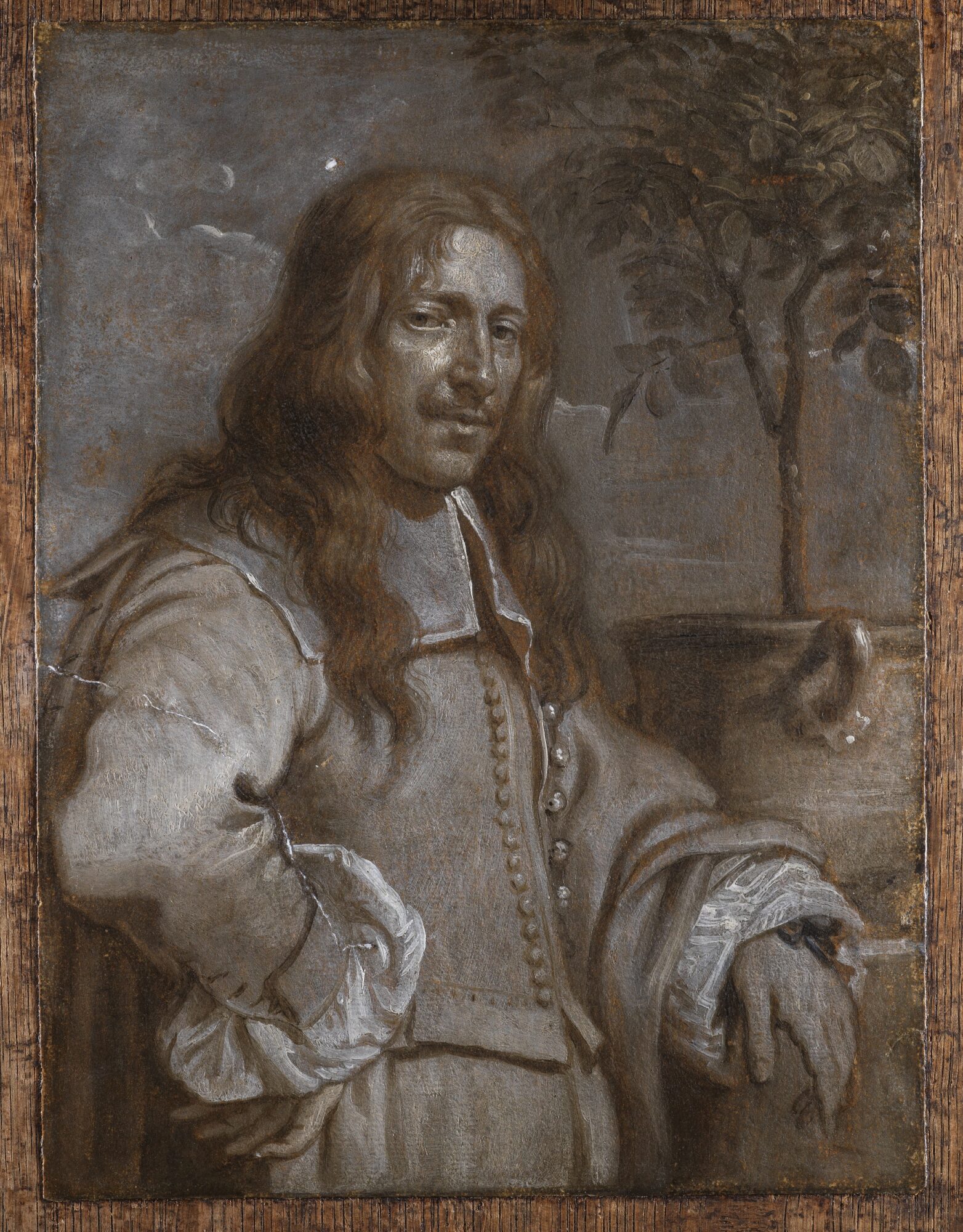
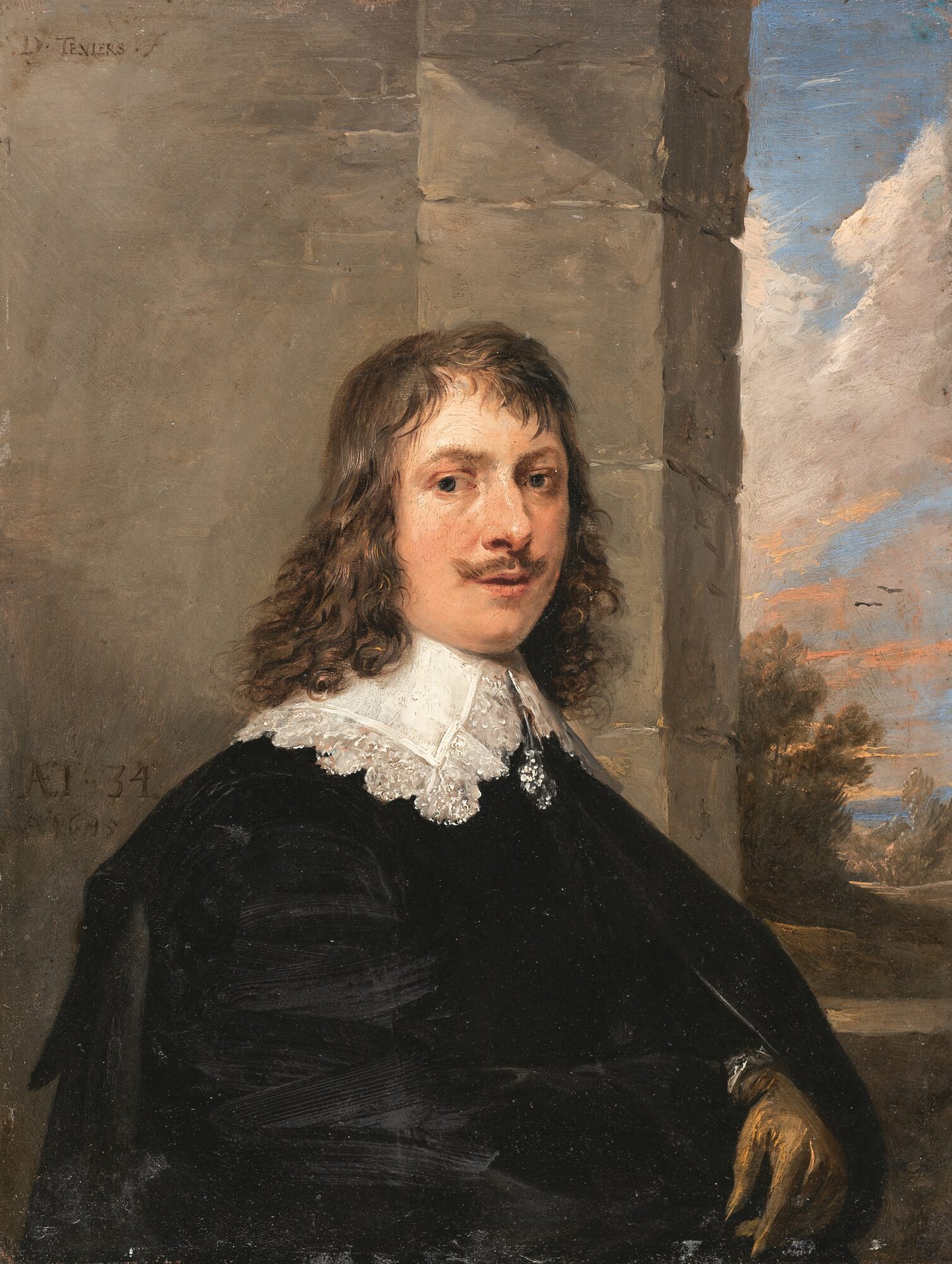

Want to know more? Order the accompanying publication!
Unknown Master – St Luke Painting the Virgin and Child
Uncover the meaning behind the sixteenth-century triptych, St Luke Painting the Madonna, a cherished piece within The Phoebus Foundation collection. Through the meticulous restoration skills of Sven Van Dorst and the comprehensive art historical research conducted by Niels Schalley, this masterpiece is now revealed in its full historical and artistic glory.
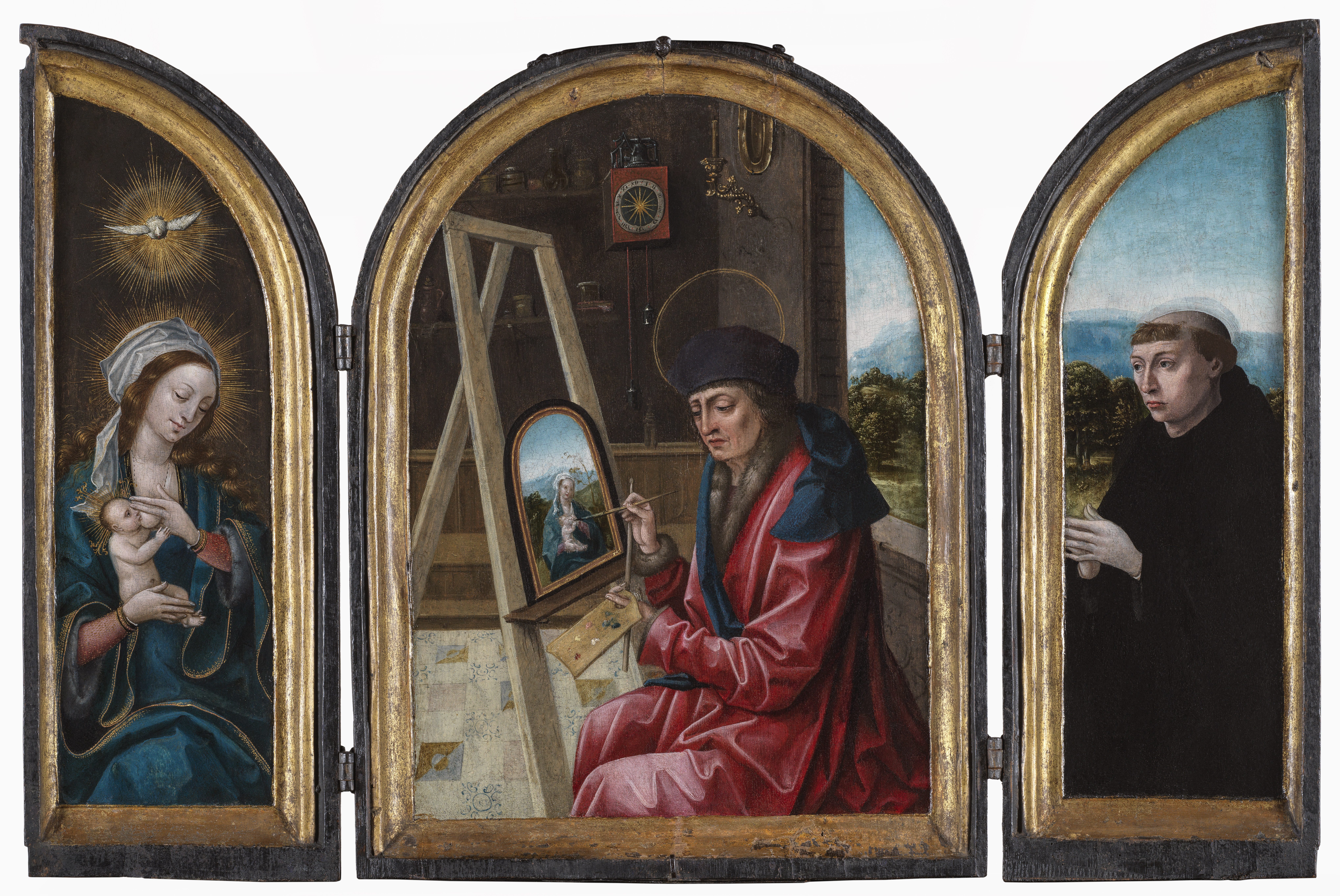
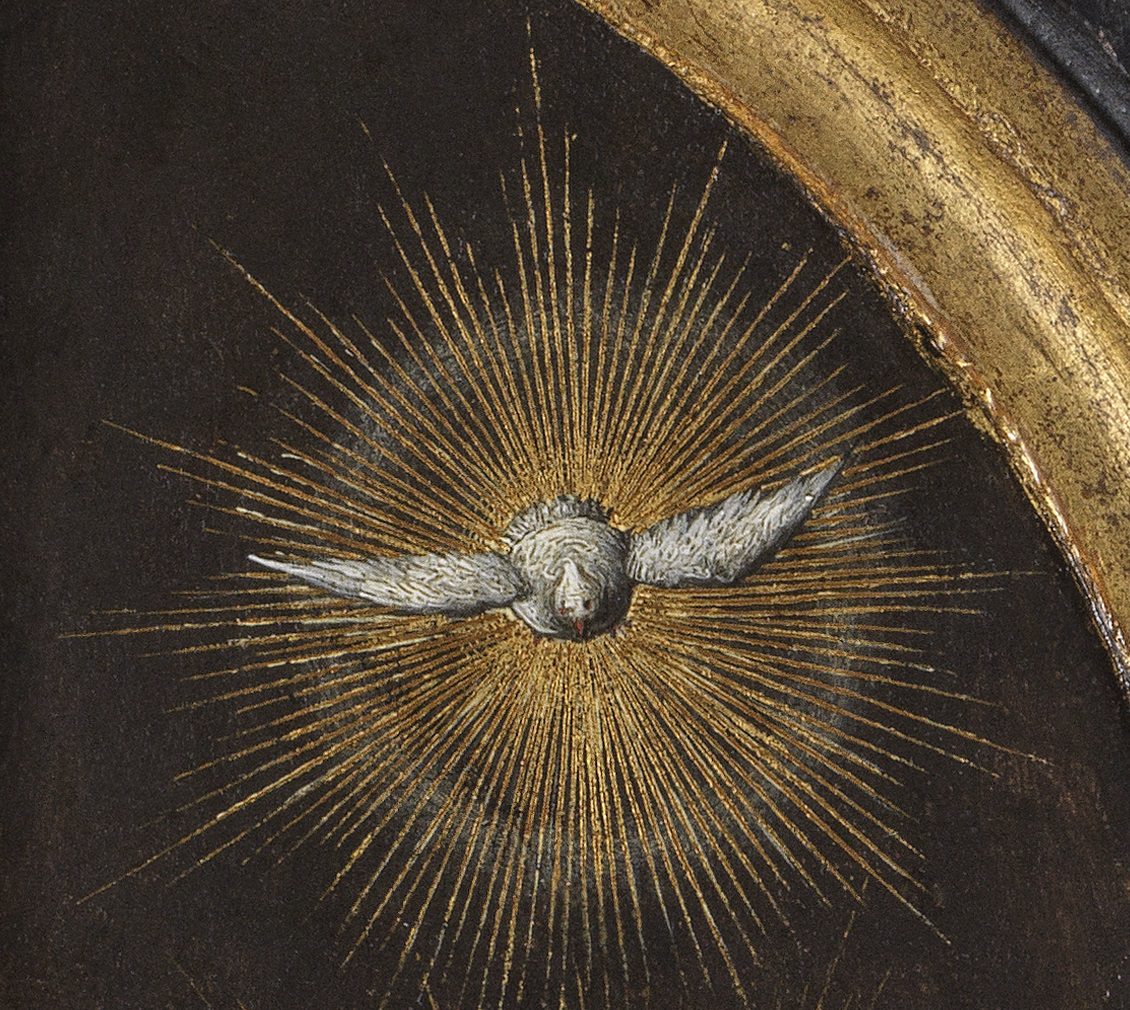

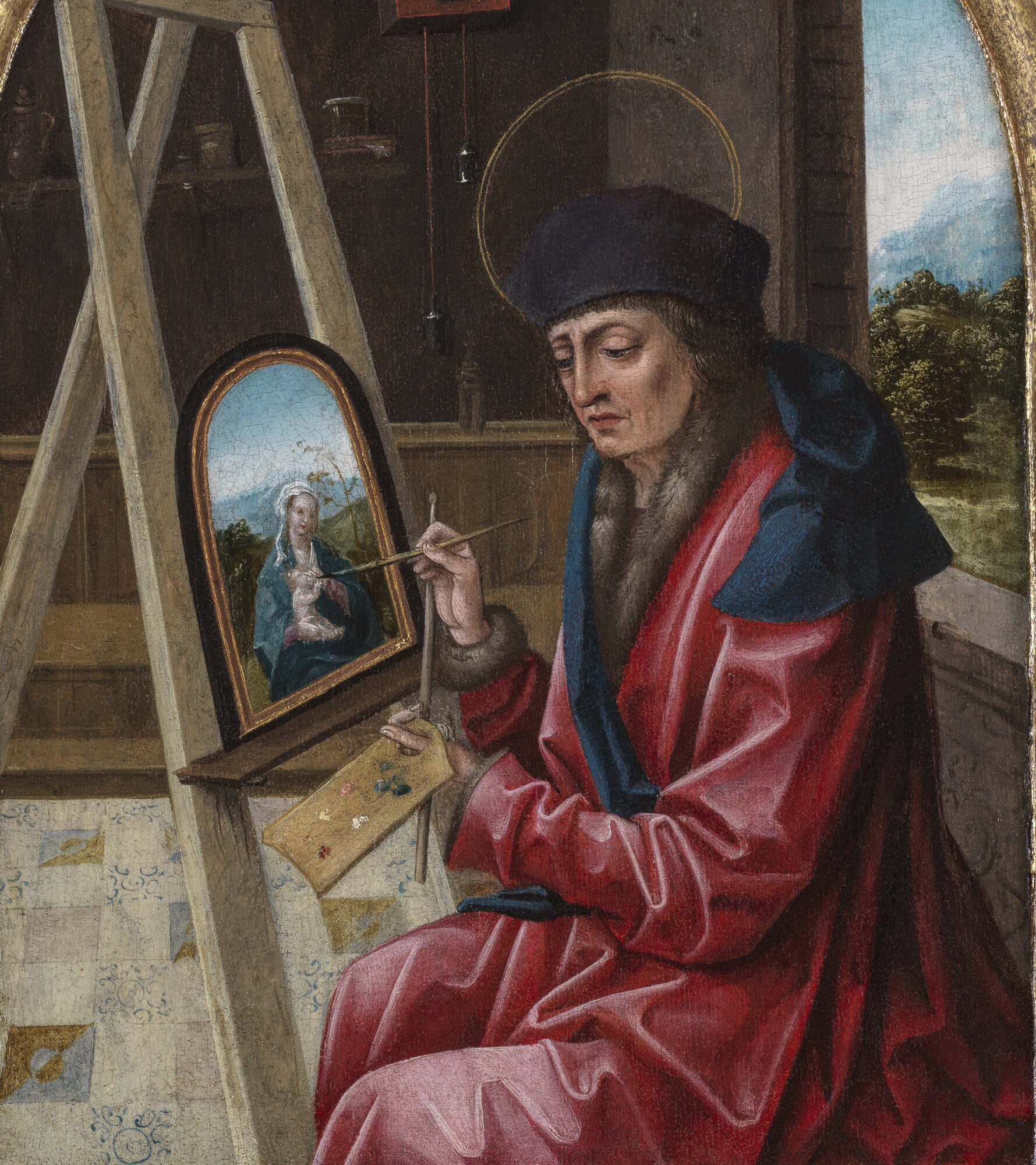
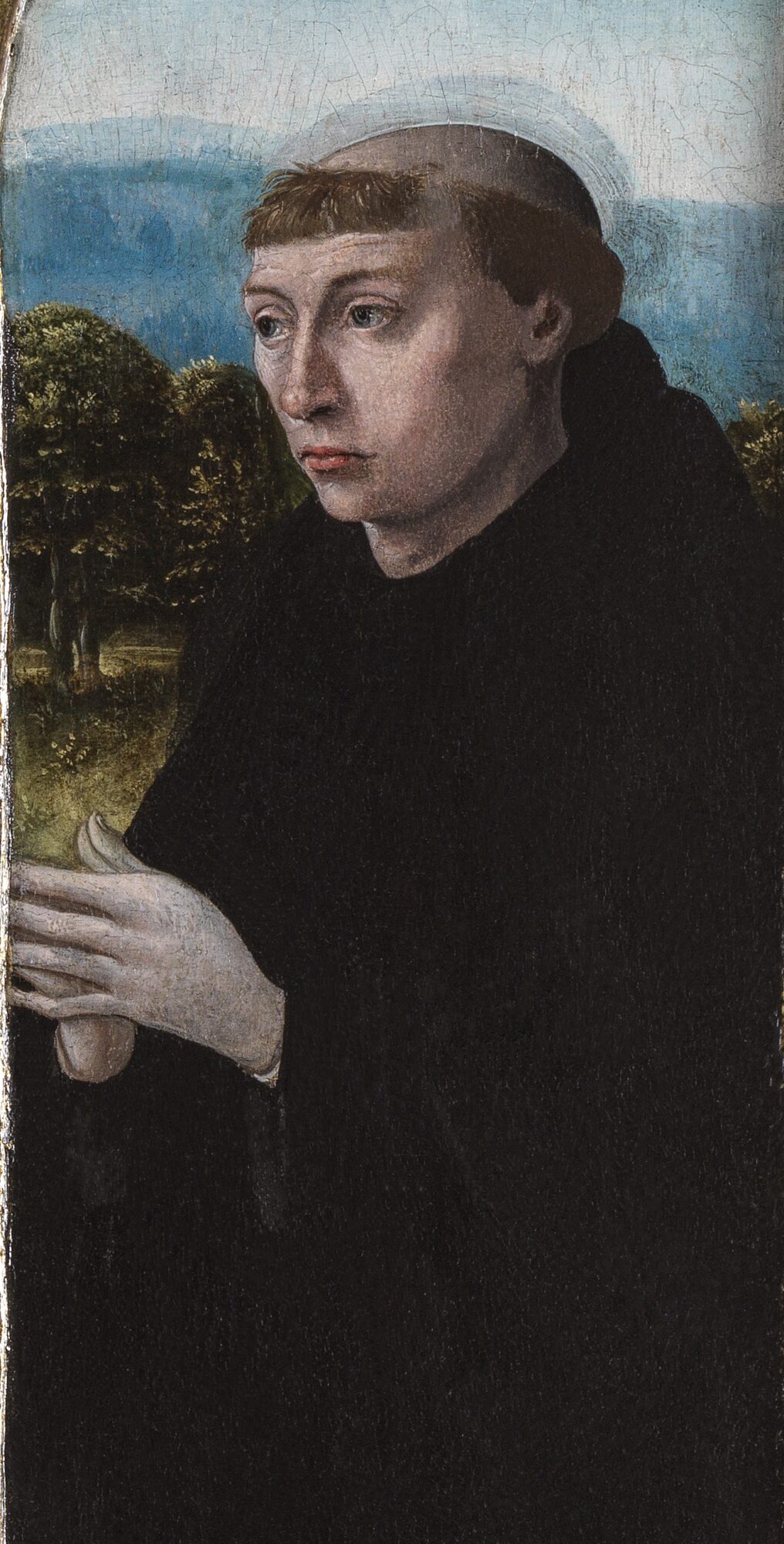

Want to know more? Order the accompanying Phoebus Focus publication!
Adam Frans Van der Meulen – Entry of Louis XIV in Douai
The Brussels painter Adam Frans Van der Meulen (1632-1690) created quite a furore at the court of the French King Louis XIV (1638-1715) when he immortalised his military triumphs, embellished with the necessary pomp and bravado. However, the work depicting the royal couple’s entry into Douai in 1667 was even more astonishing! In this Phoebus Focus episode, Dr Leen Kelchtermans brings various subtleties and details to light, unravelling new insights into the creation and meaning of this work of art.
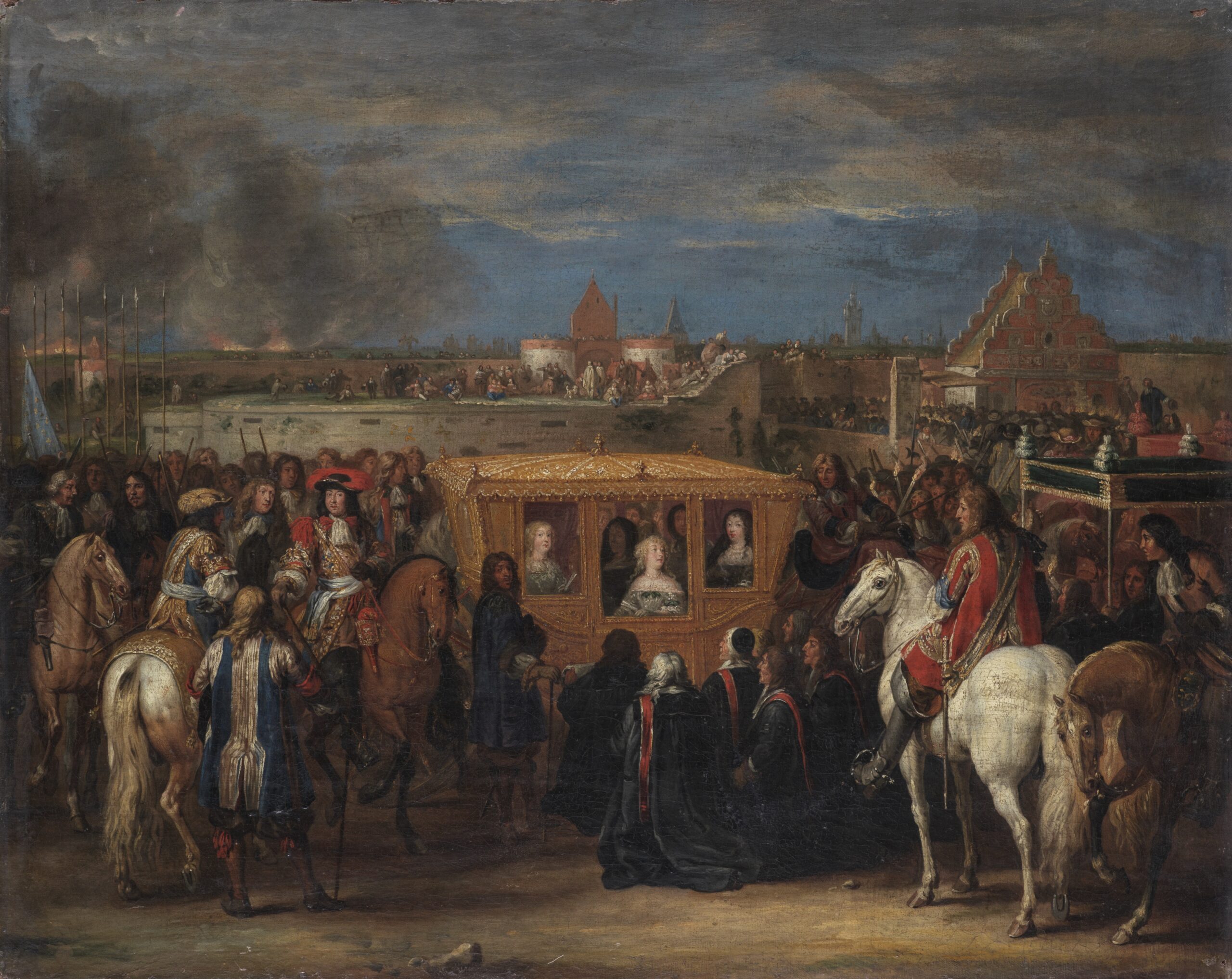
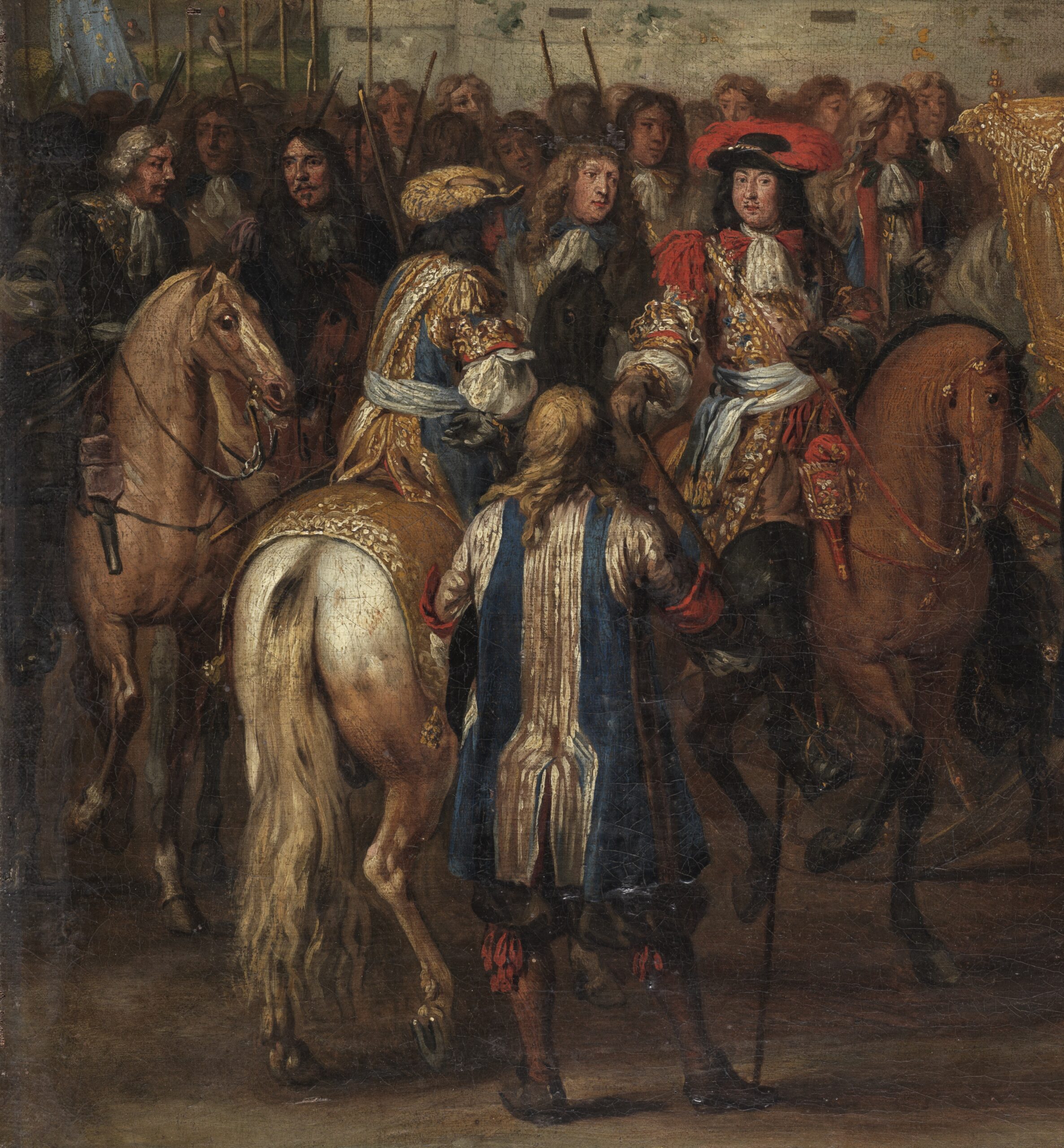
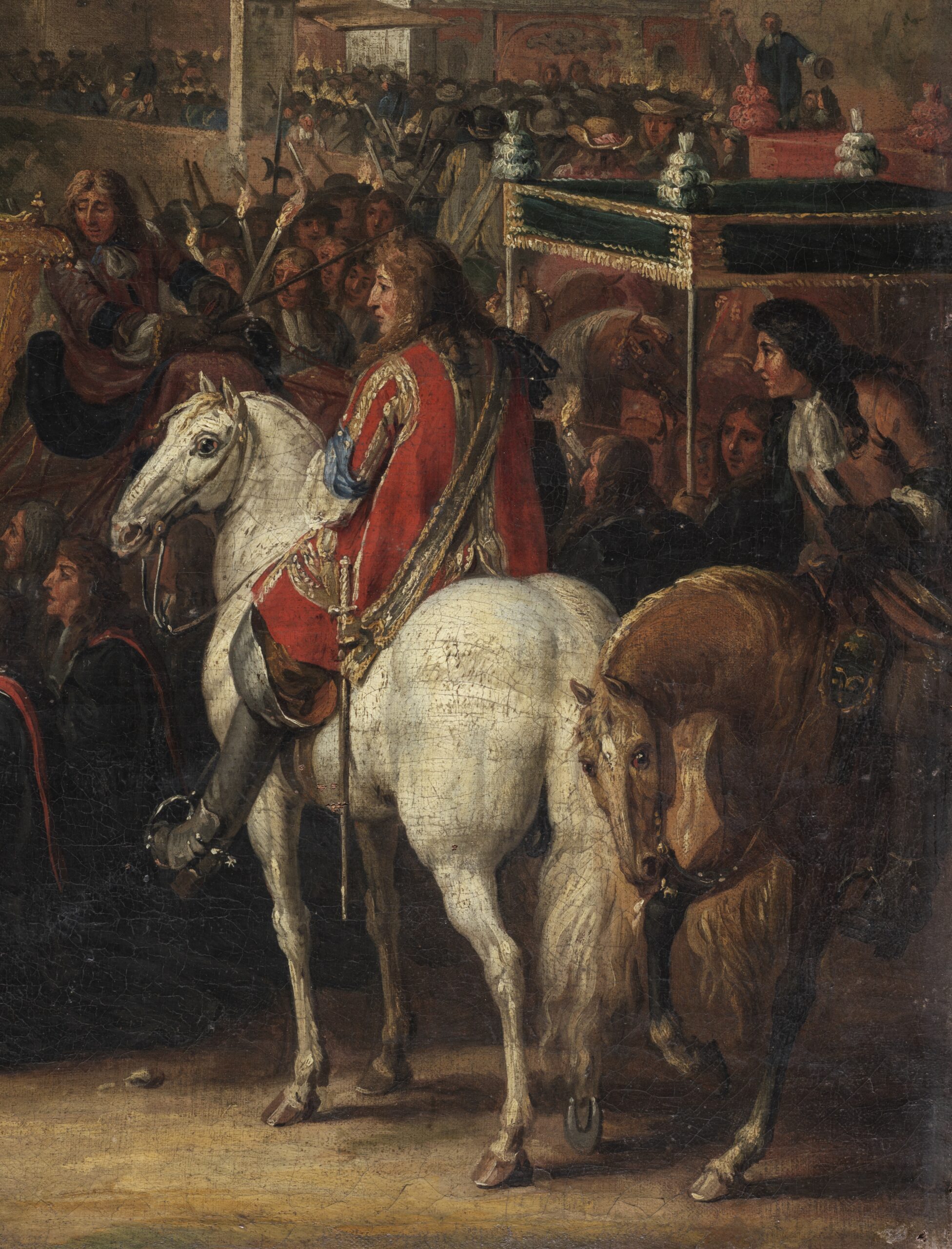
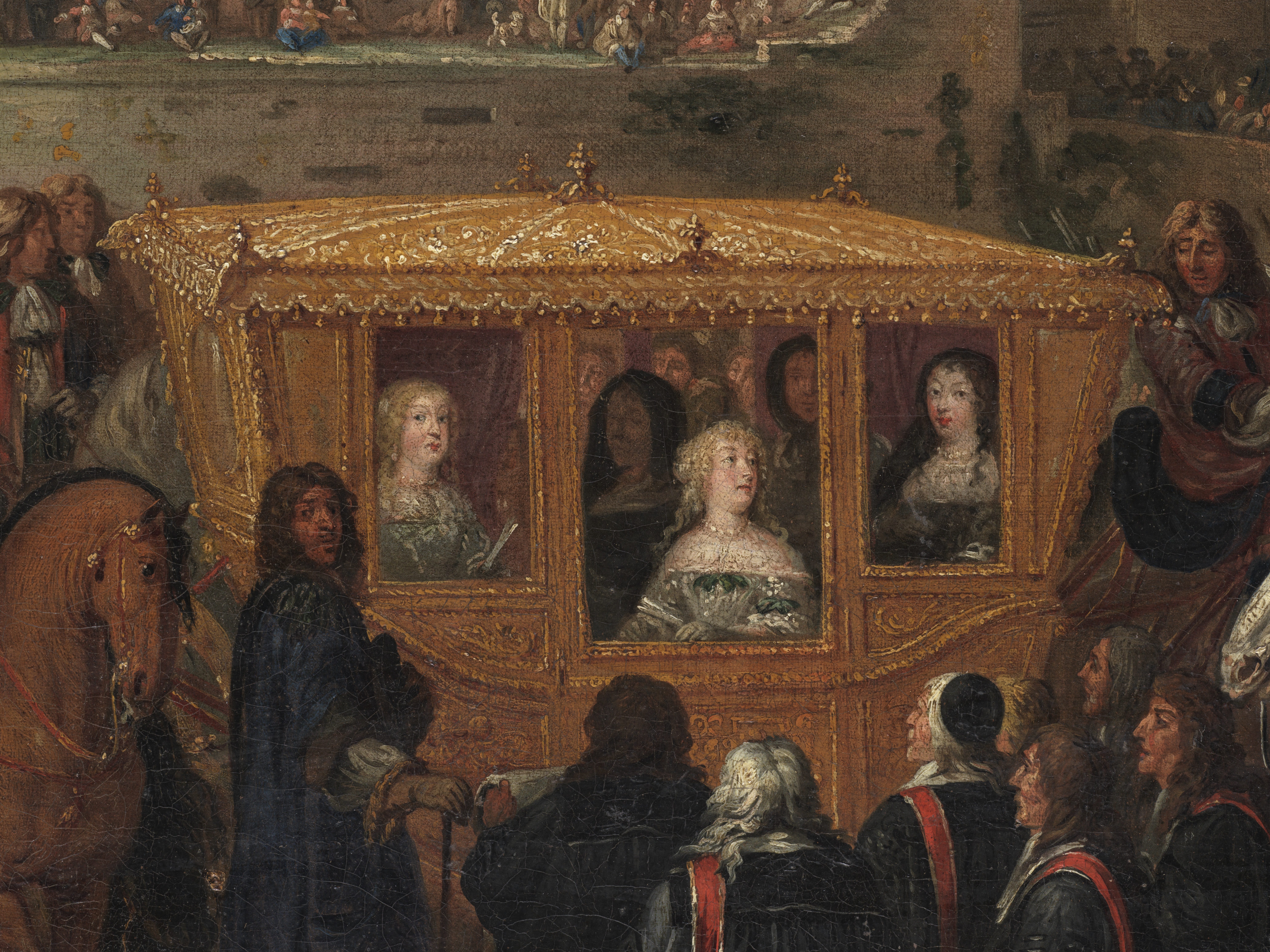
Want to know more? Discover the Phoebus Finding:
Children Portraits
With Koen Fillet and Katrijn Van Bragt, Collection Consultant of The Phoebus Foundation
Within portraiture, children portraits are a special genre. The representations of boys and girls, dressed in lavish attire and in a stately and serious pose, don’t immediately catch the eye and even look odd at first glance. But in fact, they contain a particularly interesting, often emotional story. In this episode of Phoebus Focus, you can discover, together with Katrijn Van Bragt, all about the history and evolution of this special portrait genre.
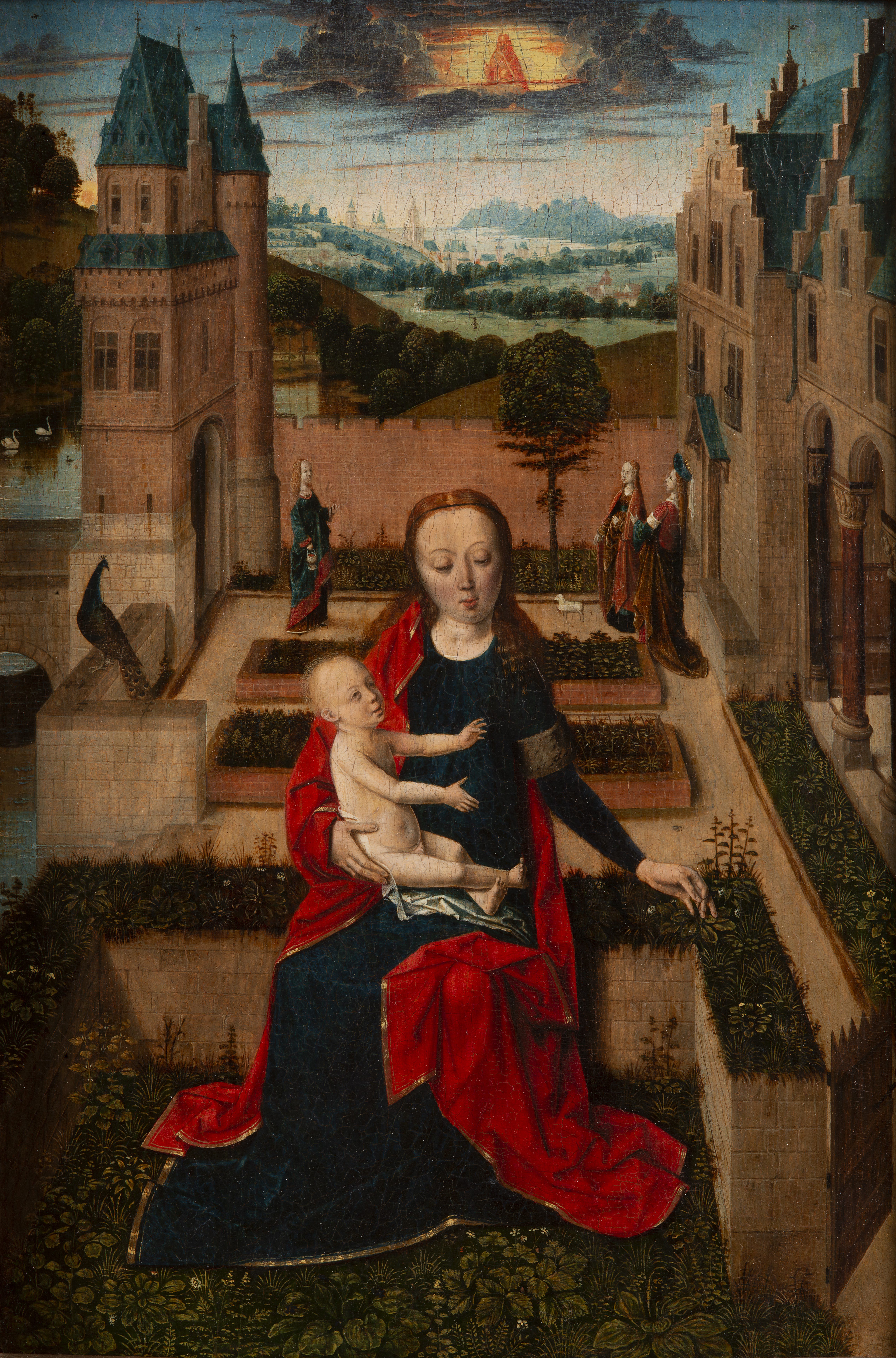
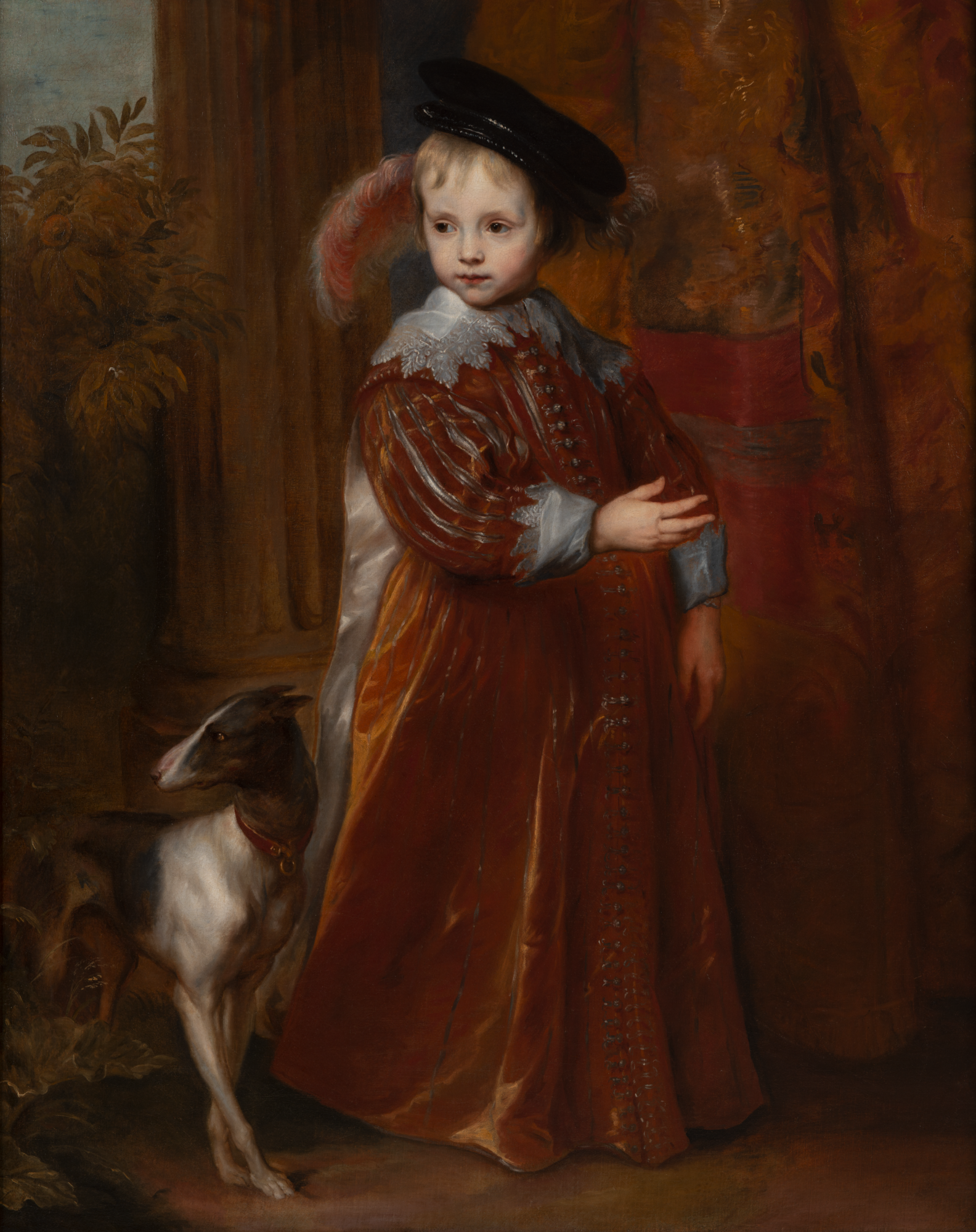
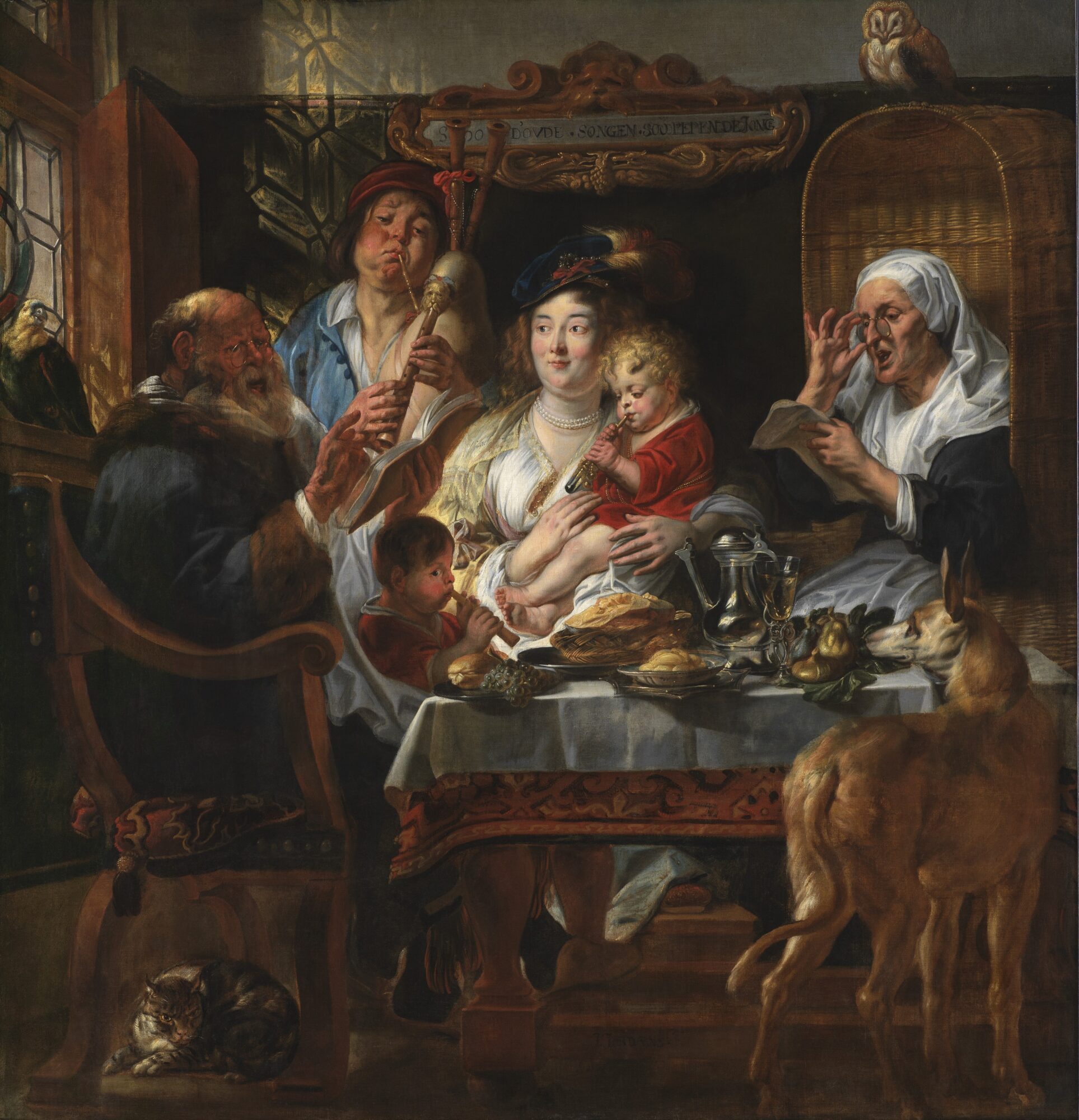
Want to know more about children’s portraits? Discover the essay Forever Young. Children of Paint and Varnish in the book The Bold and the Beautiful in Flemish Portraits.
Hendrick De Clerck – Susanna and the Elders
In this Phoebus Focus episode, chief of staff of The Phoebus Foundation, Dr Katharina Van Cauteren, sheds light on the various meanings and motifs behind the painting ‘Susanna and the Elders’ by the Brussels artist Hendrick De Clerck. With her expertise in De Clerck’s oeuvre, Dr Van Cauteren masterfully places the artist and his work in their art-historical and social context.
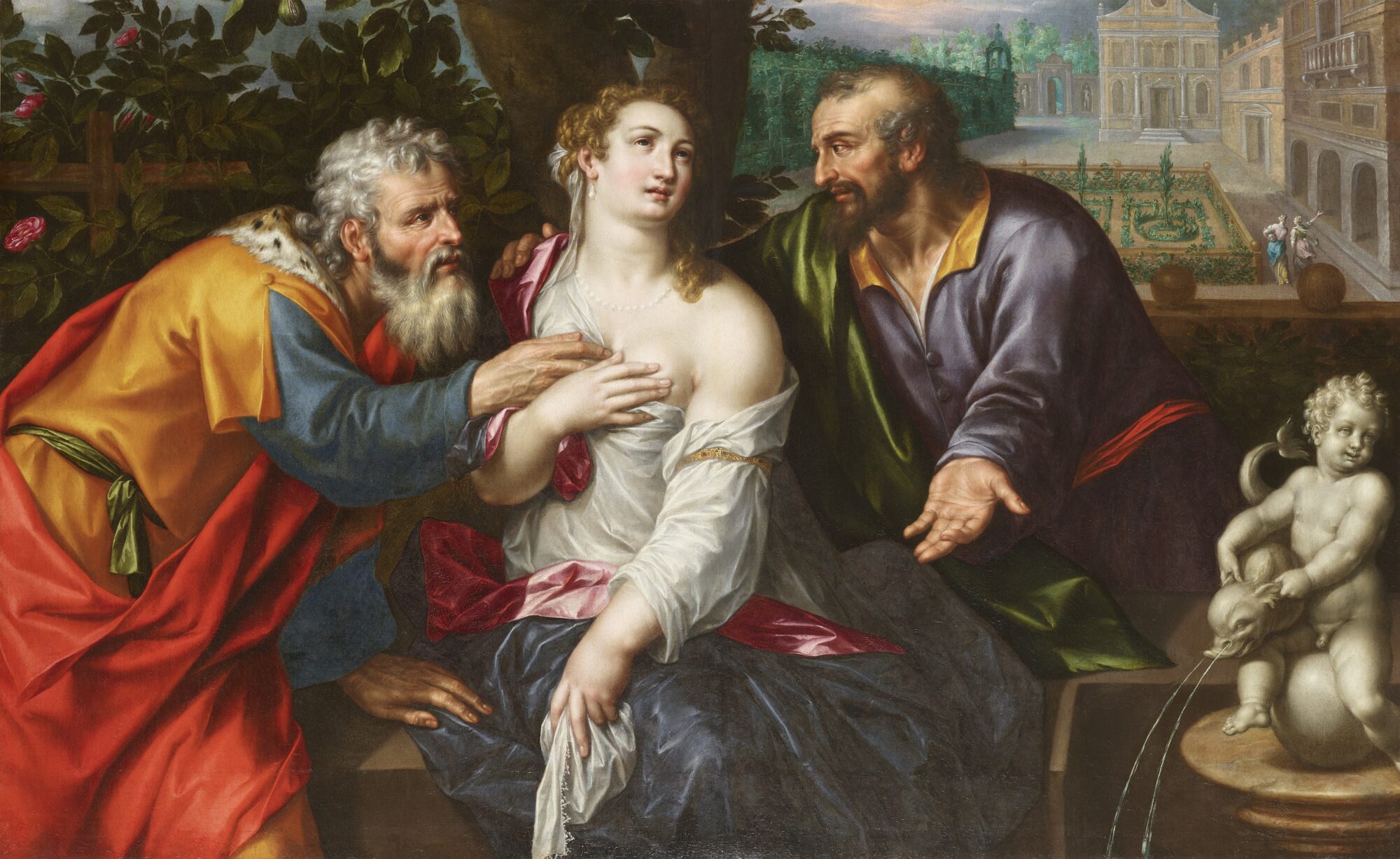
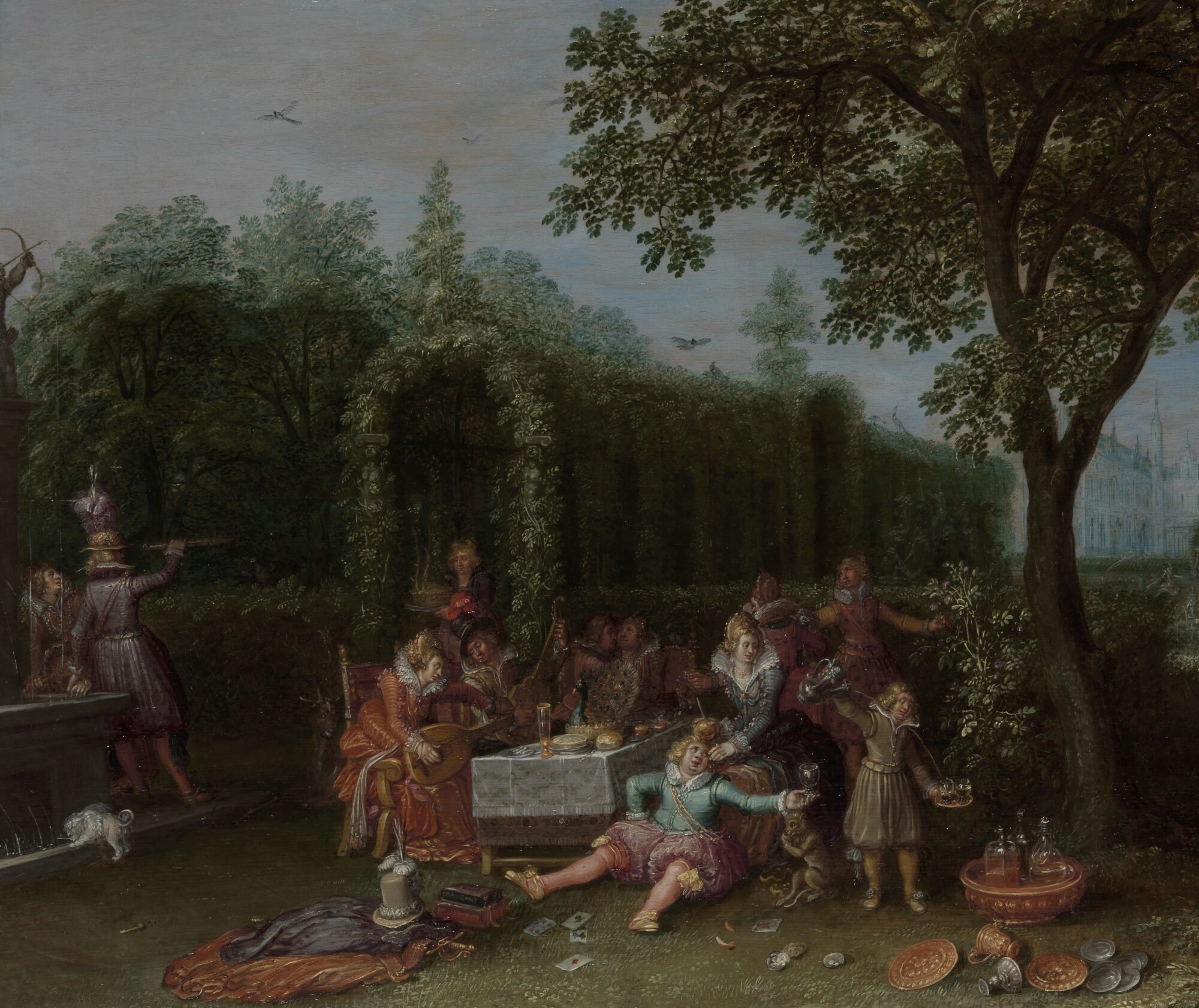
Want to know more? Order the accompanying Phoebus Focus publication!
Frits Van den Berghe
With Koen Fillet and art historian Peter J.H. Pauwels
In this Phoebus Focus episode, we take a closer look at the oeuvre of Frits Van den Berghe. Based on the Coming Home. Flemish Art 1880-1930 publication, art historian Peter J.H. Pauwels highlights the artist’s strikingly personal and, at the same time, challenging style.
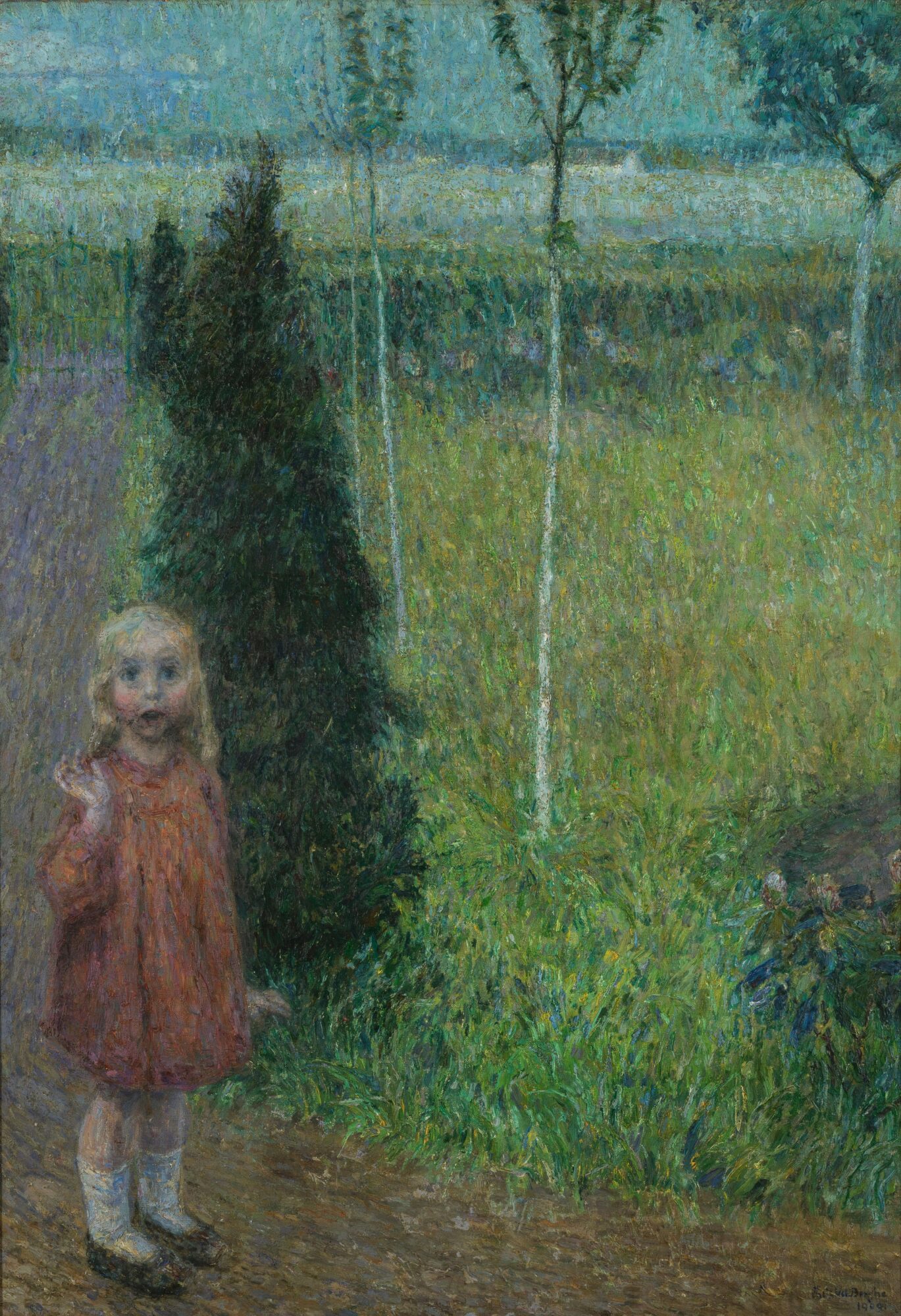

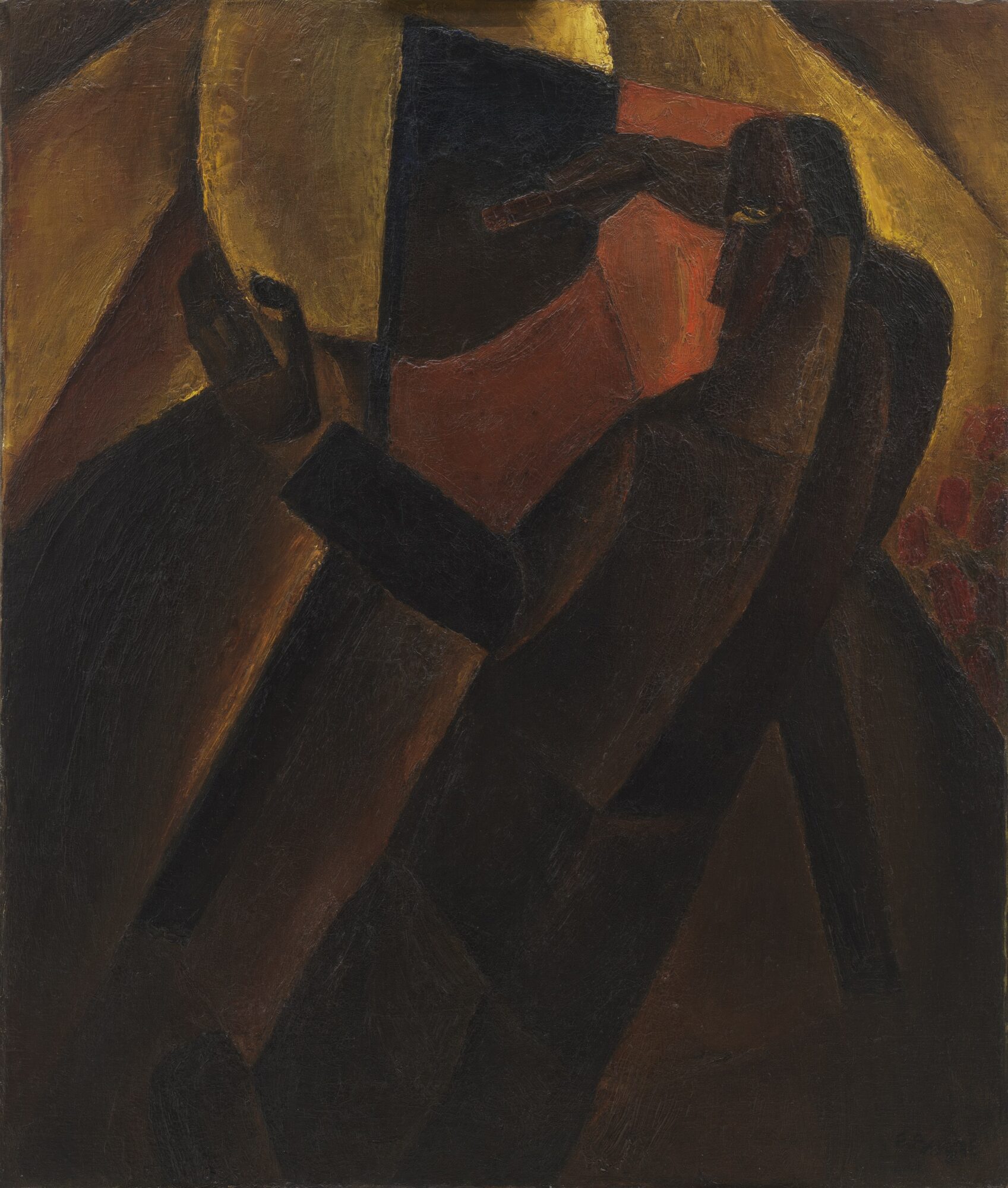
Want to know more? Order the accompanying publication!
Frans Ykens – Kitchen Still Life
With Koen Fillet and art historian Prisca Valkeneers
This work by Frans Ykens is a perfect example of how things are not always what they seem. At first glance, the scene might appear to be a simple still life, but upon closer inspection, the painting reveals a whole world of intricacies and hidden meanings. In this episode of Phoebus Focus, art historian Prisca Valkeneers delves into the artwork’s secrets and sheds light on the many layers of meaning hidden within it.
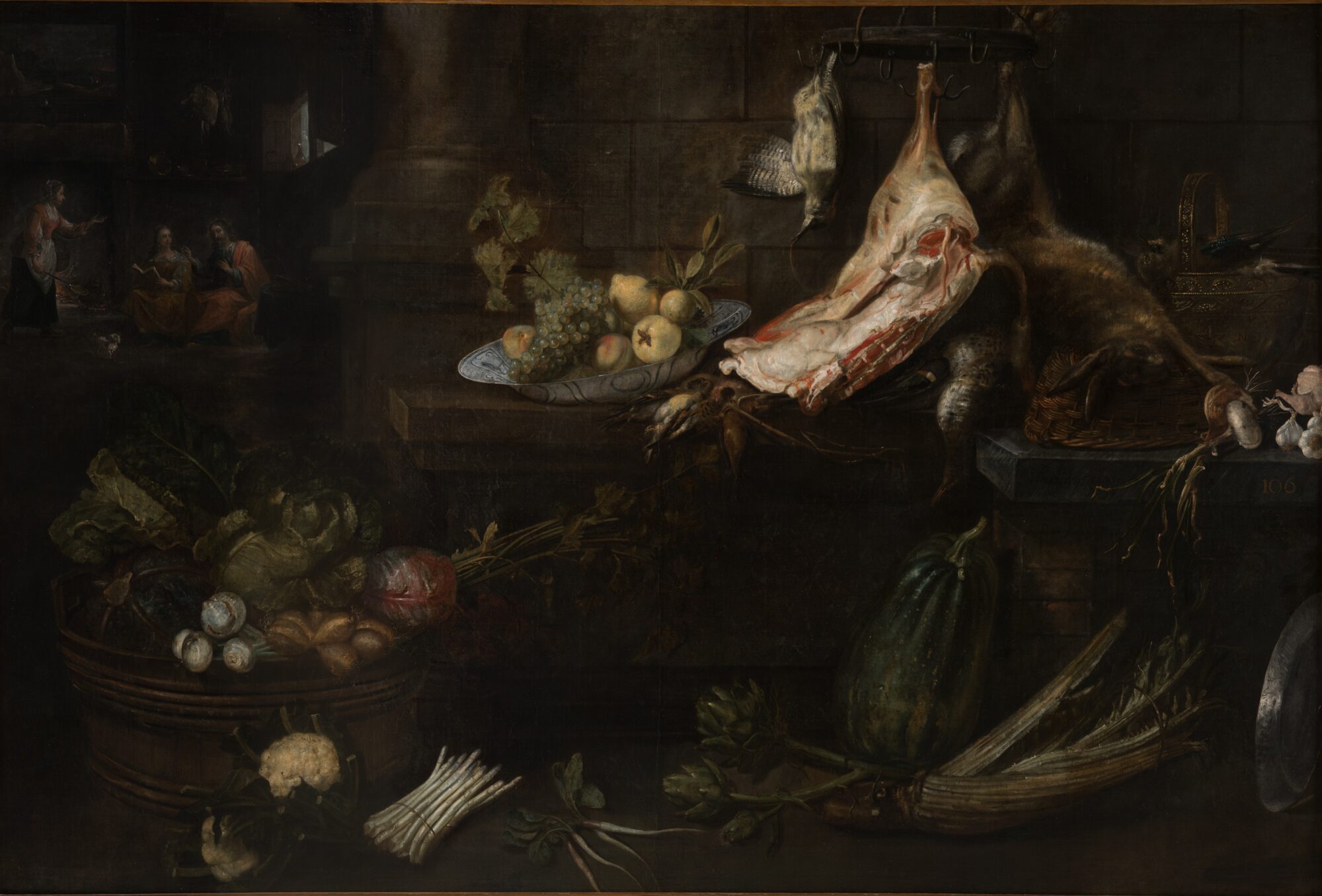
Want to know more? Order the accompanying Phoebus Focus publication!
Plantin and Montanus – Biblia Regia printed on vellum
With Koen Fillet and Dirk Imhof, former curator of books and archives at the Plantin-Moretus Museum in Antwerp.
In this Phoebus Focus episode, Dr Dirk Imhof outlines the context and significance of Christophe Plantin’s Biblia Regia on vellum, one of the most impressive book printing projects of the Renaissance.

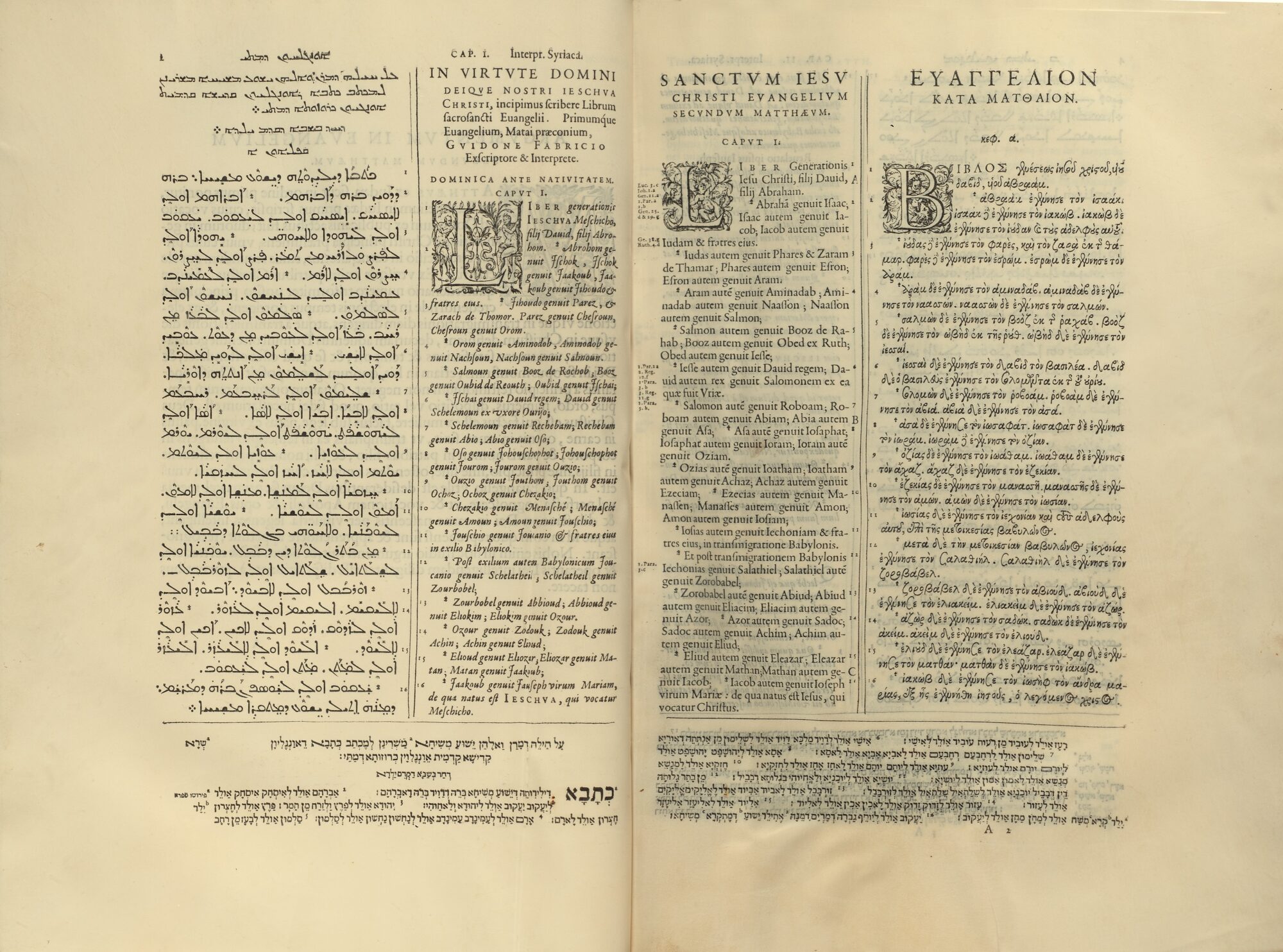

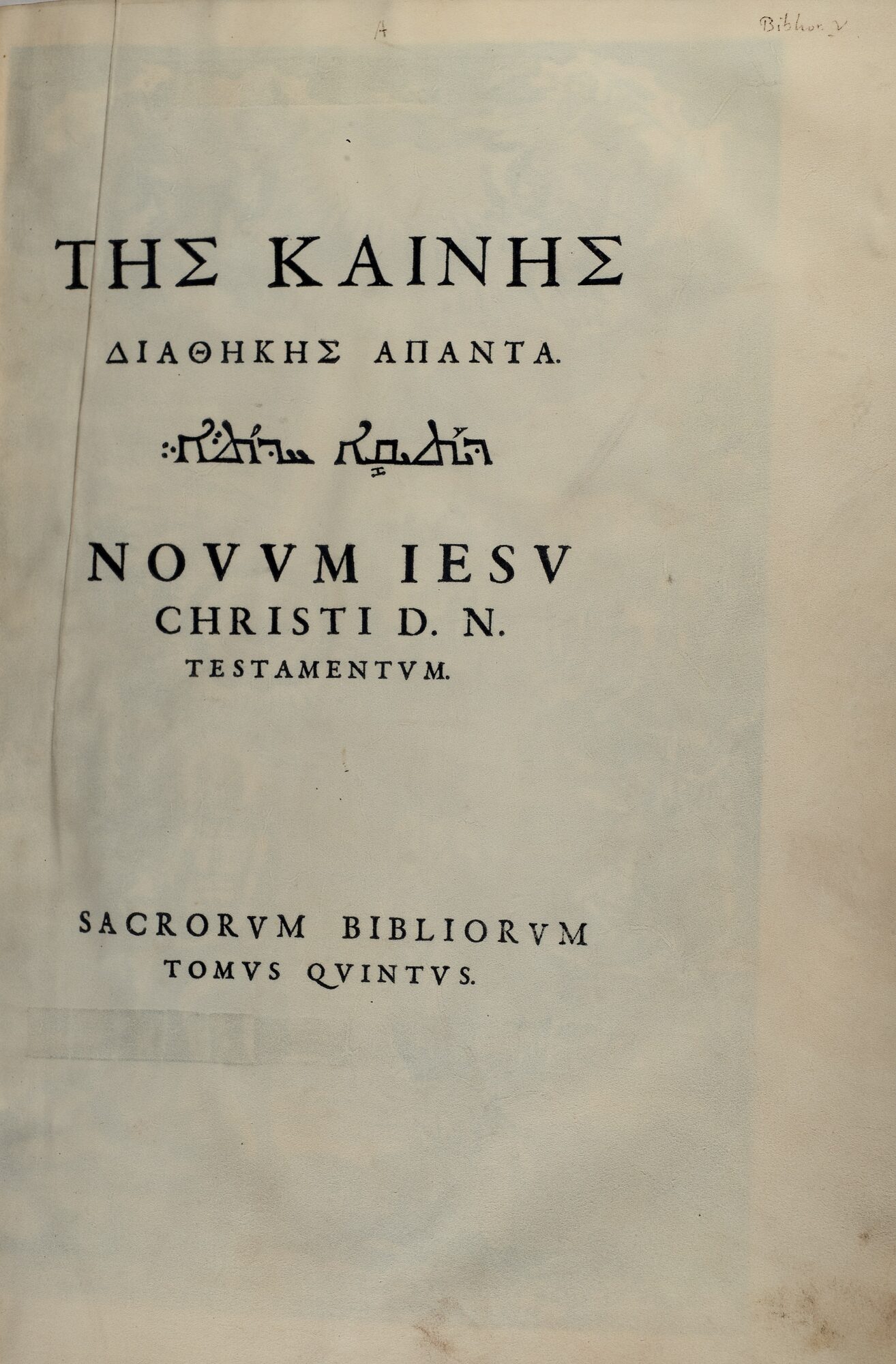
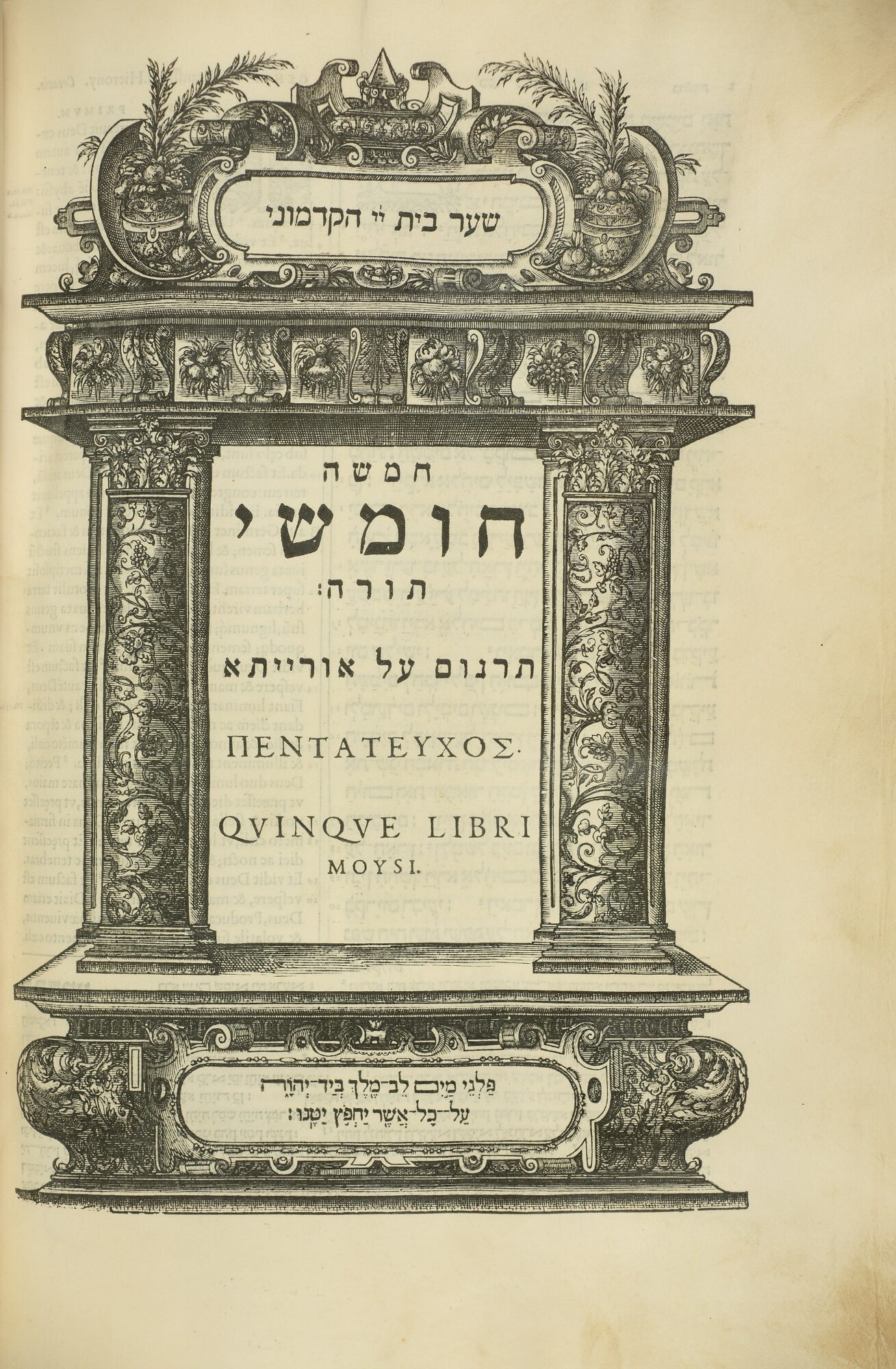
Want to know more? Order the accompanying Phoebus Focus publication!
Jan Borman II – Madonna and Child
With Koen Fillet and Marjan Debaene, sculpture specialist and Head of Collections at M Leuven.
In this Phoebus Focus episode, sculptor Jan Borman II gets the recognition he deserves thanks to sculpture specialist and Head of Collections at M Leuven Marjan Debaene. The artist and his exquisite Madonna and Child are framed within an extensive artistic network. Contemporaries rightly praised Borman as the best sculptor.
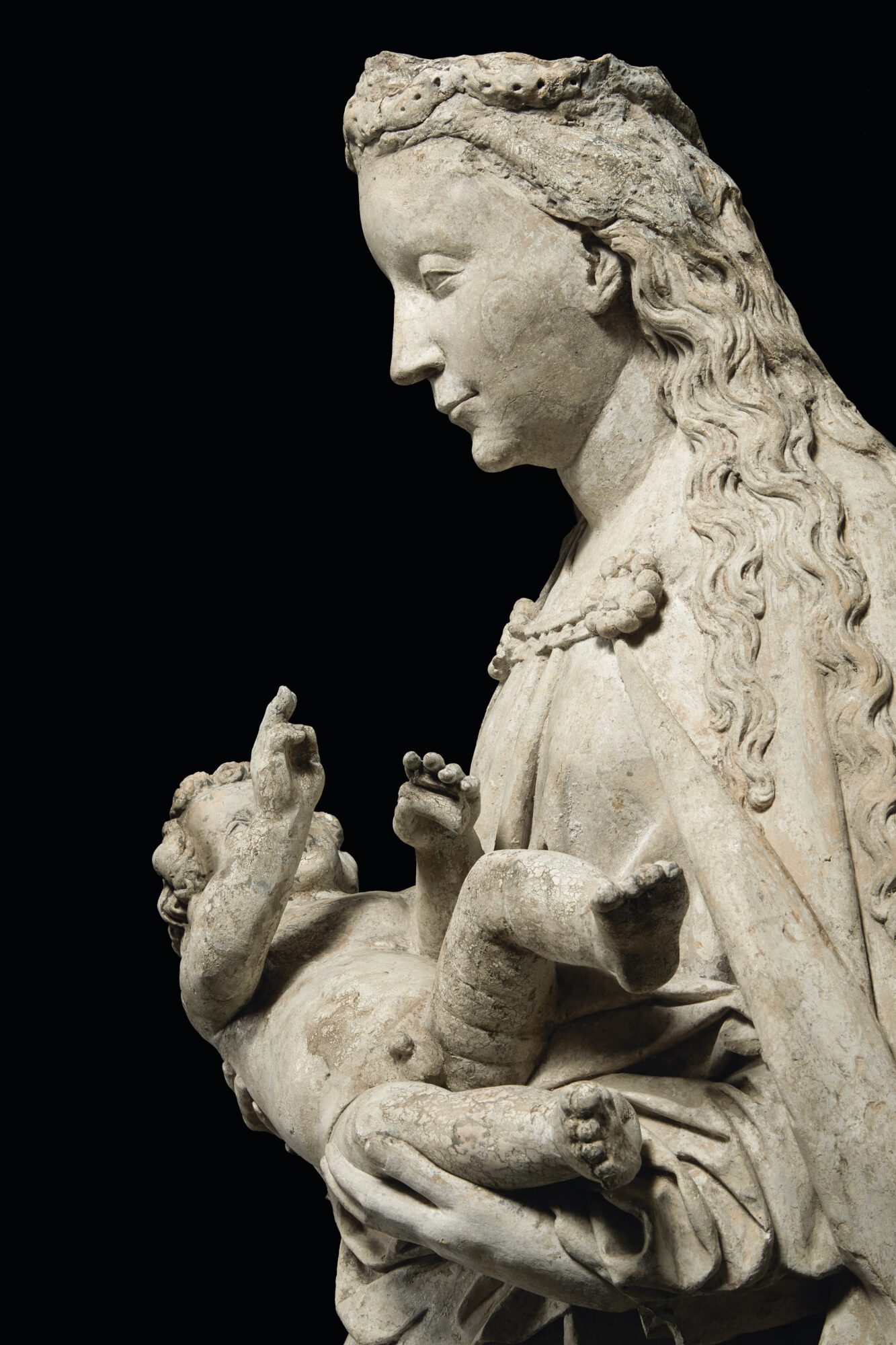
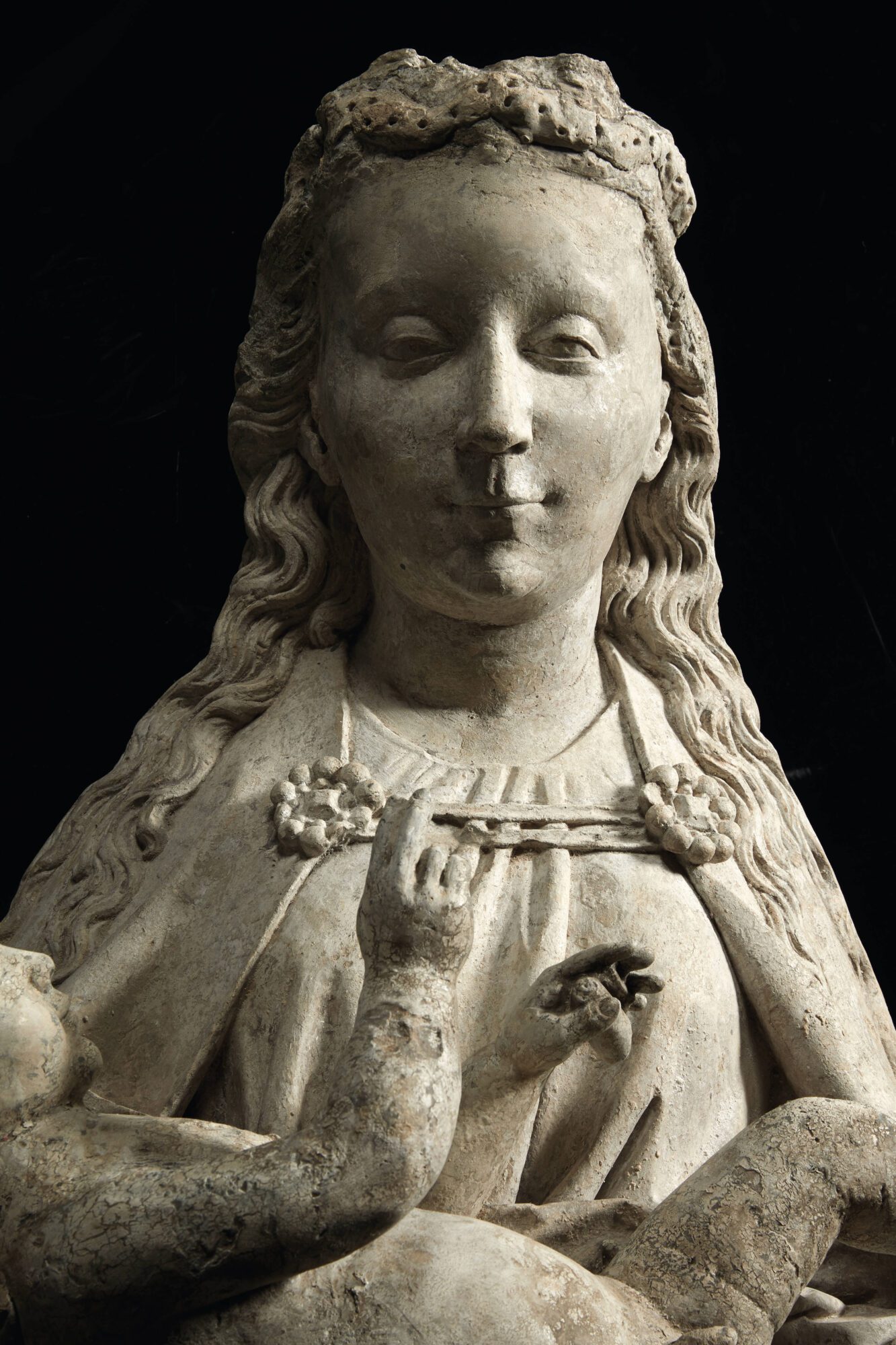
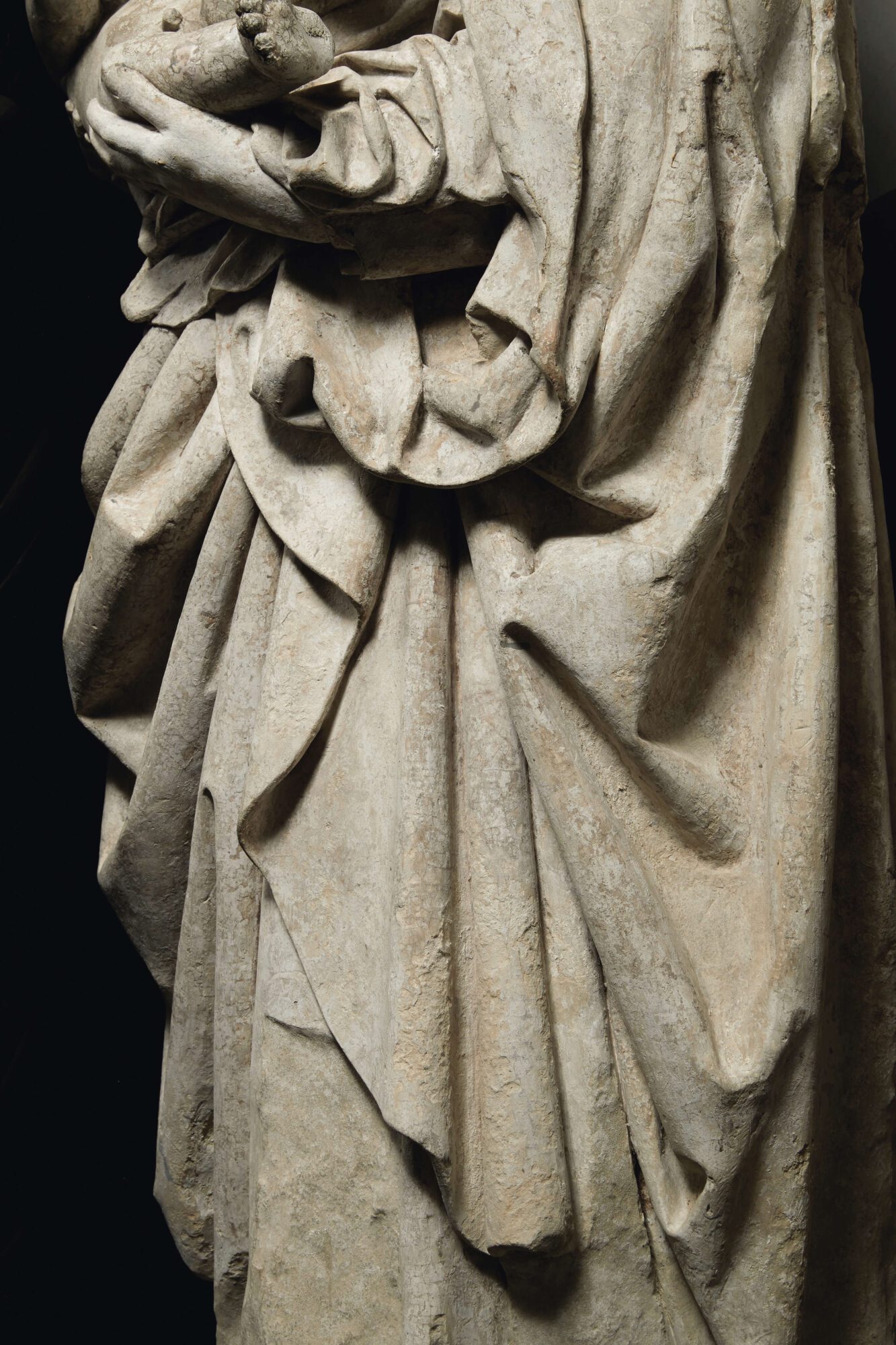
Want to know more? Order the accompanying Phoebus Focus publication!
Jan Brueghel I – Flowers in a Vase with a Clump of Cyclamen and Precious Stones
With Koen Fillet and Sven Van Dorst, head of conservation at The Phoebus Foundation studio
Daffodils, pink roses, an orange lily, tulips, bright blue irises … The variety of flowers and the bright colours is overwhelming and almost splashes off this little panel. This composition is a masterpiece by Jan Brueghel I (1568-1625), one of the most important painters of the late 16th and early 17th centuries. In this episode of Phoebus Focus, you discover the inspirations, motivations, and working methods behind Brueghel’s devotion to floral splendour.

Want to know more? Order the accompanying Phoebus Focus publication!
Anthony Van Dyck – Portrait of Henricus Liberti
With Koen Fillet and Timothy De Paepe, director of Museum Vleeshuis.
In this Phoebus Focus episode, we dive behind the mysterious portrait of the musician Henricus Liberti by Anthony Van Dyck. Director of Museum Vleeshuis, Timothy De Paepe, outlines a brief history of the man who, as organist of the Antwerp Cathedral during the early 17th century, defined the sound of the city. But, more than that, an analysis of Van Dyck’s portrait of Liberti reveals striking details about the unique portrayal of this fascinating figure.

Want to know more? Order the accompanying Phoebus Focus publication!
Unknown Antwerp Master – Portrait of a Young Woman
With Koen Fillet and Leen Kelchtermans, researcher of The Phoebus Foundation
Who is this young lady, and by whom was she so accurately portrayed? In this episode, researcher of The Phoebus Foundation, Leen Kelchtermans, unravels the mystery behind this seventeenth-century portrait. This Phoebus Focus episode offers a fascinating insight into the young lady’s bygone reality: how she dressed, what norms and values she lived by, and what it meant to be married in 1613.
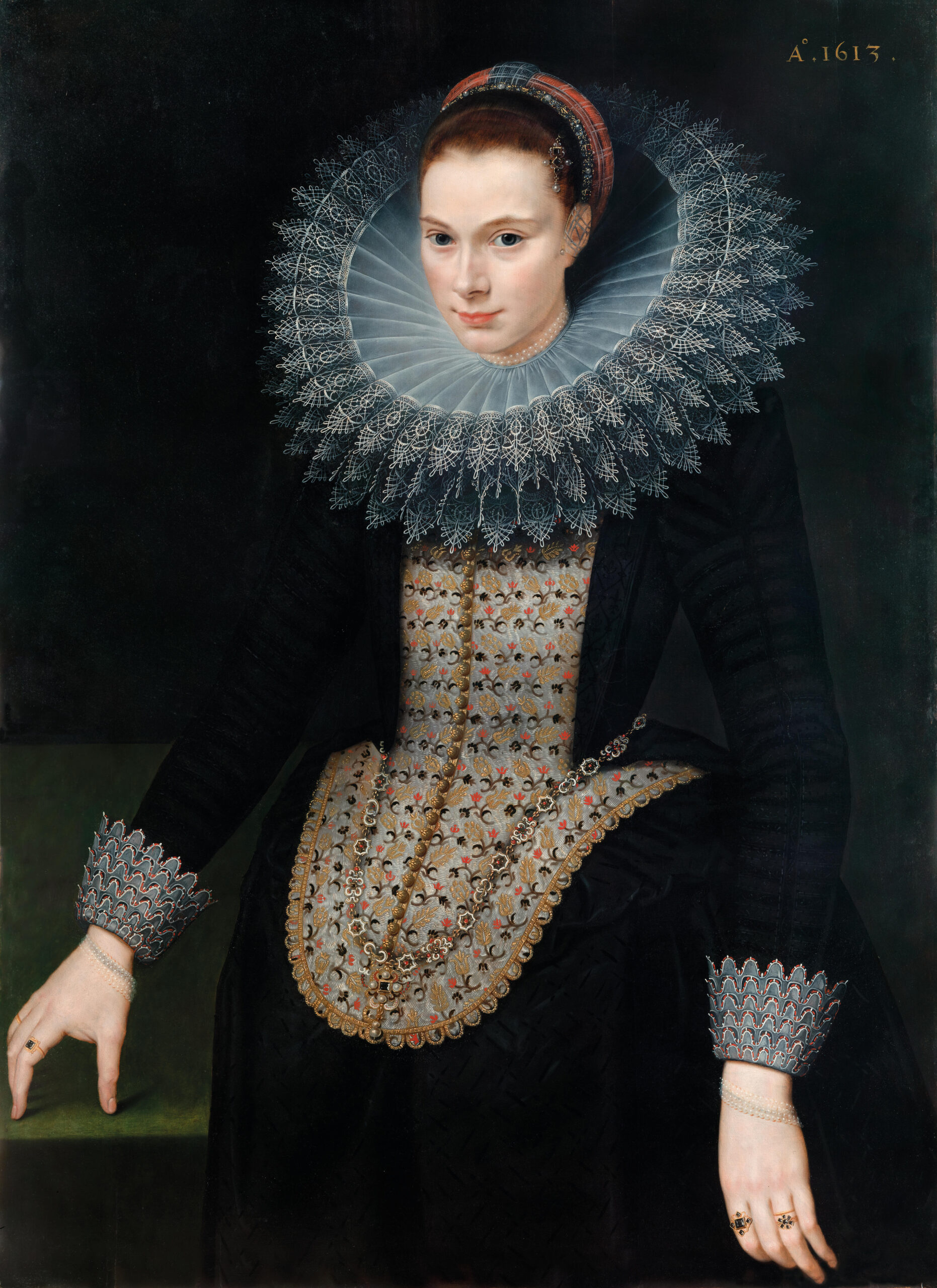
Want to know more? Order the Phoebus Focus publication!
Jules De Bruycker – Patershol in Ghent
With Koen Fillet and art historian Inge Misschaert
At first glance, this artwork seems to depict a winter scene with happy children playing in the snow, but upon closer inspection, we discover that nothing is what it looks like. In this episode of Phoebus Focus, Koen Fillet talks with art historian Inge Misschaert about Ghent etcher Jules De Bruycker and his work ‘Patershol in Ghent’. From festive fun to injustice and despair, discover everything about ‘Patershol in Ghent’ in this brand-new Phoebus Focus episode!
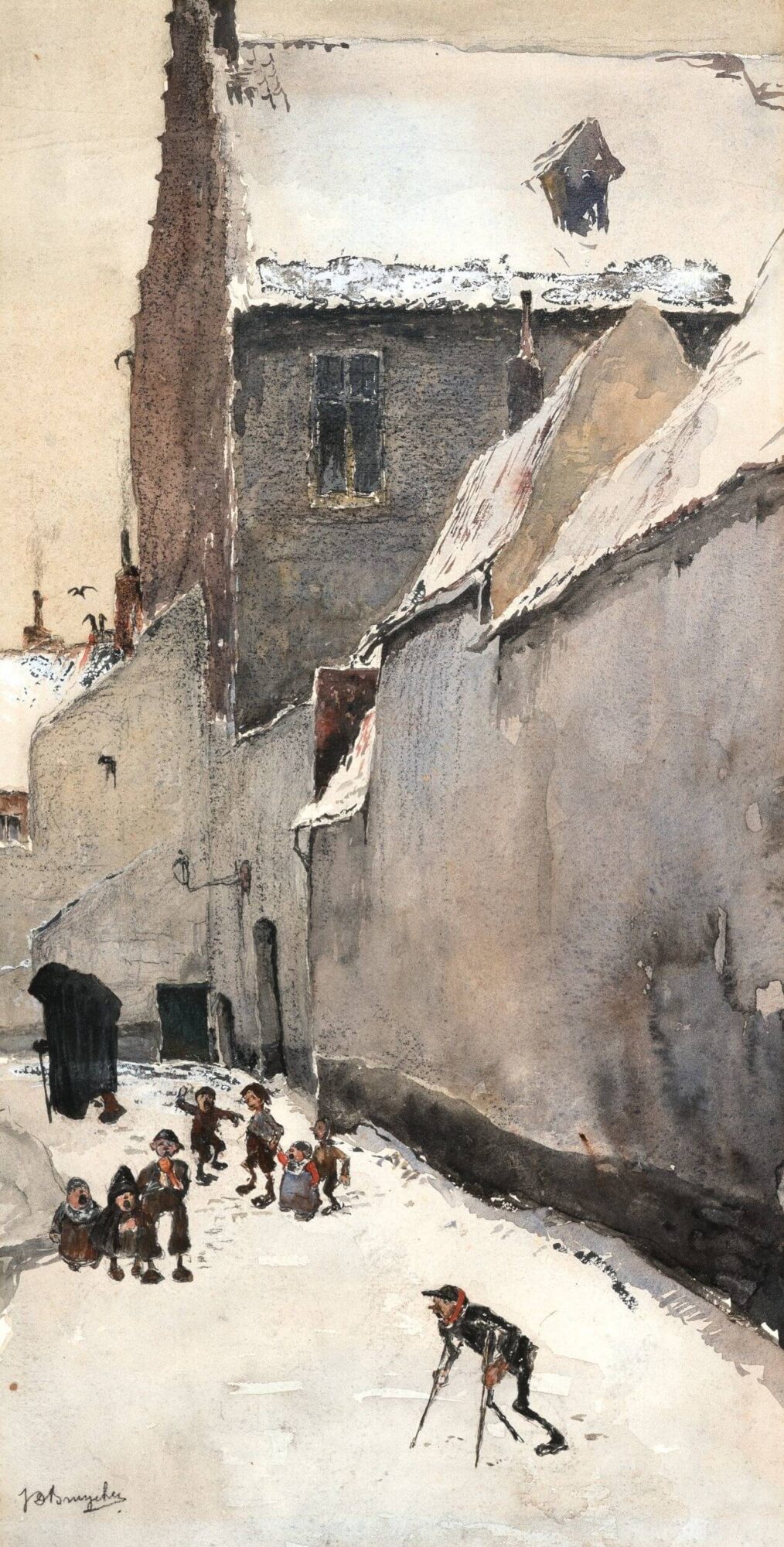
Want to know more? Order the Phoebus Focus publication!
Hendrick De Clerck – The Garden of Eden with the Four Elements
In this episode of Phoebus Focus, you will discover everything about the garden of Eden, political propaganda, Archdukes Albrecht and Isabella, and the gardens of the Coudenberg Palace. But what do they all have to do with each other? Dr Katharina Van Cauteren, chief of staff of The Phoebus Foundation, and Koen Fillet take you to the imaginative 17th-century depiction of paradise by Hendrick De Clerck and Denijs Van Alsloot. The painting reveals an abundance of religious, artistic, and political information.
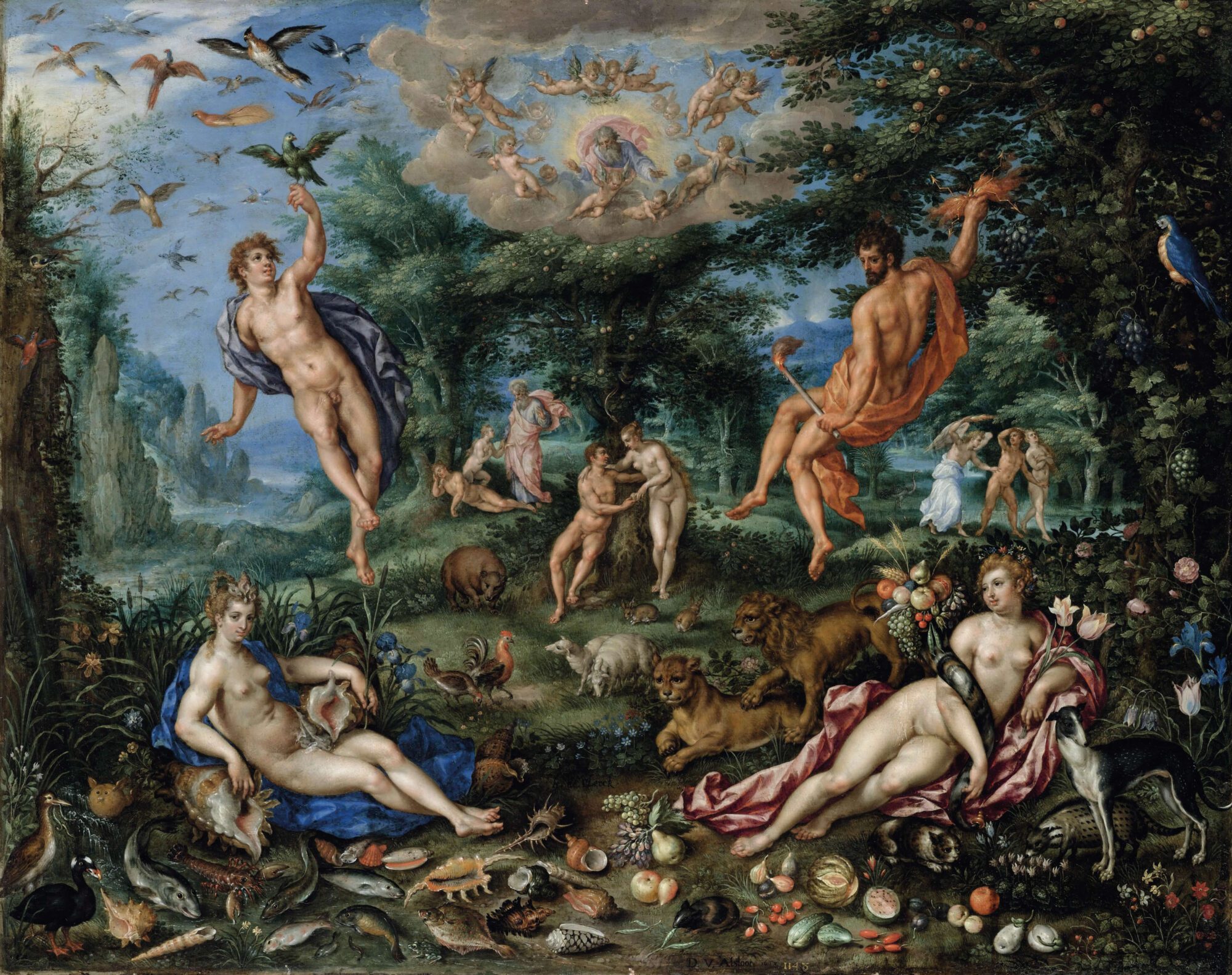
Want to know more? Order the publication!
Jacob Jordaens – Saint Begga
With Koen Fillet and Leen Kelchtermans, researcher of The Phoebus Foundation
In this episode of Phoebus Focus, you will learn everything about religious women and their devotion, but also about Catholic and dynastic power plays. Phoebus researcher Leen Kelchtermans and Koen Fillet take you from the seventh to the seventeenth century and explore how Begga, daughter of Itta of Nivelles (c. 592-652) and Pepin the Elder (c. 580-639), was designated as the foundress of the flourishing beguine movement in 1630. Then, around 1635, Flemish baroque topper Jacob Jordaens (1593-1678) painted Holy Begga, resulting in a painting brimming with fascinating stories!
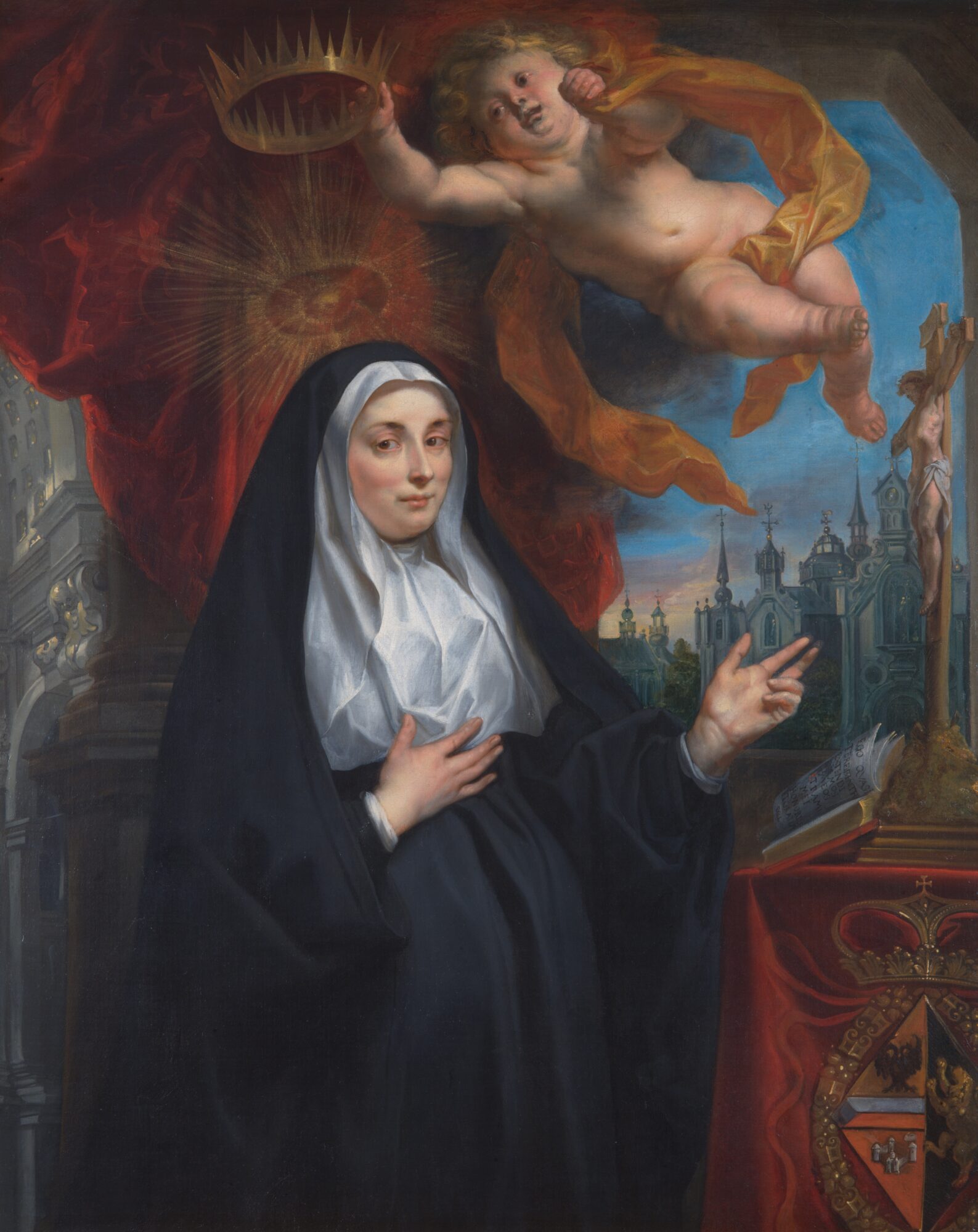
Want to know more? Order the Phoebus Focus publication!
Joris Hoefnagel – Elegant Company in a Garden
With Koen Fillet and Timothy De Paepe, director of Museum Vleeshuis.
In this episode, Timothy De Paepe peels the layers of a late sixteenth-century scene, as if it were an onion. If you look superficially, you see what the title of the work promises: elegantly dressed figures celebrating in a garden. But as the author lets you look with the eyes of a sixteenth-century man, he takes you into a world of entertainment and dance, but also of foolishness, envy and lust.
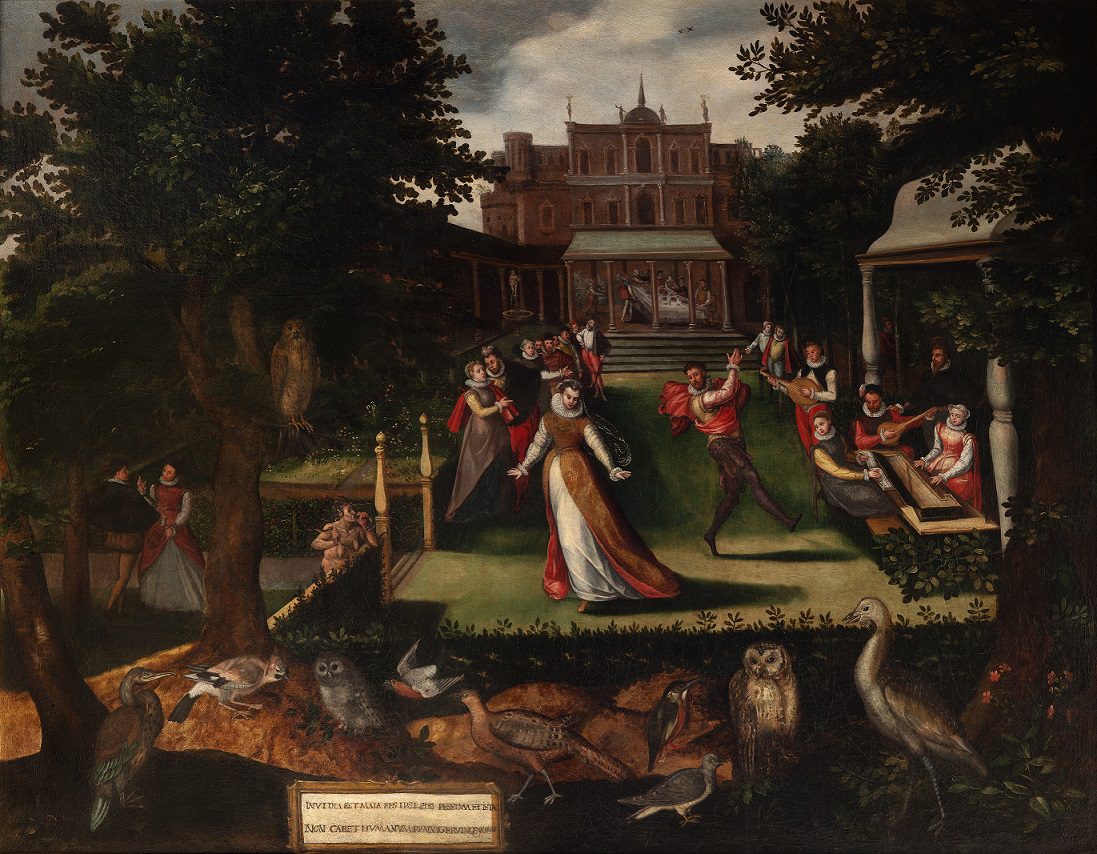
Want to know more? Order the Phoebus Focus publication!
Peter Snayers – Attack on Travellers
With Koen Fillet and Leen Kelchtermans, researcher of The Phoebus Foundation
War, insecurity, refugees, and economic crisis are just a few suspiciously familiar-sounding keywords that marked the 17th century. Peter Snayers specialised in painting war scenes. Besides large canvases that glorified commanders, he also depicted the ordinary man or woman ravaged by the daily reality of war. A raid on travellers does not usually make it into the history books. However, it is at the center of Attack on Travellers, a work by Snayers which is discussed in this episode of Phoebus Focus. Together with Koen Fillet, Phoebus researcher Leen Kelchtermans revives a forgotten master and a forgotten piece of history.
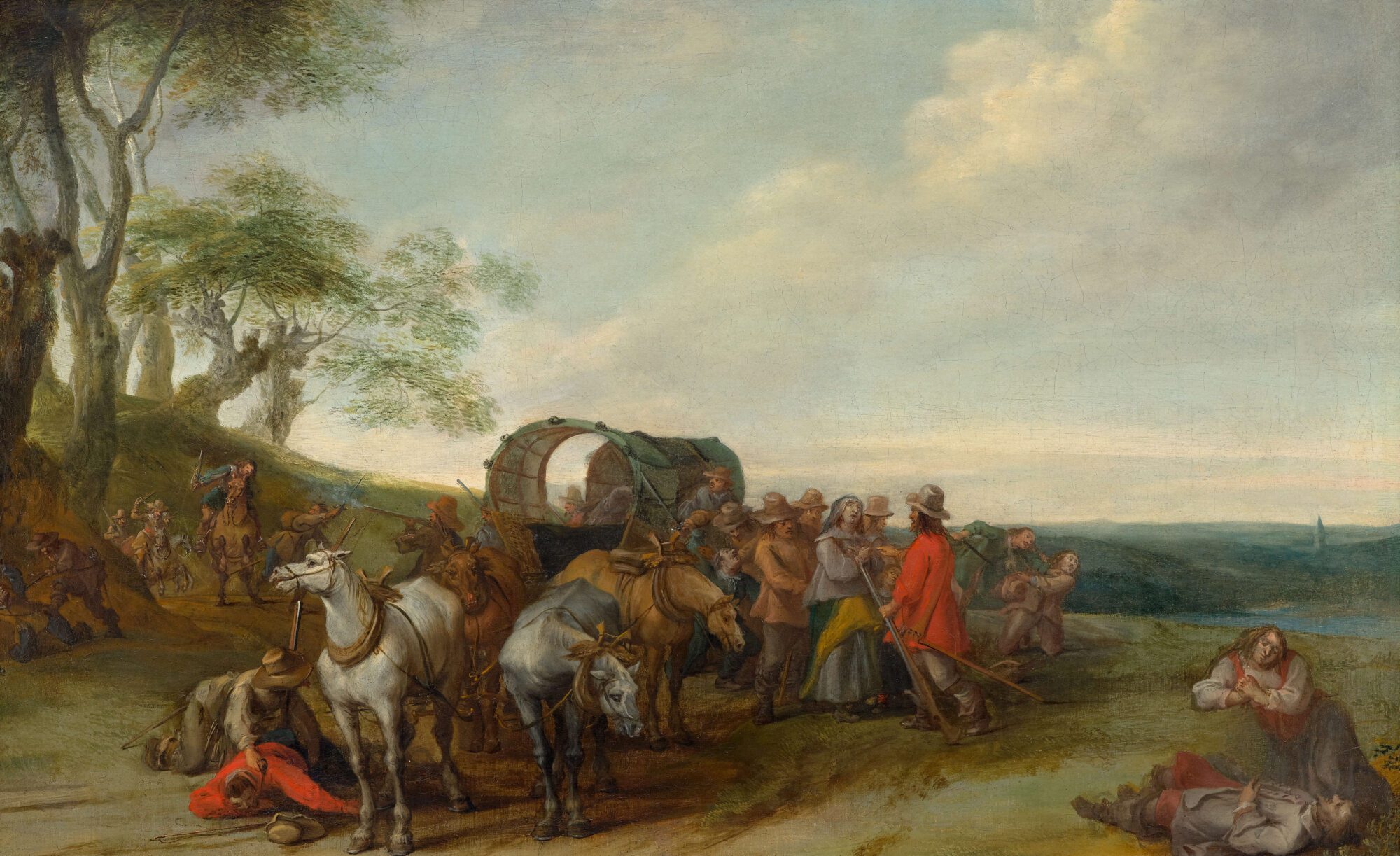
Want to know more? Order the Phoebus Focus publication!
Karel Appel – Bird
With Koen Fillet and Naomi Meulemans, conservator modern and contemporary art from The Phoebus Foundation
Conservator Naomi Meulemans looks over the shoulder of CoBrA artist Karel Appel with the work Bird (1954). Like no other, she is able to unlock secrets from the materiality of the paint. The author dissects Appel’s painting layer by layer. The outcome is somewhat sobering. Were the CoBrA artists really as ‘free’ as they wanted to believe? Listen now (in Dutch)!
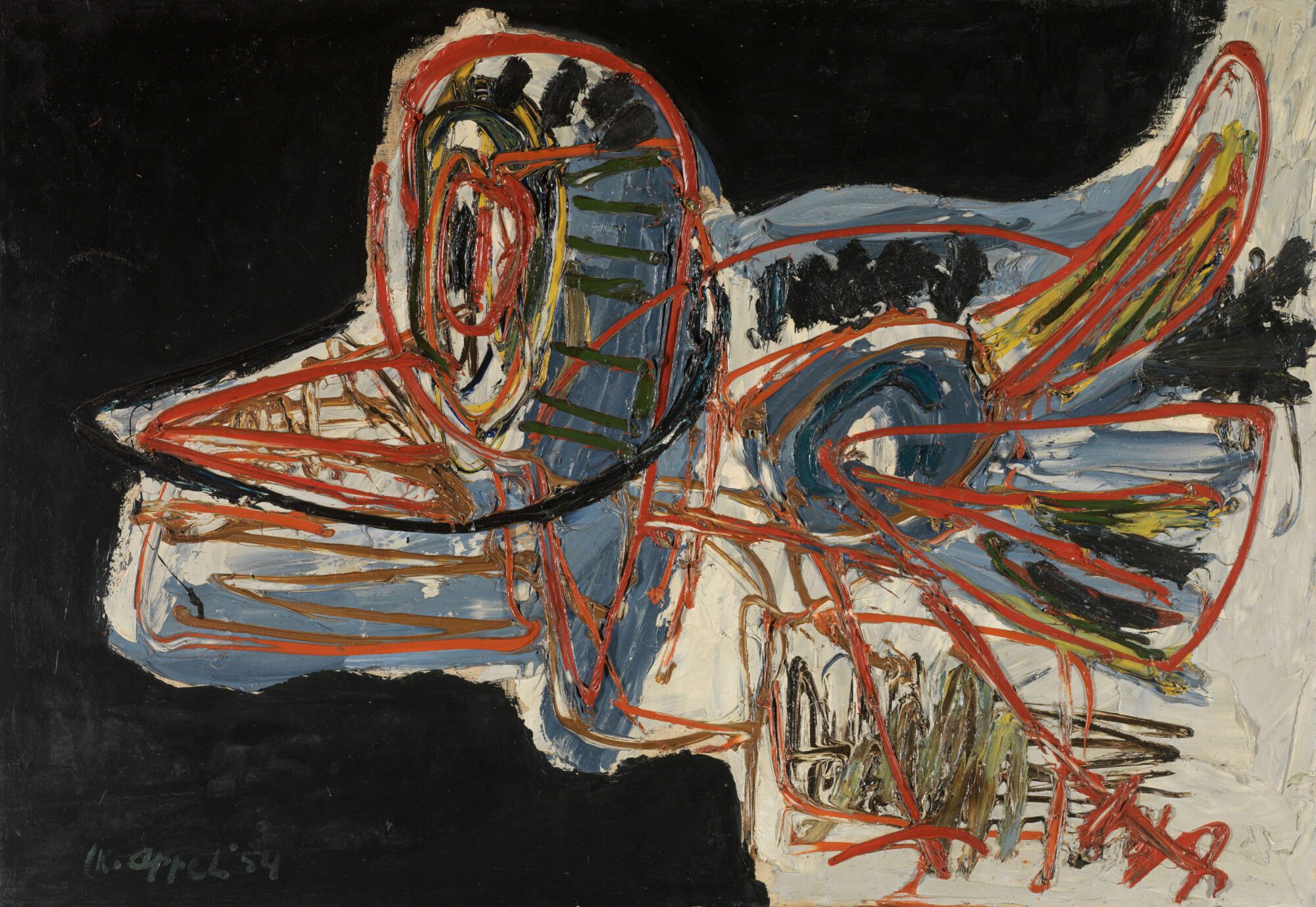
Want to know more? Order the Phoebus Focus publication!
Jacob Jordaens – Portrait of Elisabeth Jordaens
With Koen Fillet and Leen Kelchtermans, Researcher of The Phoebus Foundation
The portrait of Elisabeth Jordaens may seem charming at first sight, but it also raises many questions. Who was Elisabeth Jordaens? When did her father, the famous Jacob Jordaens, paint her portrait and why does she look like a peasant girl?
In this episode, Jordaens expert Leen Kelchtermans takes you through the story behind the painting and together with her you will discover the surprising answers to these questions. Listen now (in Dutch)!
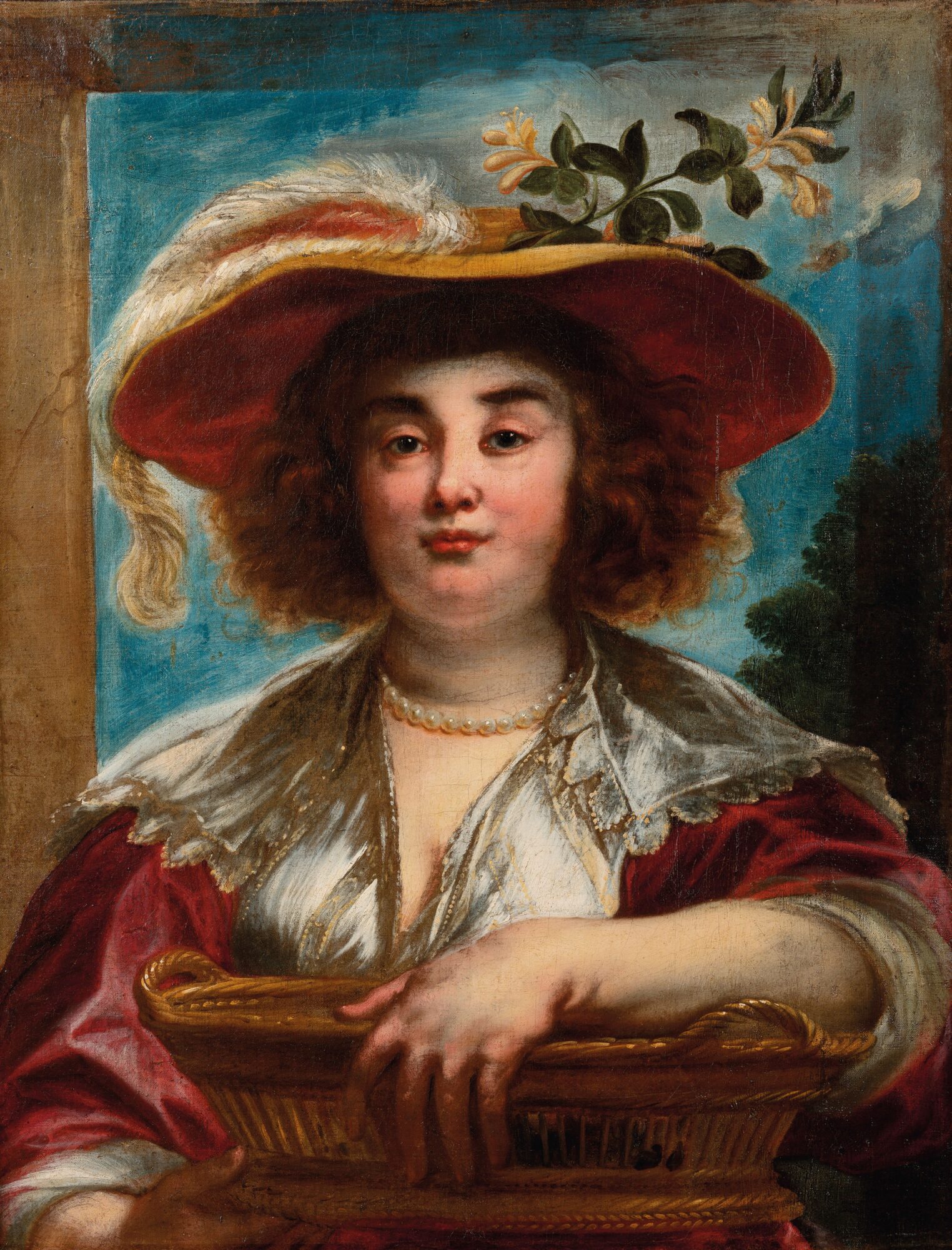
Want to know more? Order the Phoebus Focus publication!
Goossen Van der Weyden – The Life of Saint Dymphna
With Koen Fillet, Sven Van Dorst (Chief Conservator) and Niels Schalley (Project Coordinator) of The Phoebus Foundation
The life of Saint Dymphna reads like a fairy tale! The life story of this remarkable saint appeals so much to the imagination that Goossen Van der Weyden (1465-1538), grandson of the famous Rogier, painted an altarpiece, consisting of eight panels, with an episode from the life of Dymphna on each panel. But it is not only the iconography of the masterpiece that is surprising. For more than three years, the panels were subjected to an extensive conservation treatment by the conservators of The Phoebus Foundation. They discovered even more extraordinary stories, which had been hidden for centuries under layers of dust and dirt.
In the fourth episode of Phoebus Focus, Sven Van Dorst and Niels Schalley take you along their discoveries of the secrets of Dymphna and Goossen Van der Weyden. (in Dutch)
Would you like to admire the panels with your own eyes? Visit our Crazy about Dymphna exhibition!
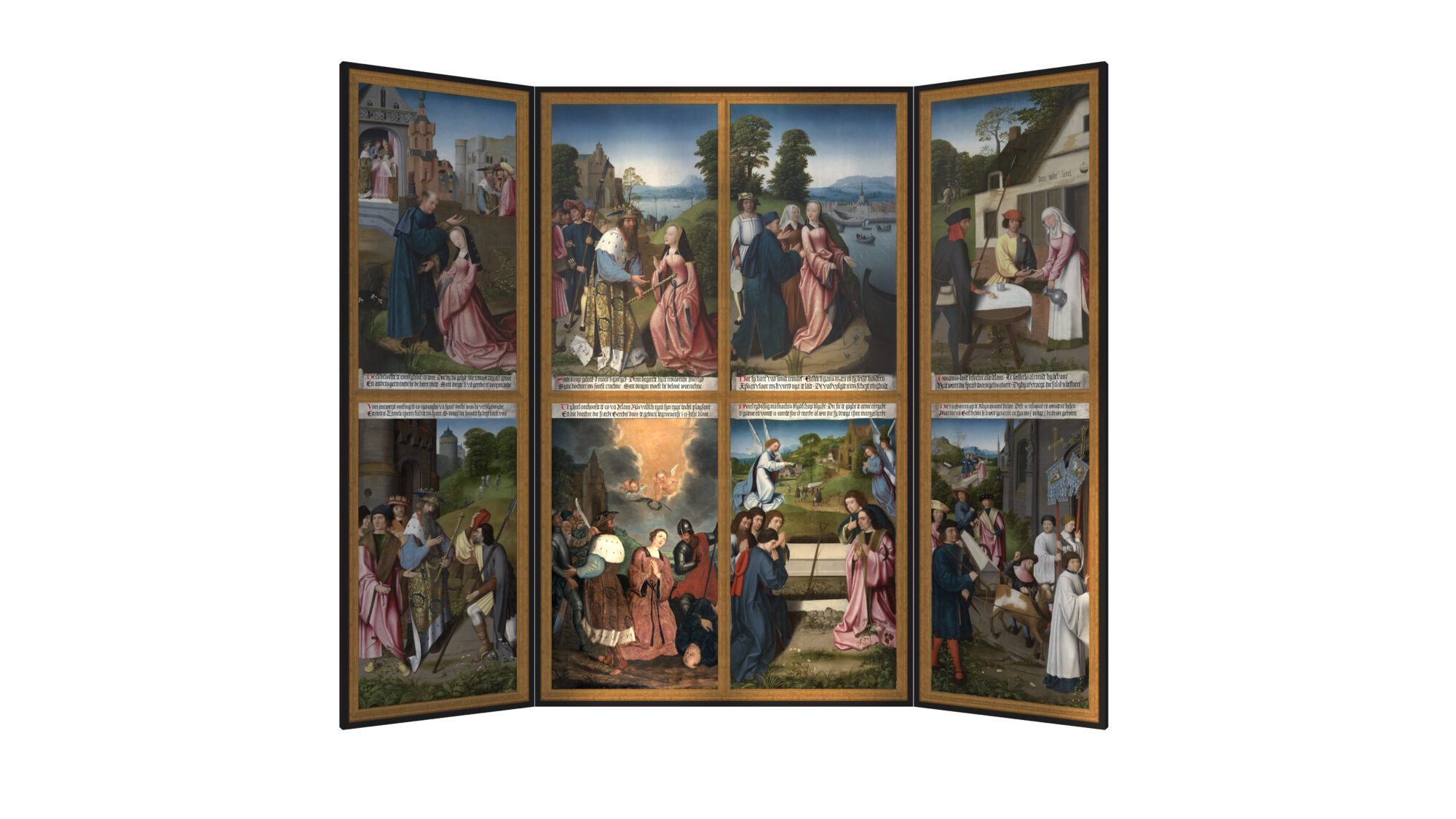
Want to know more? Order the Crazy about Dymphna book!
Maerten De Vos – The Allegory of the Seven Liberal Arts
With Koen Fillet and Hildegard Van de Velde, curator of the Snijders&Rockox House Museum.
Never heard of Maerten De Vos (1532-1603)? In sixteenth-century Antwerp he may have been a superstar, but today his fame is far less than that of, for example, Peter Paul Rubens. In this episode, Hildegard Van de Velde, curator of the Snijders&Rockox House Museum, introduces you to this talented superstar and guides you through his masterpiece The Allegory of the Seven Liberal Arts.
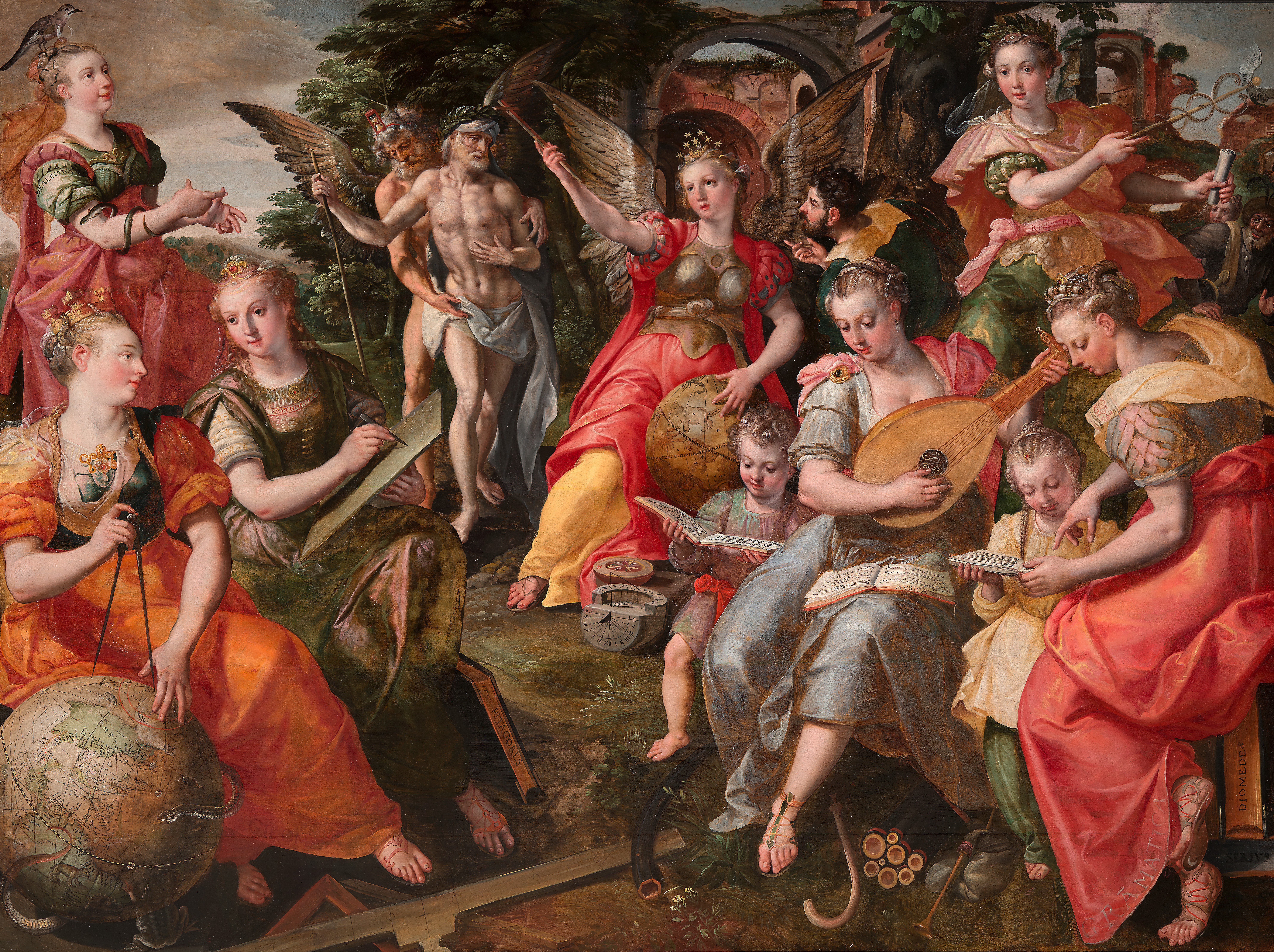
Want to know more? Order the Phoebus Focus publication!
Michaelina Wautier – Study of a Young Woman
With Koen Fillet, Katrijn Van Bragt (Collection Consultant) and Sven Van Dorst (Chief Conservator) of The Phoebus Foundation
The Study of a Young Woman (c.1649-1659) by the Brussels artist Michaelina Wautier appears at first sight to be an ordinary study. Nothing could be further from the truth! A look into the details and behind the layers of paint reveals great secrets of this forgotten important artist. Not only her striking life itself but also the intriguing work raises many questions. Who is the woman depicted? How was the work created and what was its function? Thanks to recent technical research, it is possible to see the painter at work.
In this second episode of Phoebus Focus, Katrijn Van Bragt and Sven Van Dorst take you behind the paint layers of Study of a Young Woman and discover the secrets of one of the most extraordinary artists.


Want to know more? Order the Phoebus Focus publication!
Daniel Seghers – Vase with Roses, Daffodils and Tulips
With Koen Fillet and Sven Van Dorst, head of conservation at The Phoebus Foundation studio
In the seventeenth century, the Jesuit Daniel Seghers must have been something of a pop star. He worked with Peter Paul Rubens, Cornelis Schut, Gonzales Coques and Erasmus II Quellinus. The highest-ranking nobles queued up for his flower still lifes. Studying his work opens up a whole new world. Years of extensive and remarkable technological-material research sheds light on the past and present. It allows us to literally look through the layers of paint, over the artist’s shoulder.
In this first episode of Phoebus Focus, Sven Van Dorst takes you into the wonderful flower world of Daniël Seghers.

Want to know more? Order the Phoebus Focus publication!